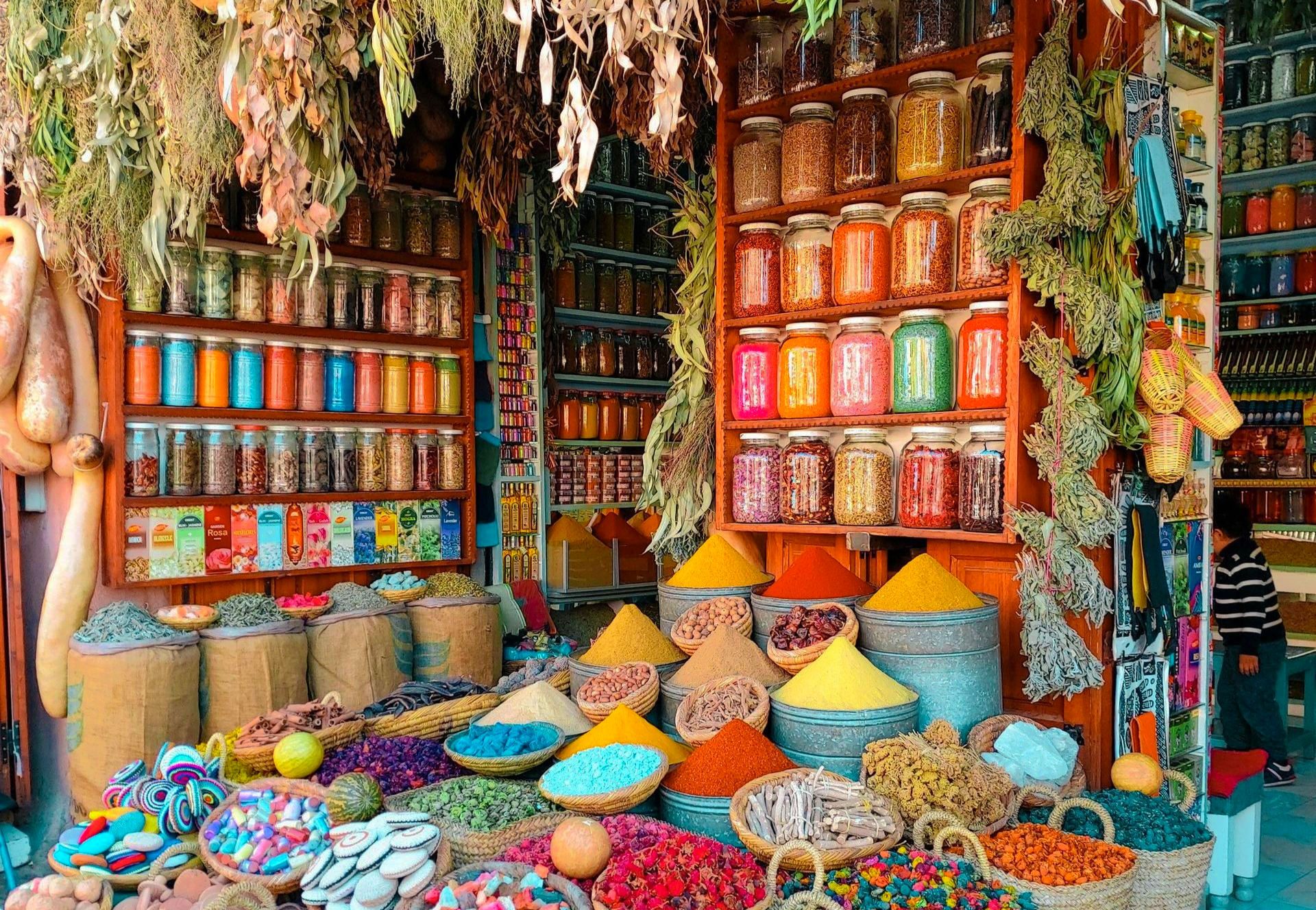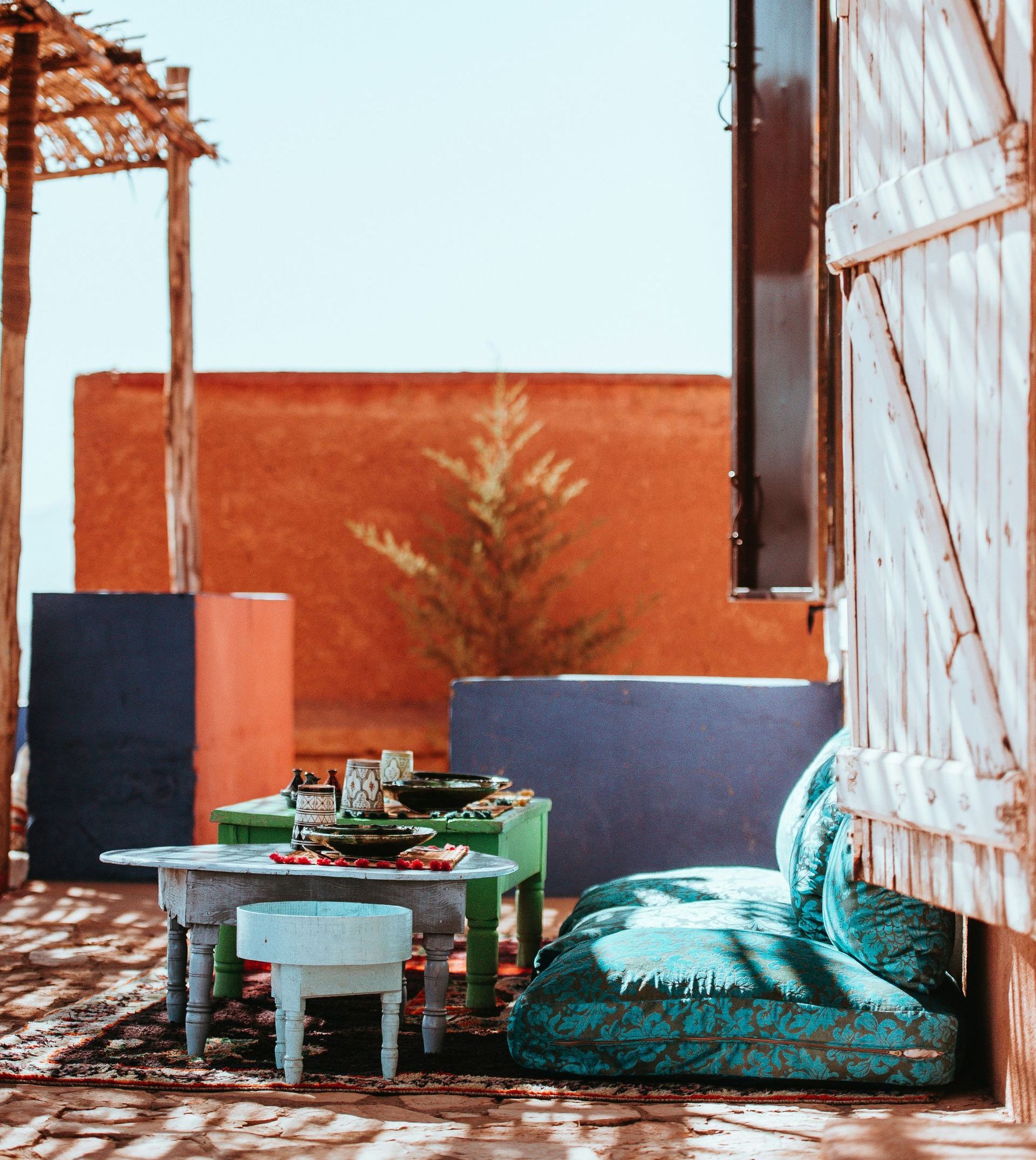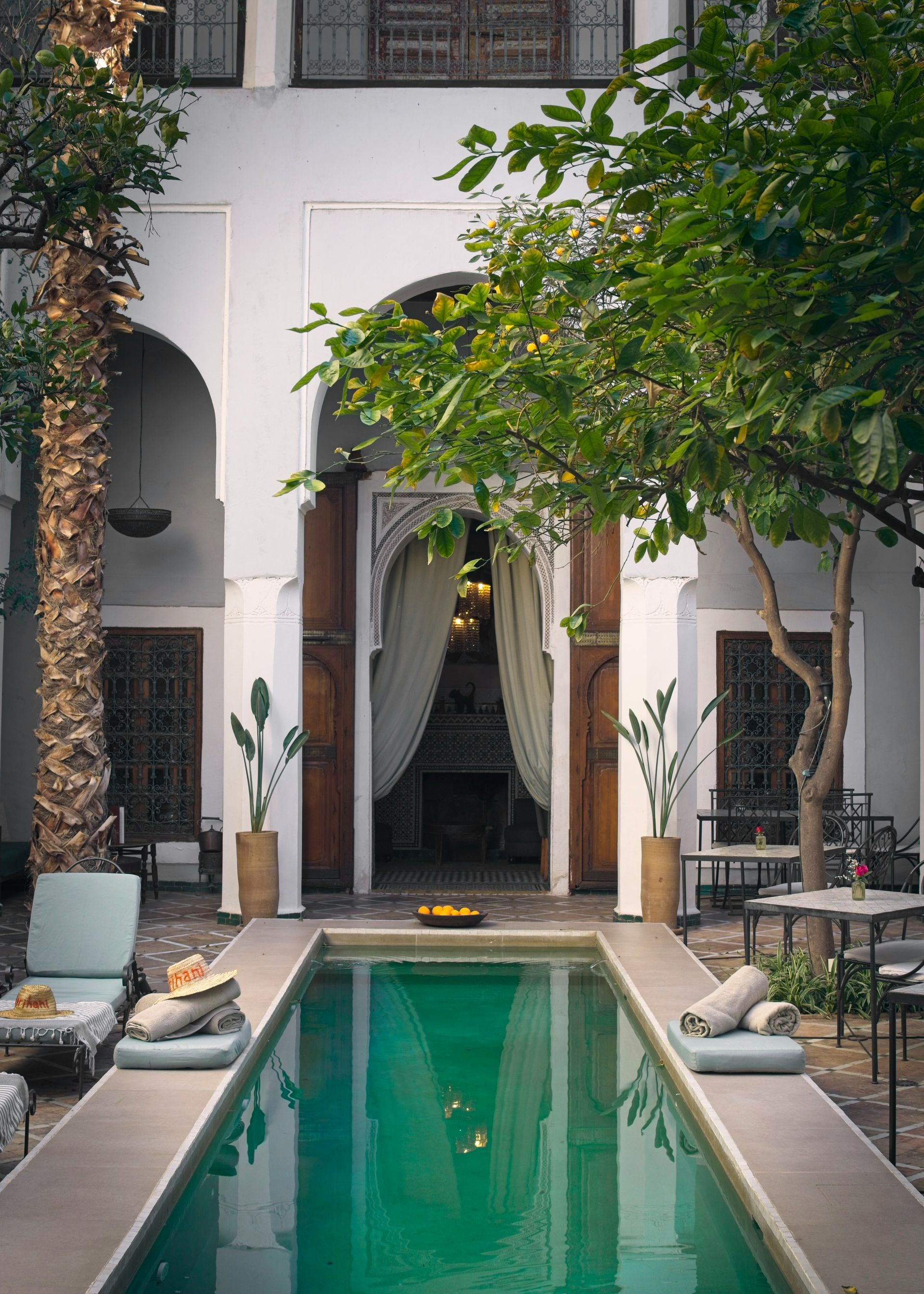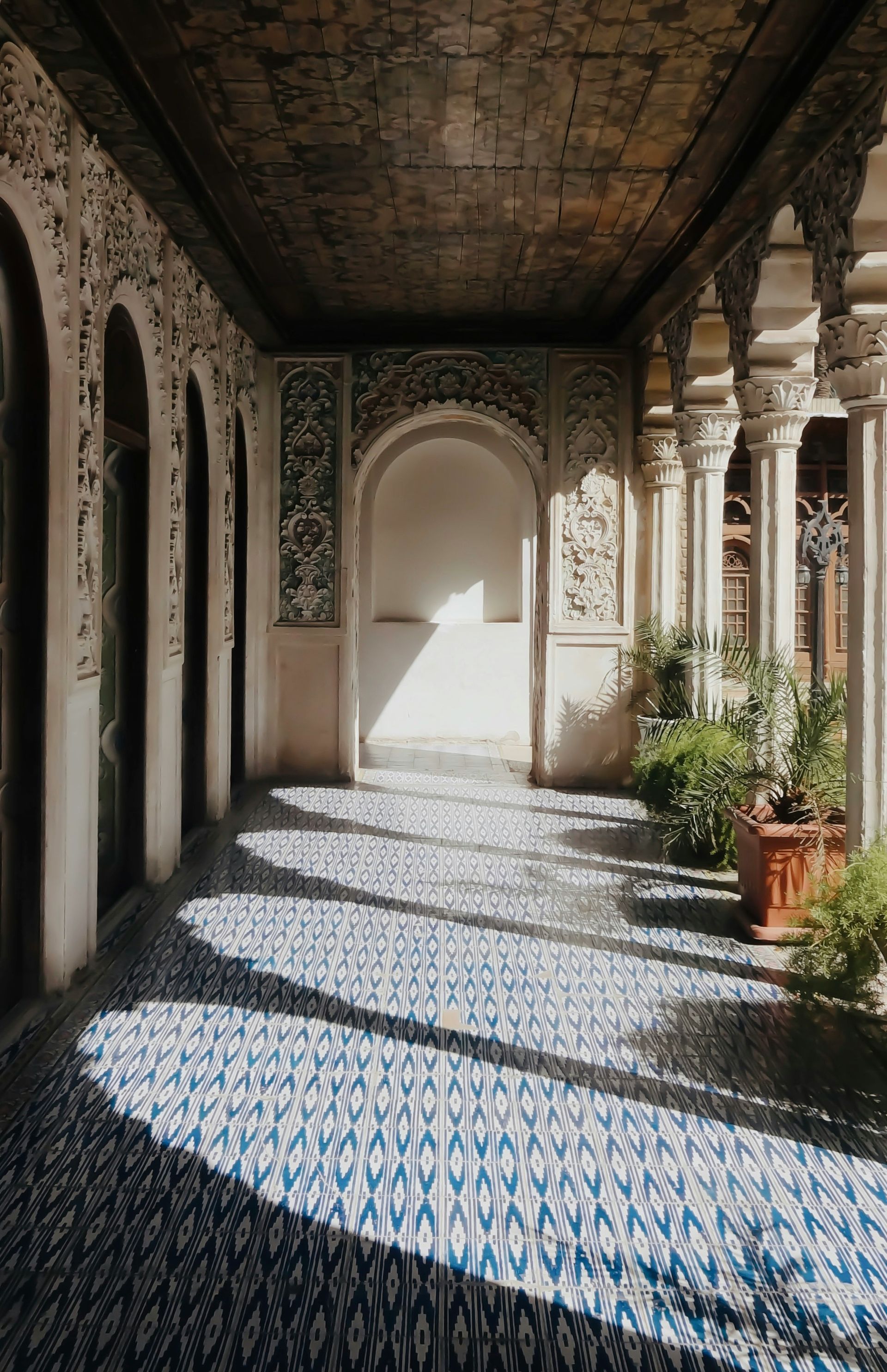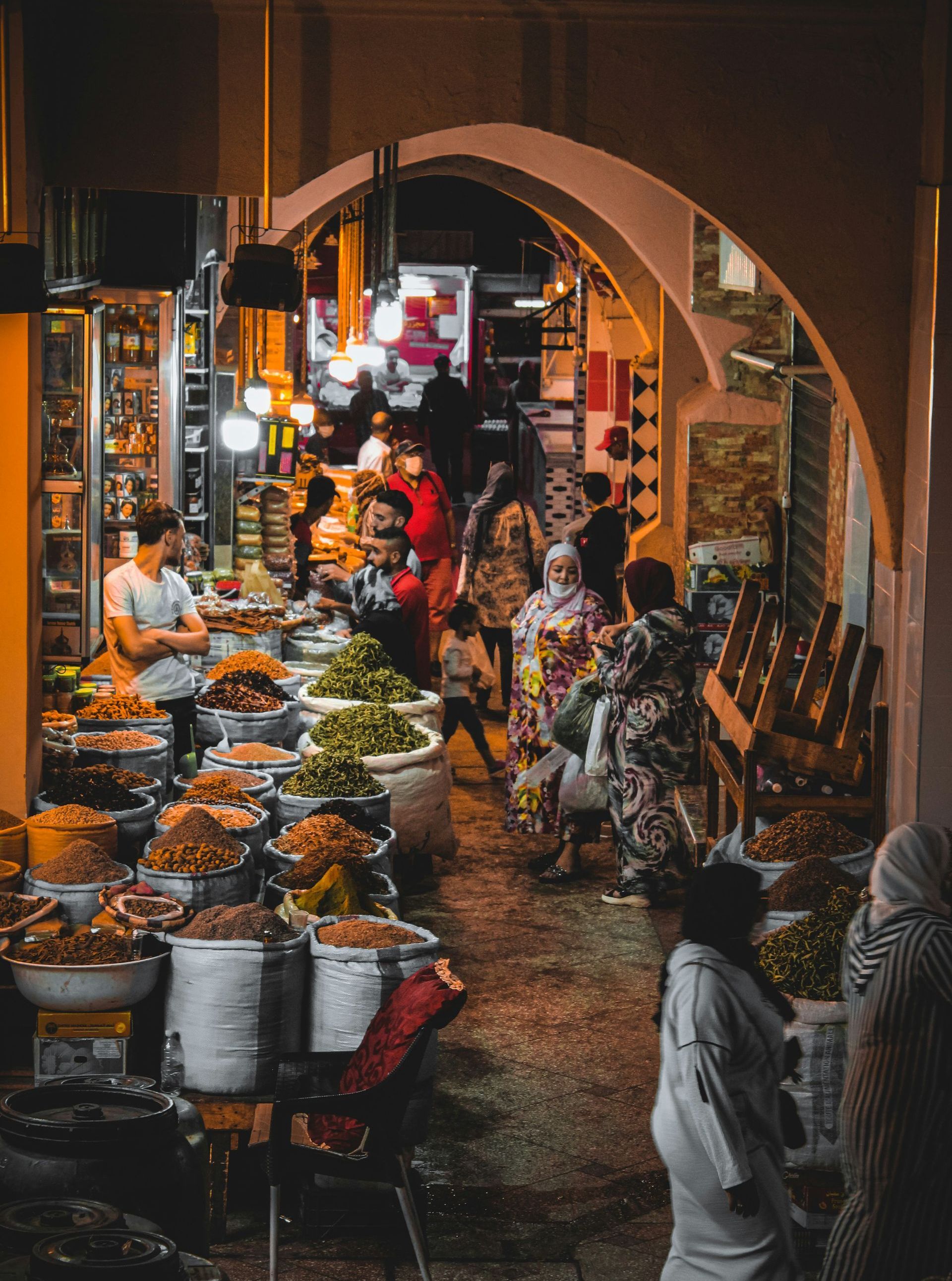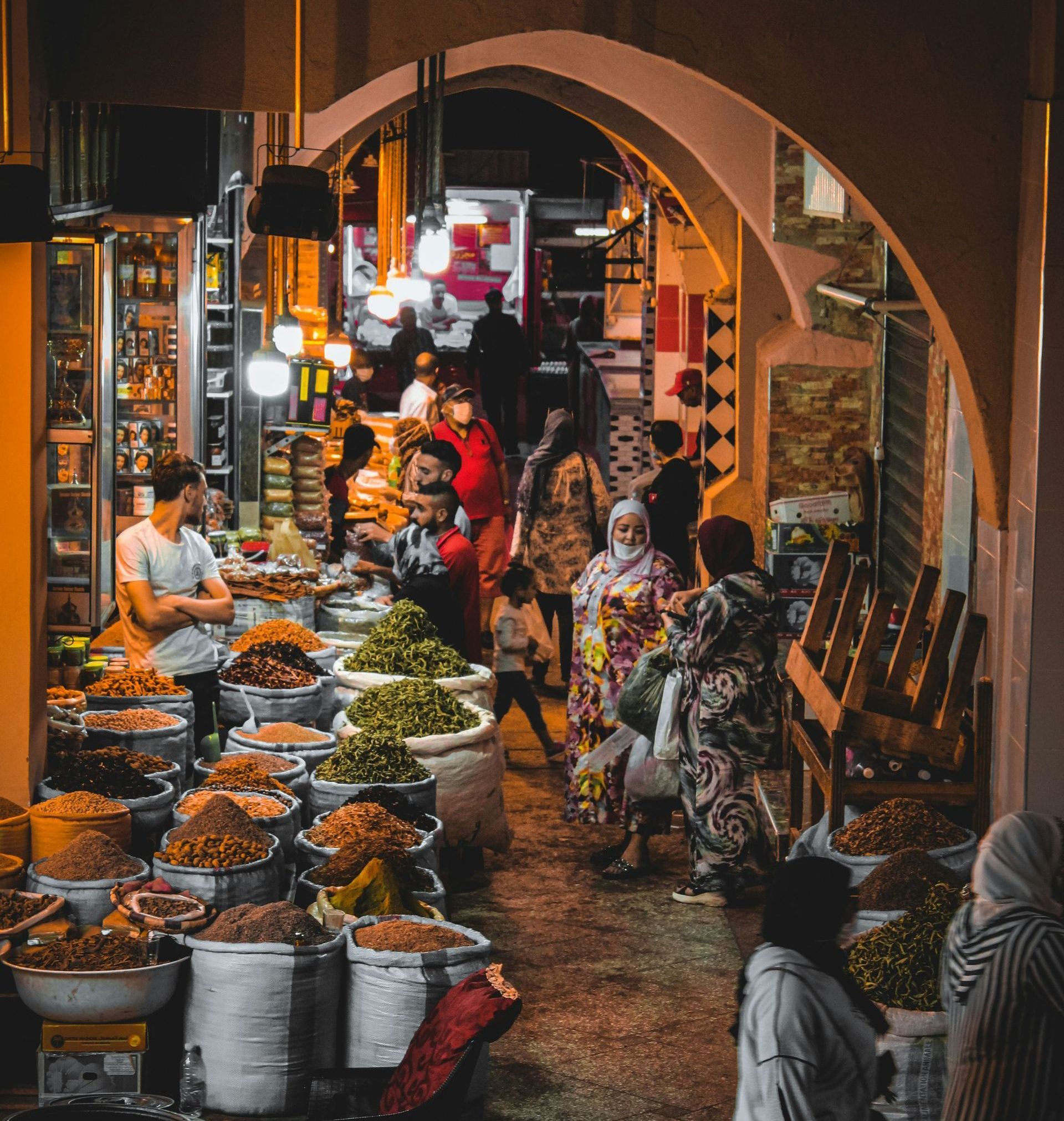Morocco
Morocco is a country where tradition and vibrancy come together in every corner—from the bustling souks of Marrakech to the quiet beauty of the Sahara. Rich in history, culture, and natural wonder, it offers a captivating mix of Arab, Berber, and Mediterranean influences. Whether you're exploring ancient medinas, savoring flavorful dishes, or admiring the intricate artistry found in architecture and textiles, Morocco invites travelers into a world of color, warmth, and timeless charm.
Morocco
Morocco is a country where tradition and vibrancy come together in every corner—from the bustling souks of Marrakech to the quiet beauty of the Sahara. Rich in history, culture, and natural wonder, it offers a captivating mix of Arab, Berber, and Mediterranean influences. Whether you're exploring ancient medinas, savoring flavorful dishes, or admiring the intricate artistry found in architecture and textiles, Morocco invites travelers into a world of color, warmth, and timeless charm.
Why Morocco?
Morocco offers a travel experience that is as diverse as it is unforgettable. With its dramatic landscapes, from desert dunes to mountain peaks and coastal towns, the country is a feast for the senses. Visitors are drawn not only to its natural beauty but also to the warmth of its people, the richness of its culture, and the deep-rooted traditions that shape everyday life. Whether you're seeking adventure, relaxation, or cultural immersion, Morocco delivers it all with an inviting blend of authenticity and allure.
Land of Colors.
Known as the Land of Colors, Morocco dazzles with its vibrant palette found in every aspect of life. From the deep reds of Marrakech's city walls to the striking blues of Chefchaouen, the golden sands of the Sahara, and the vivid hues of handcrafted textiles and spices in the souks, color is woven into the heart of Moroccan identity. This richness of tone reflects the country’s cultural diversity and brings an undeniable energy to every experience.
Why Morocco?
Morocco offers a travel experience that is as diverse as it is unforgettable. With its dramatic landscapes, from desert dunes to mountain peaks and coastal towns, the country is a feast for the senses. Visitors are drawn not only to its natural beauty but also to the warmth of its people, the richness of its culture, and the deep-rooted traditions that shape everyday life. Whether you're seeking adventure, relaxation, or cultural immersion, Morocco delivers it all with an inviting blend of authenticity and allure.
Land of Colors.
Known as the Land of Colors, Morocco dazzles with its vibrant palette found in every aspect of life. From the deep reds of Marrakech's city walls to the striking blues of Chefchaouen, the golden sands of the Sahara, and the vivid hues of handcrafted textiles and spices in the souks, color is woven into the heart of Moroccan identity. This richness of tone reflects the country’s cultural diversity and brings an undeniable energy to every experience.
Featured Destinations
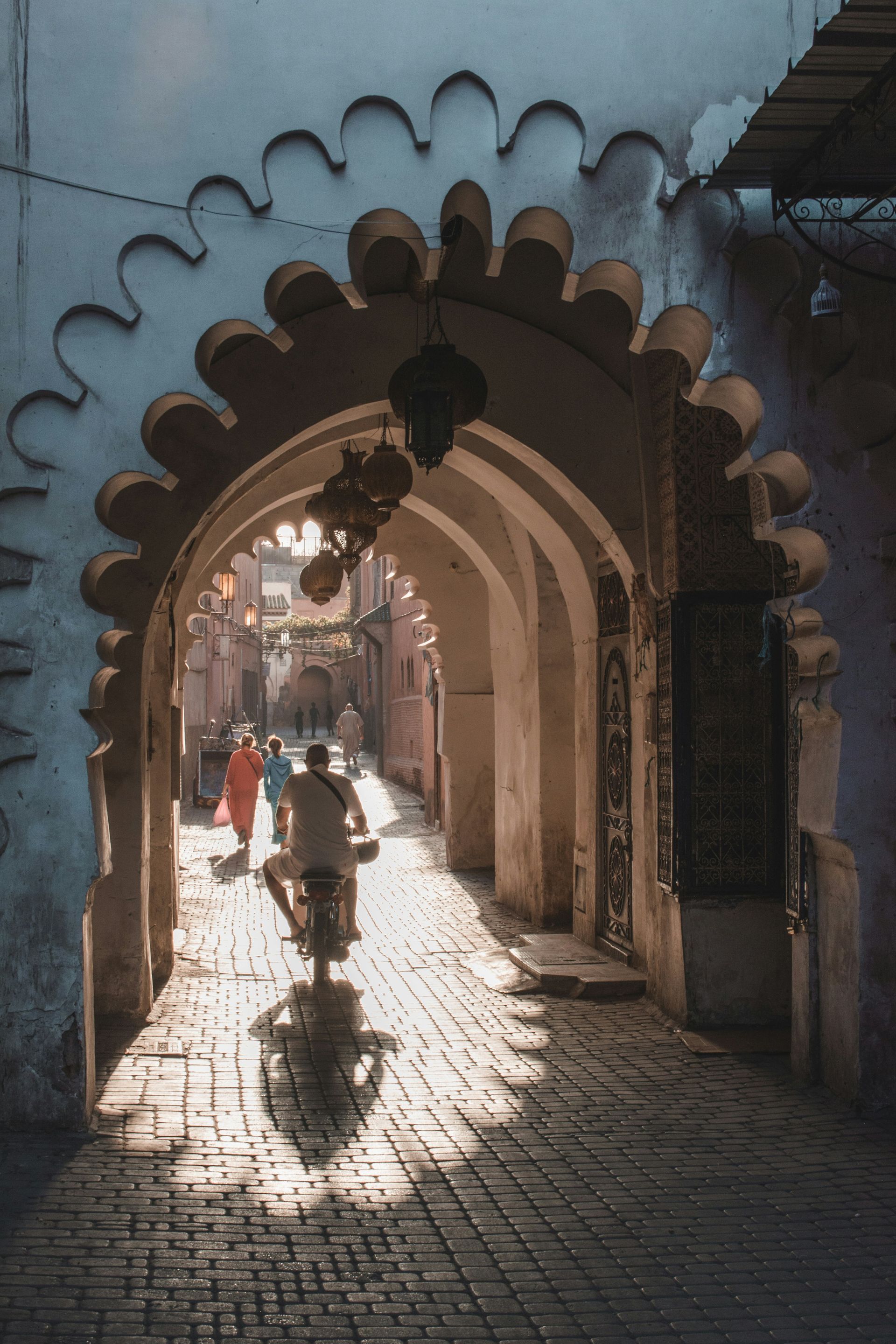
Slide title
Marrakesh
Button
Slide title
Marrakesh
Button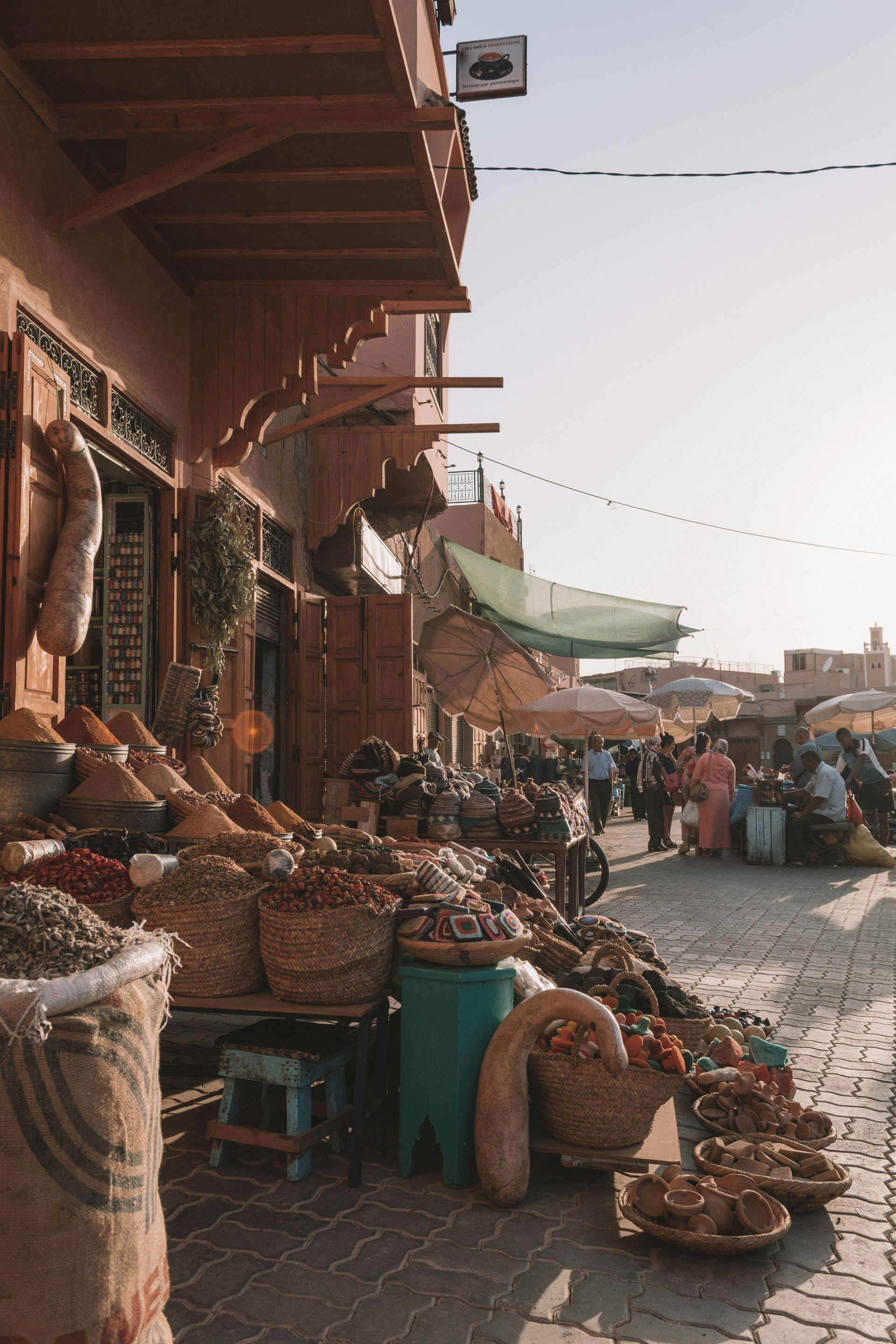
Slide title
Marrakesh
Button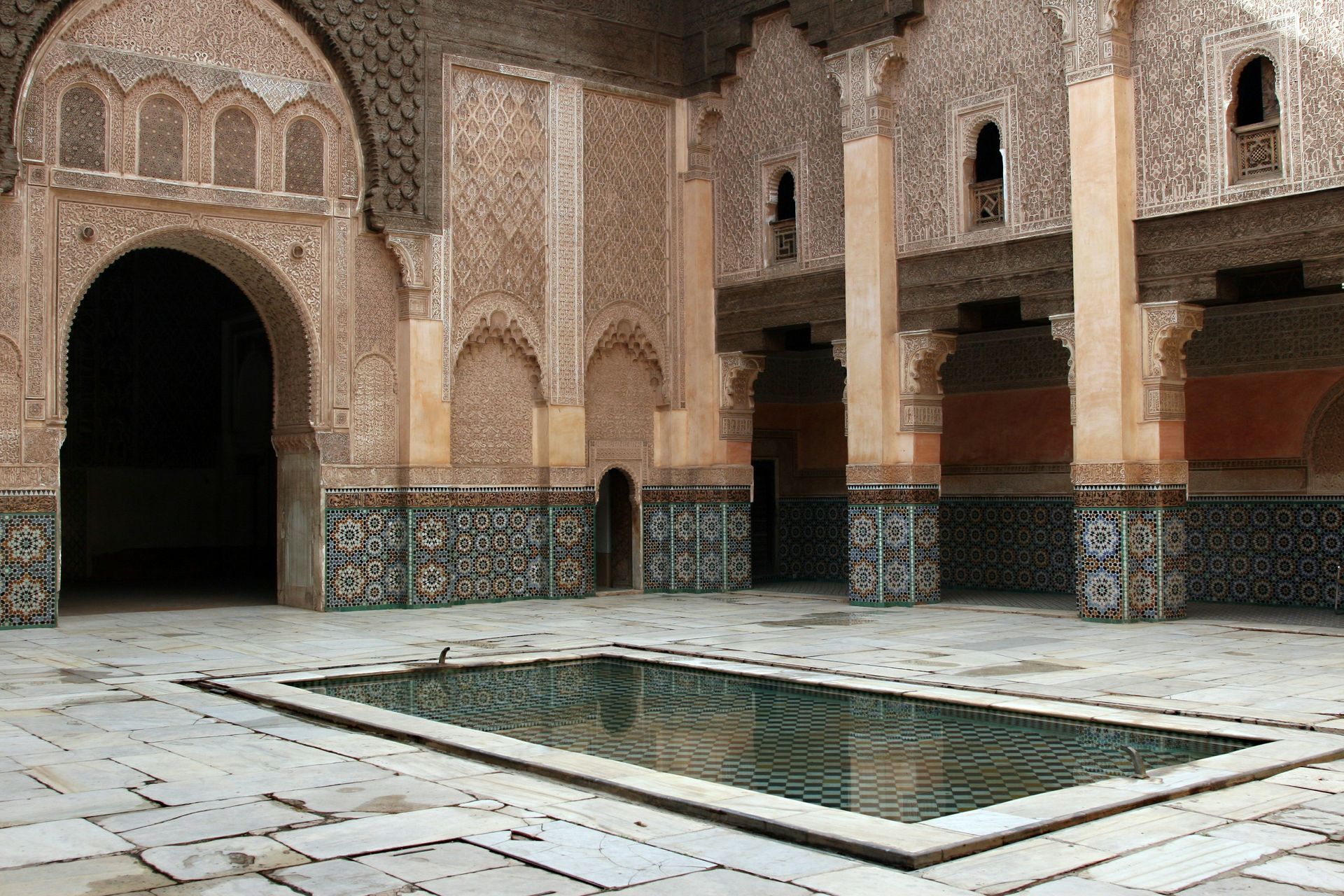
Slide title
Marrakesh
Button
Slide title
Marrakesh
Button
Slide title
Marrakesh
Button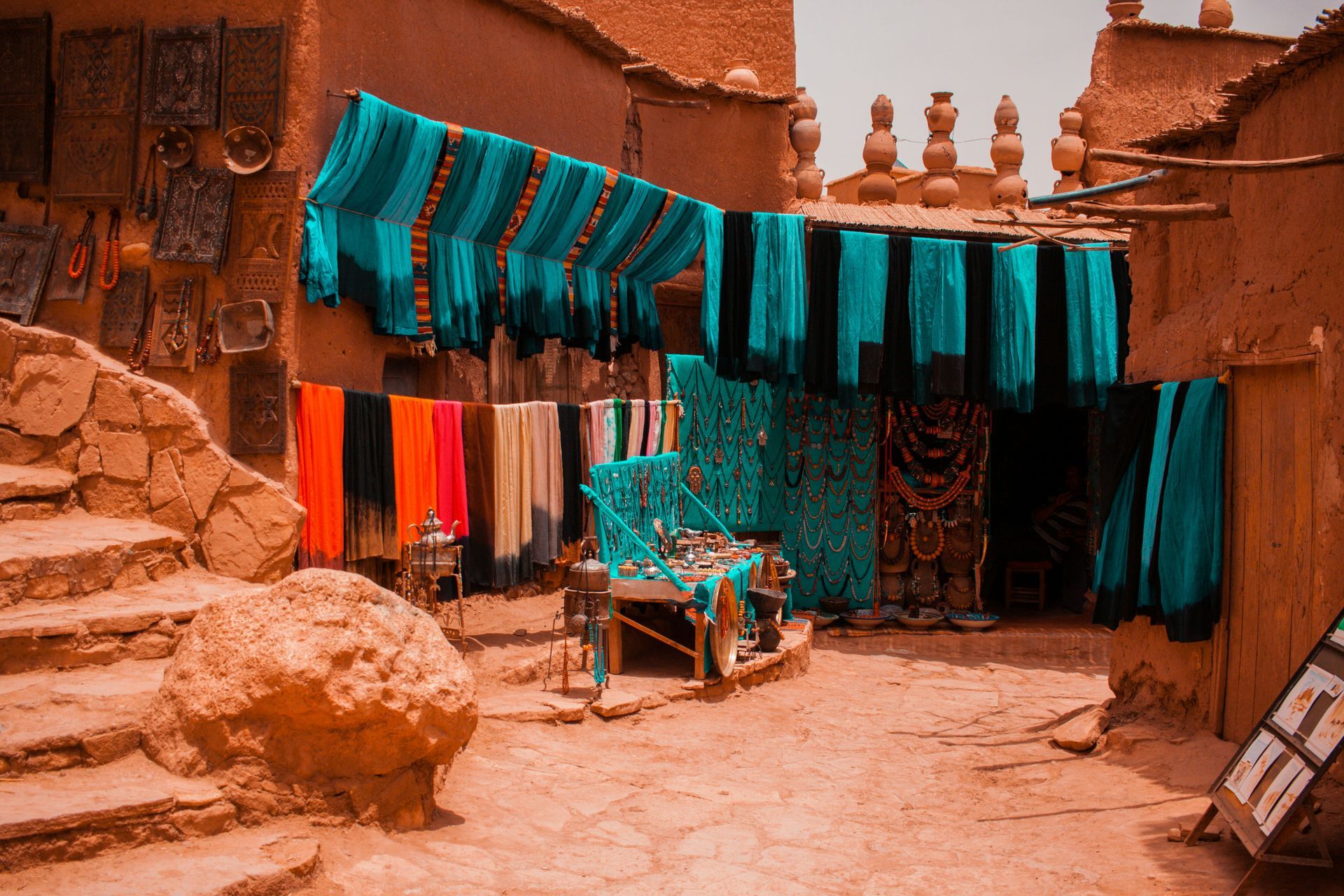
Slide title
Marrakesh
Button
Slide title
Marrakesh
Button
Slide title
Marrakesh
Button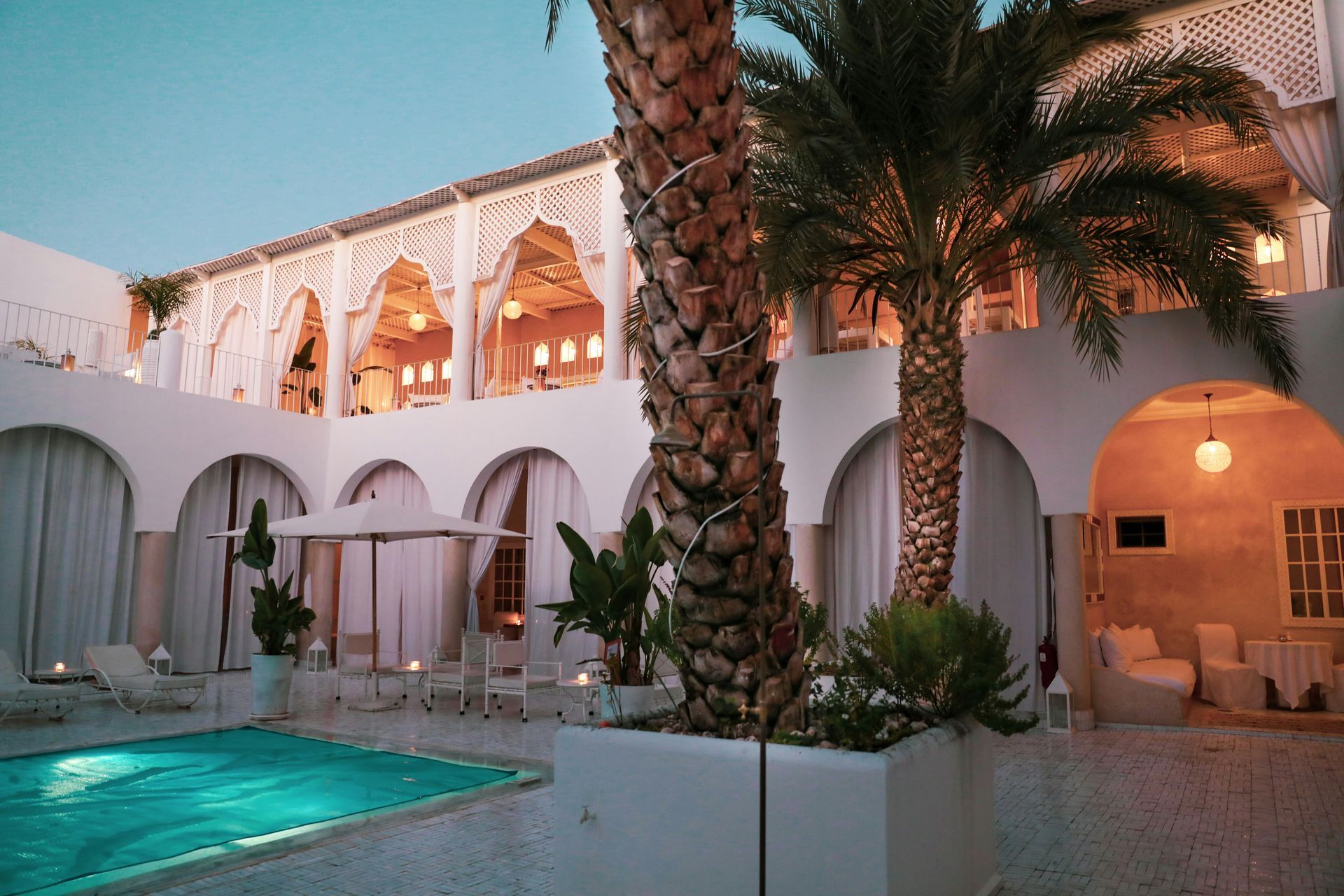
Slide title
Marrakesh
Button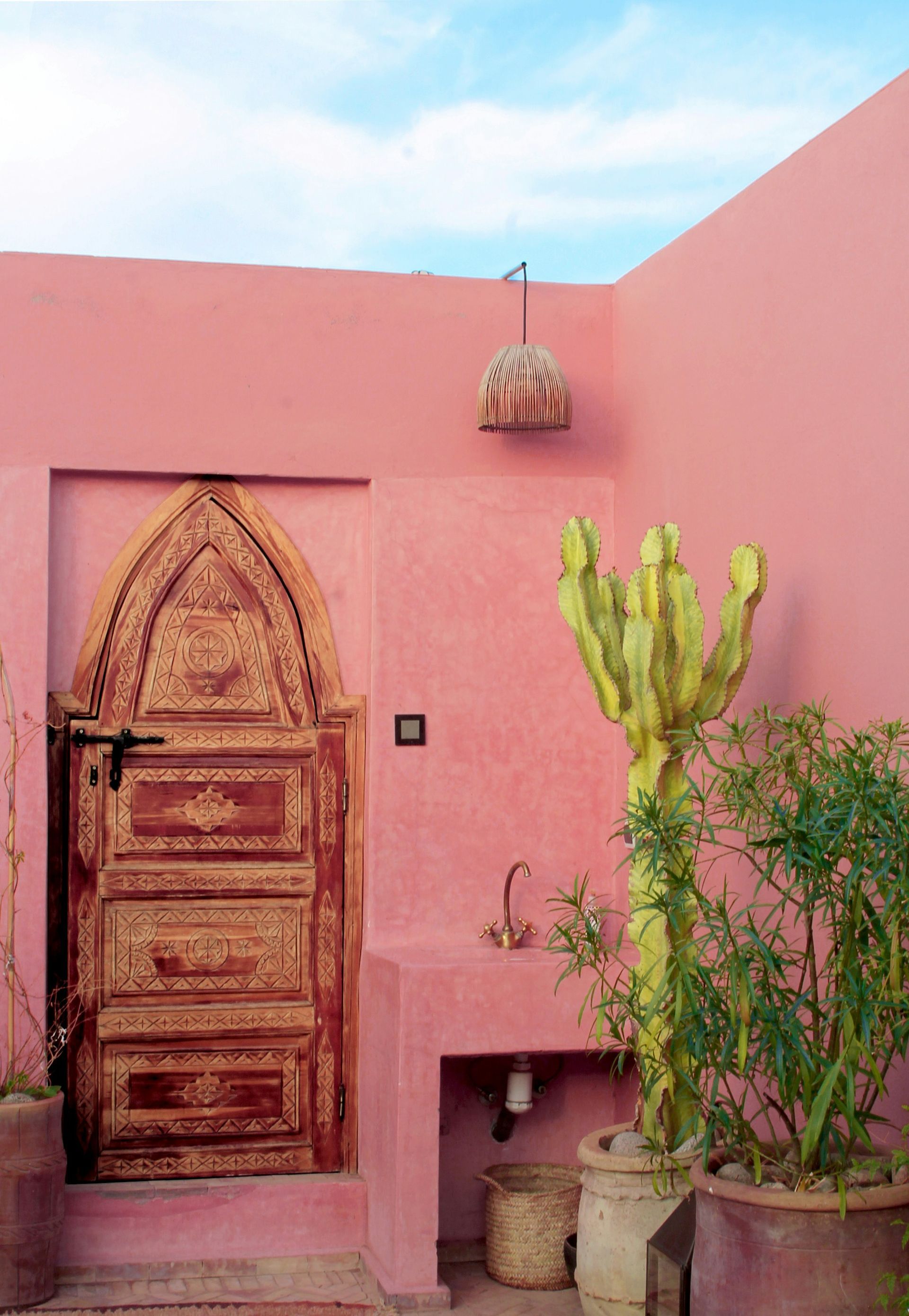
Slide title
Marrakesh
Button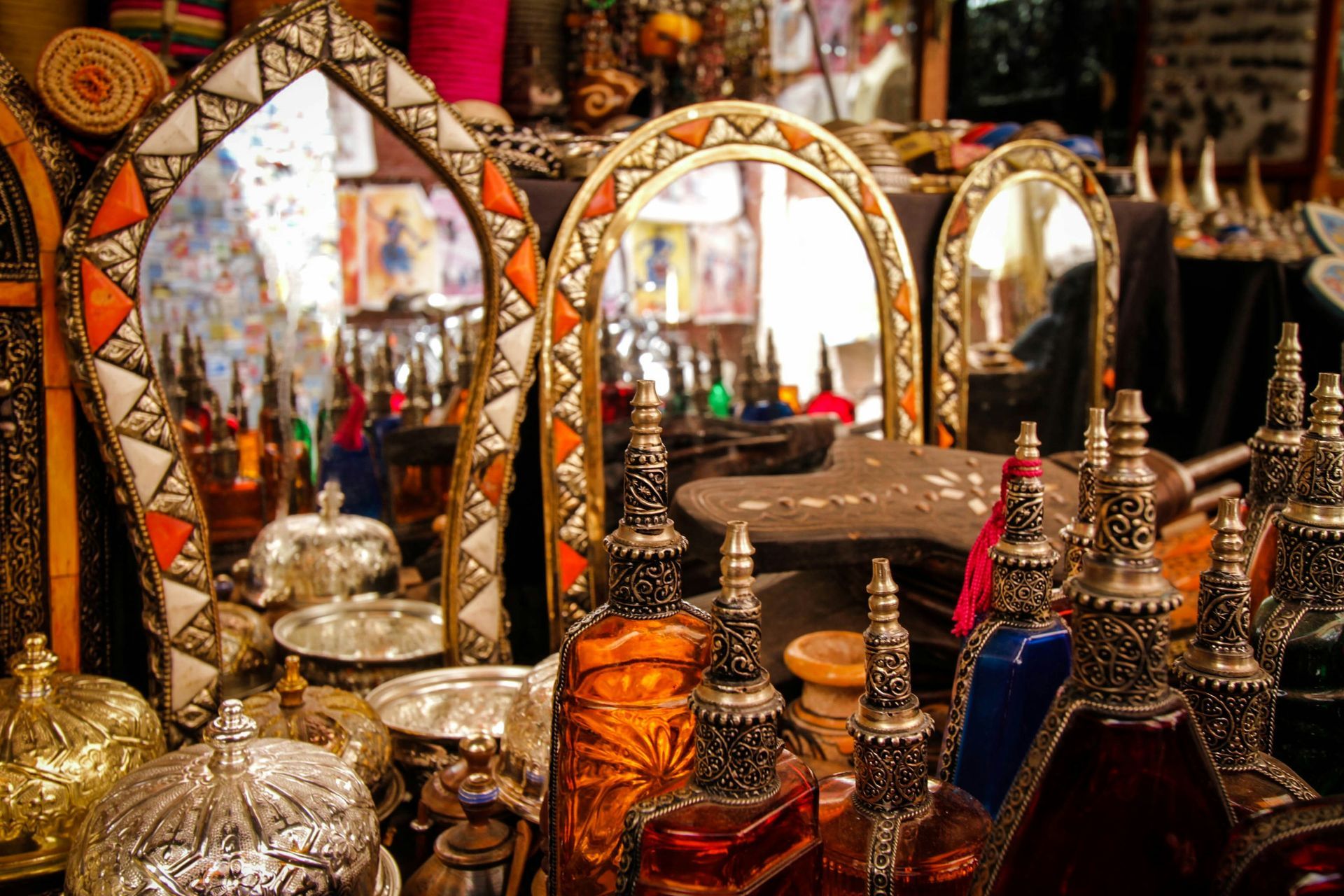
Slide title
Marrakesh
Button
Slide title
Marrakesh
Button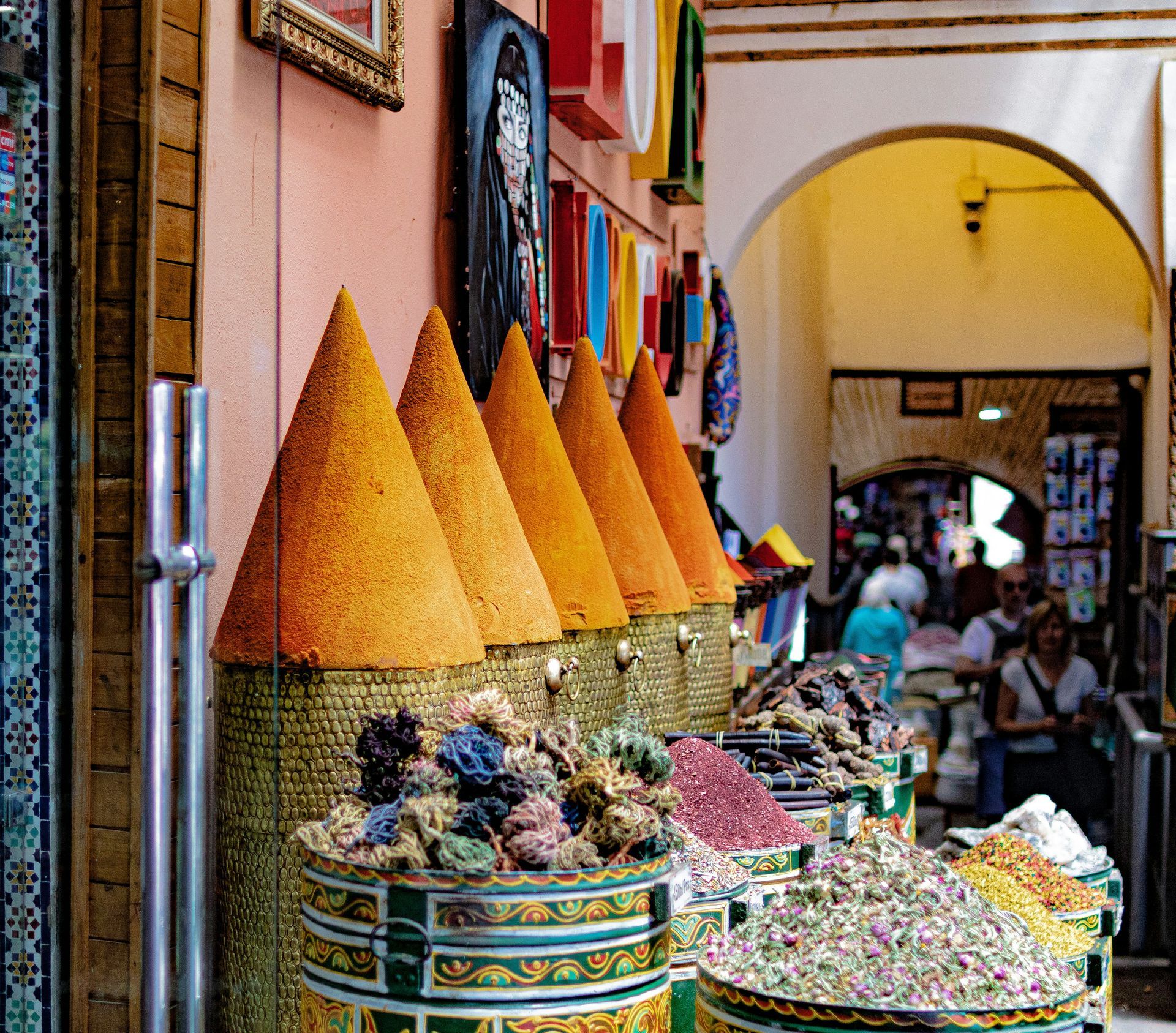
Slide title
Marrakesh
Button
Slide title
Marrakesh
Button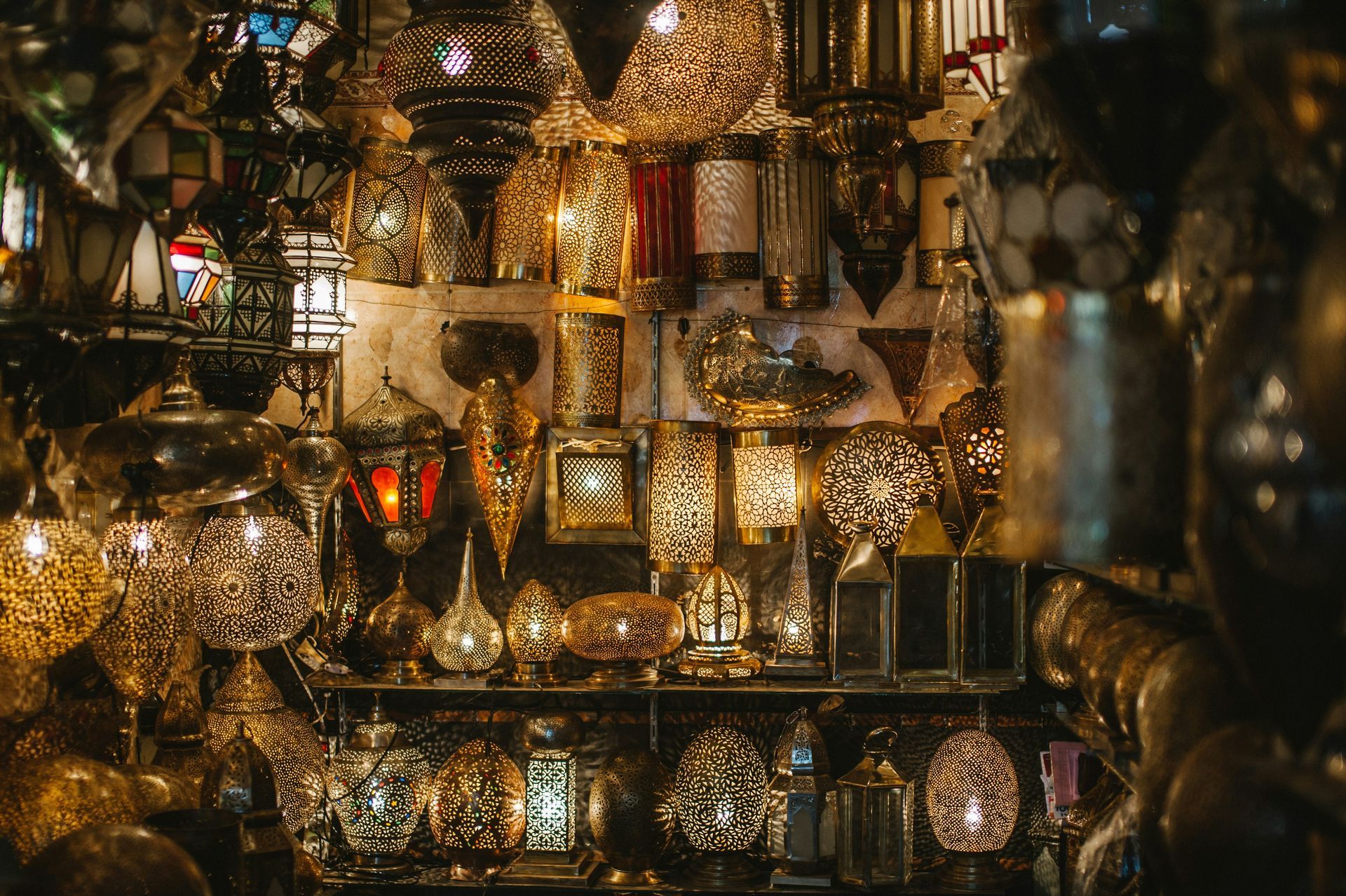
Slide title
Marrakesh
Button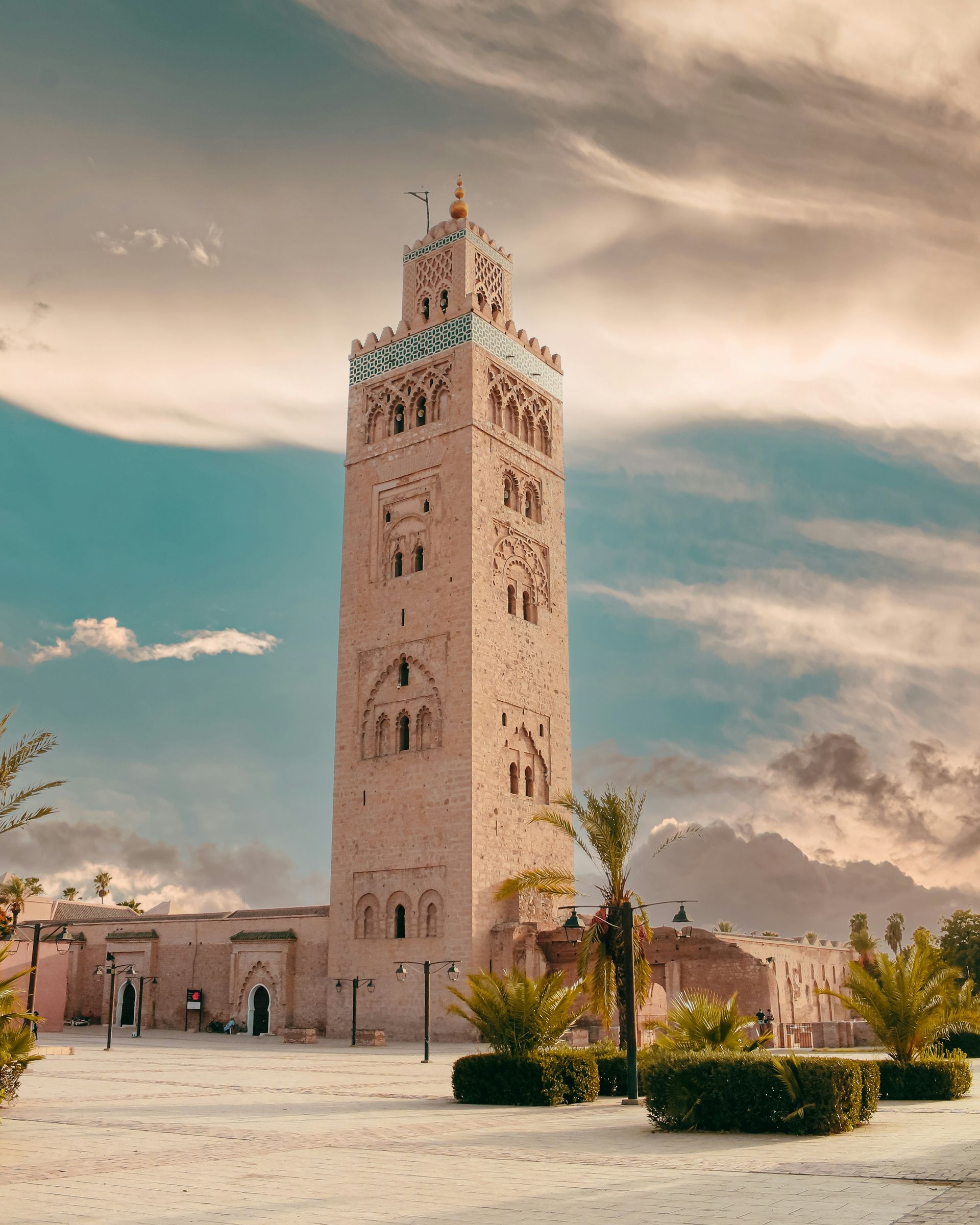
Slide title
Marrakesh
Button

Slide title
Fes
Button
Slide title
Fes
Button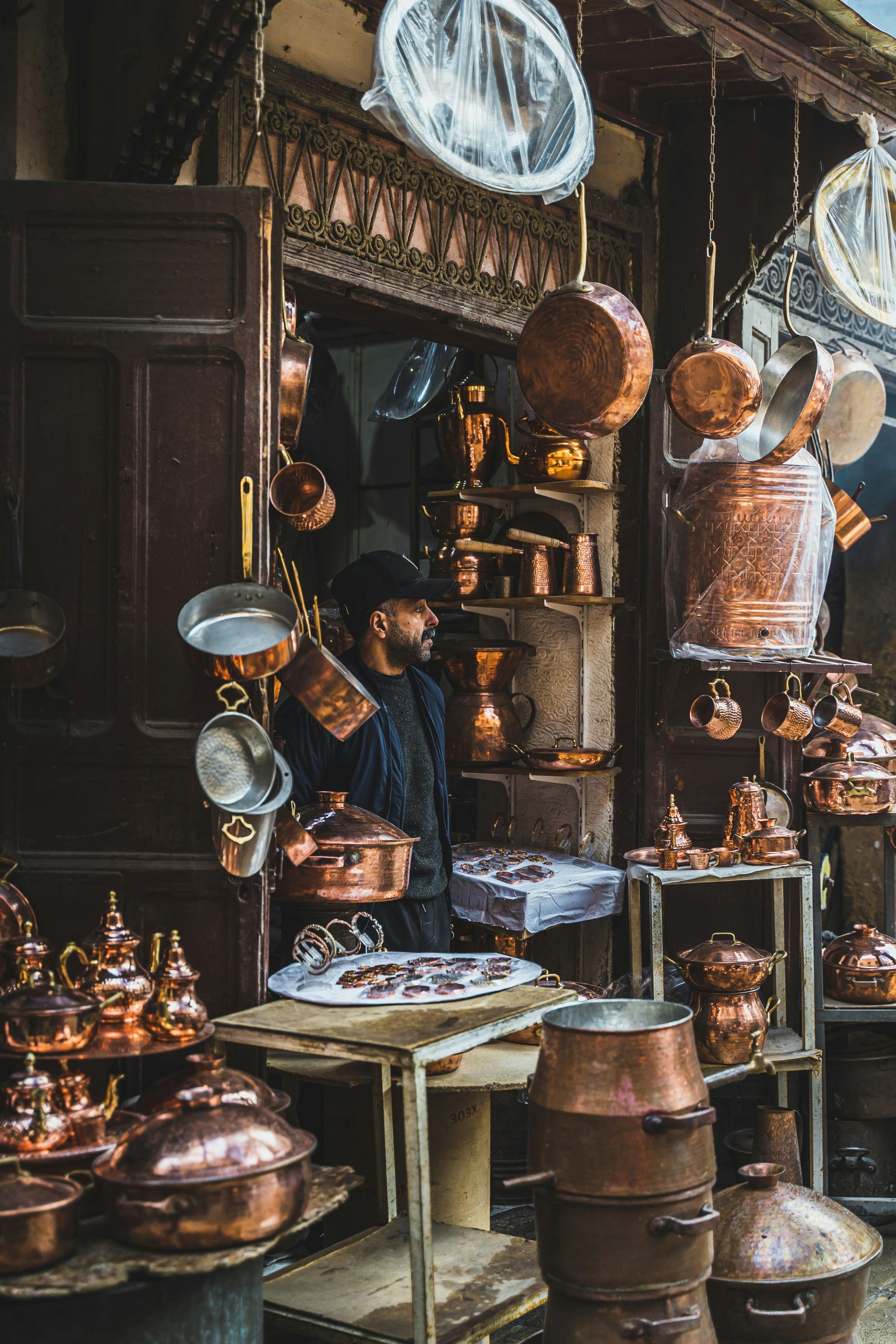
Slide title
Fes
Button
Slide title
Fes
Button
Slide title
Fes
Button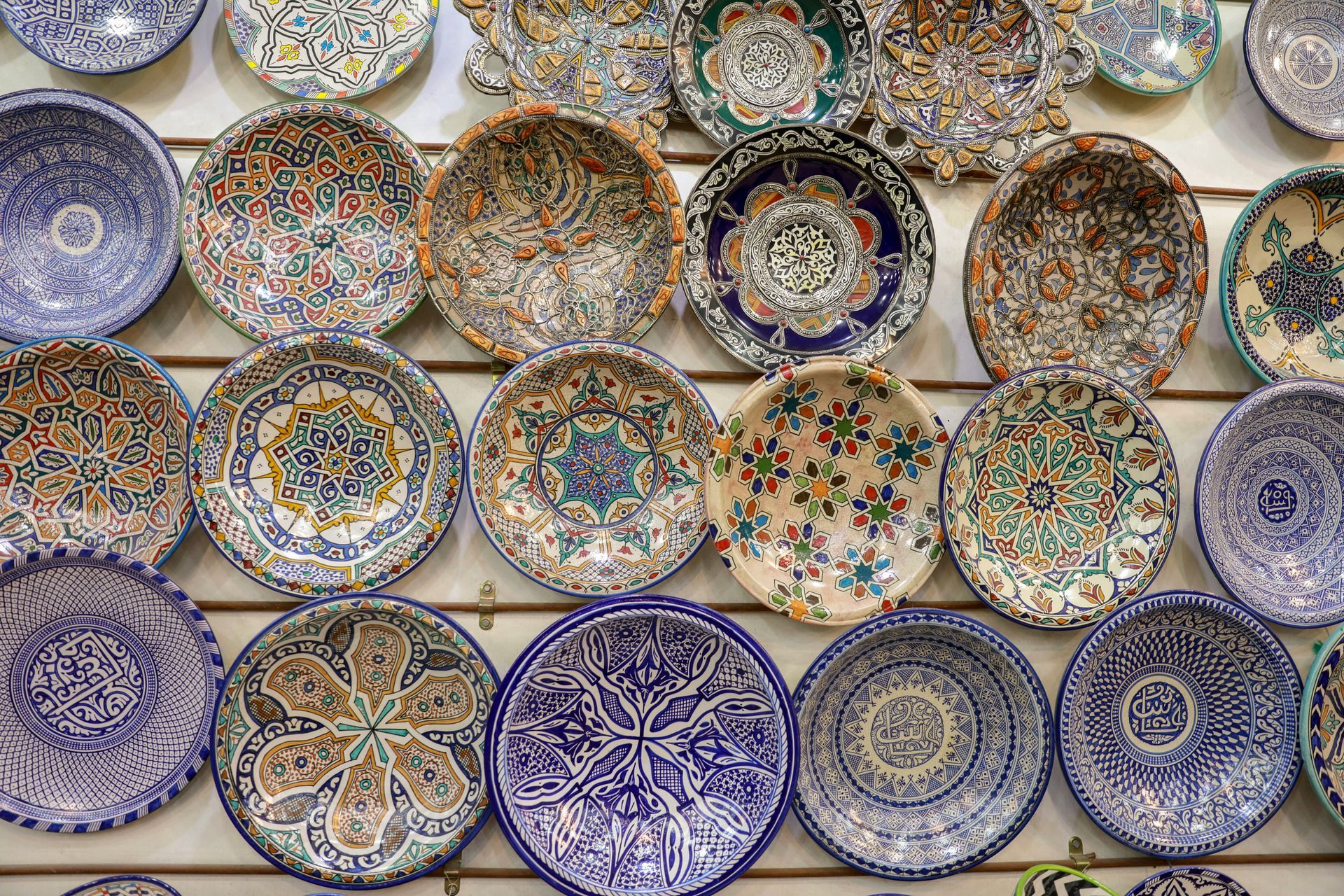
Slide title
Fes
Button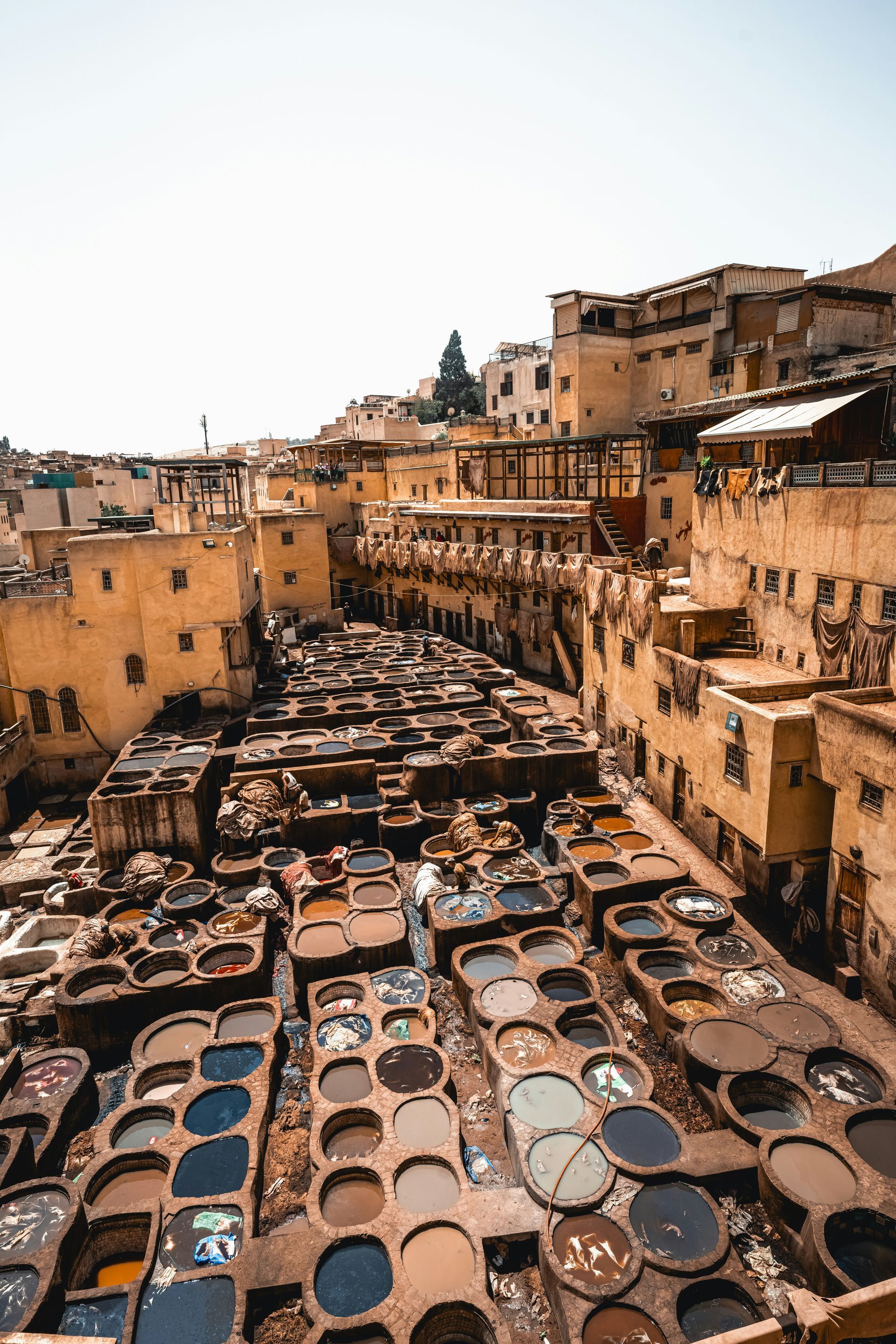
Slide title
Fes
Button
Slide title
Fes
Button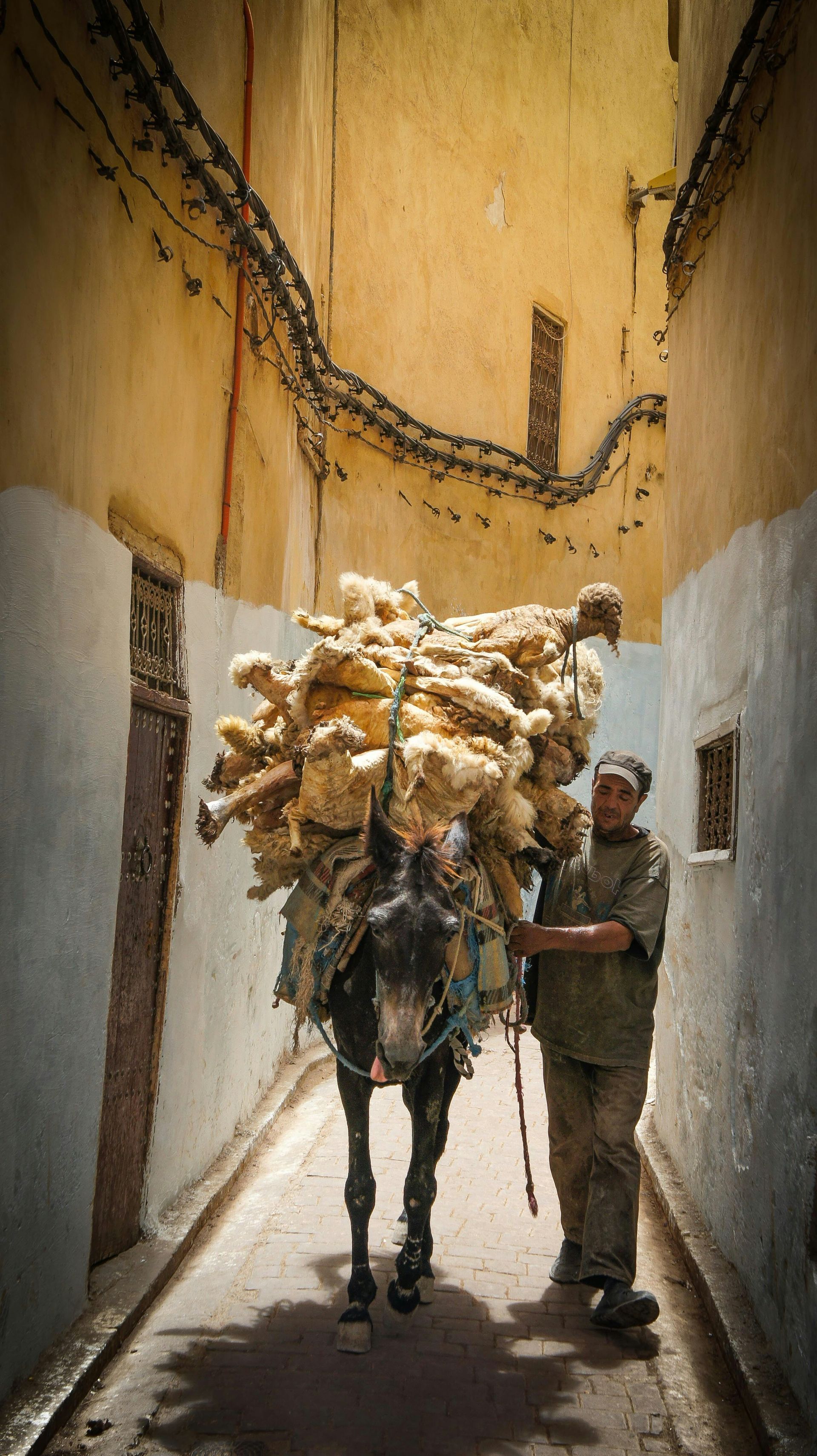
Slide title
Fes
Button
Slide title
Fes
Button
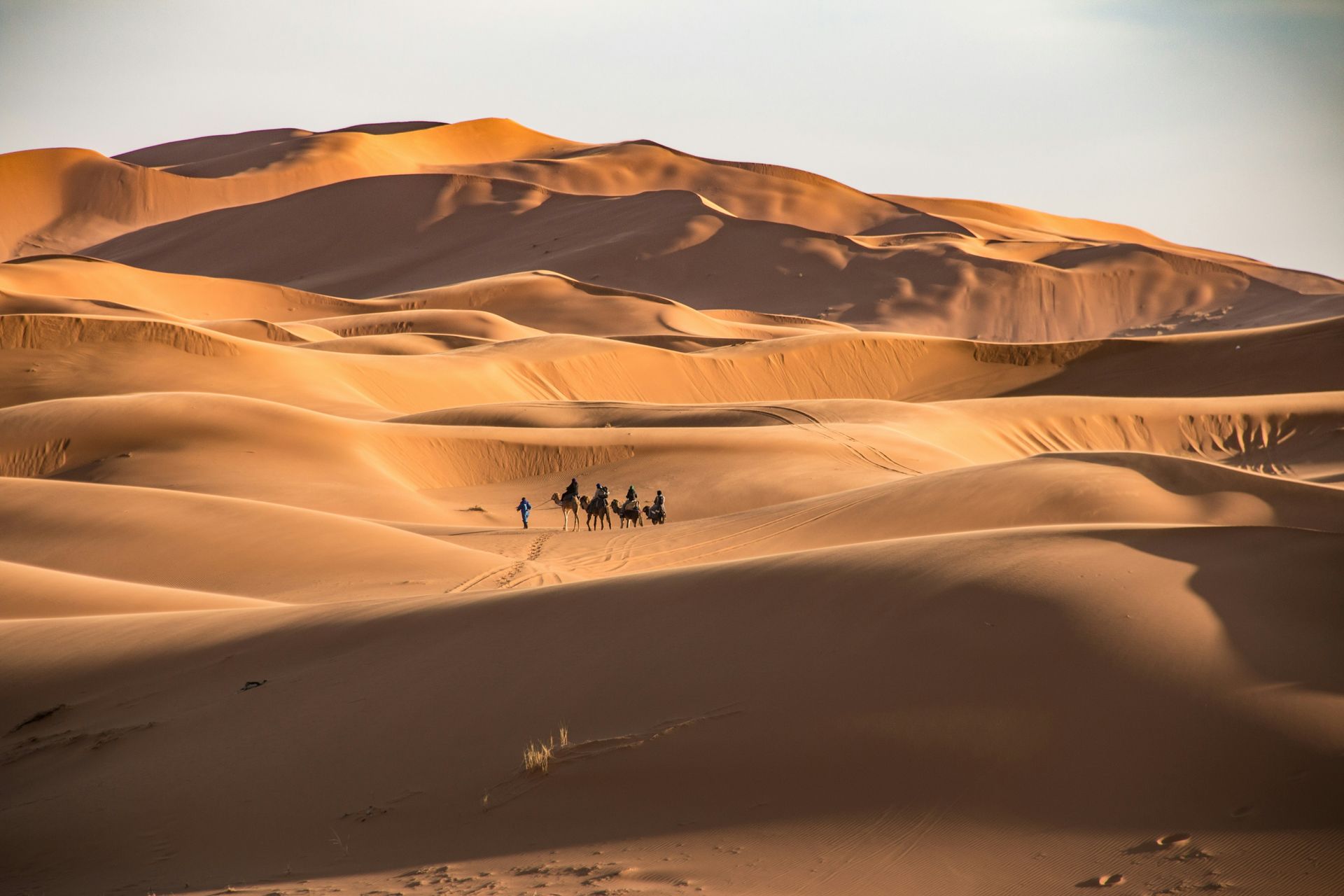
Slide title
Erg Chebbi
Button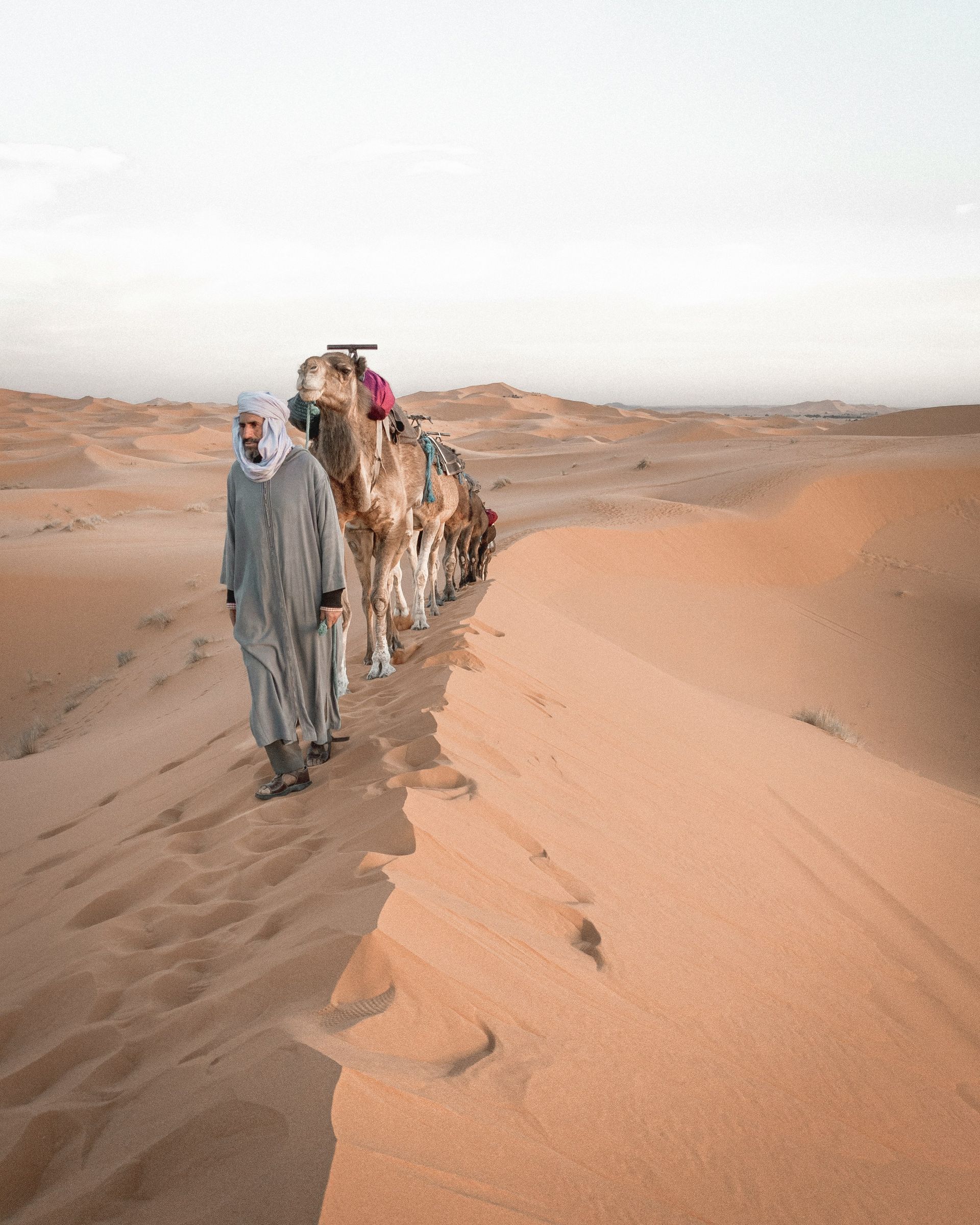
Slide title
Erg Chebbi
Button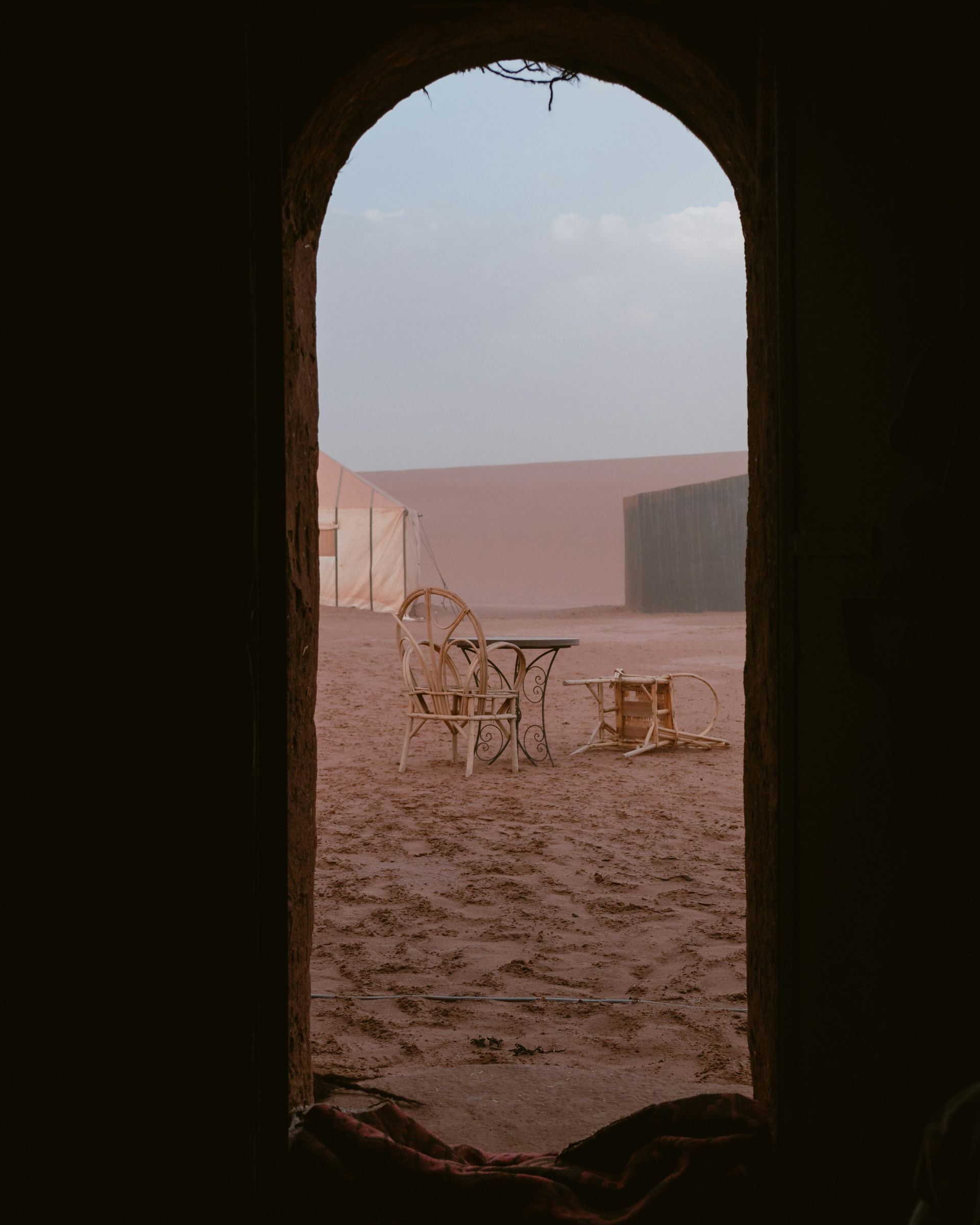
Slide title
Erg Chebbi
Button
Slide title
Erg Chebbi
Button
Slide title
Erg Chebbi
Button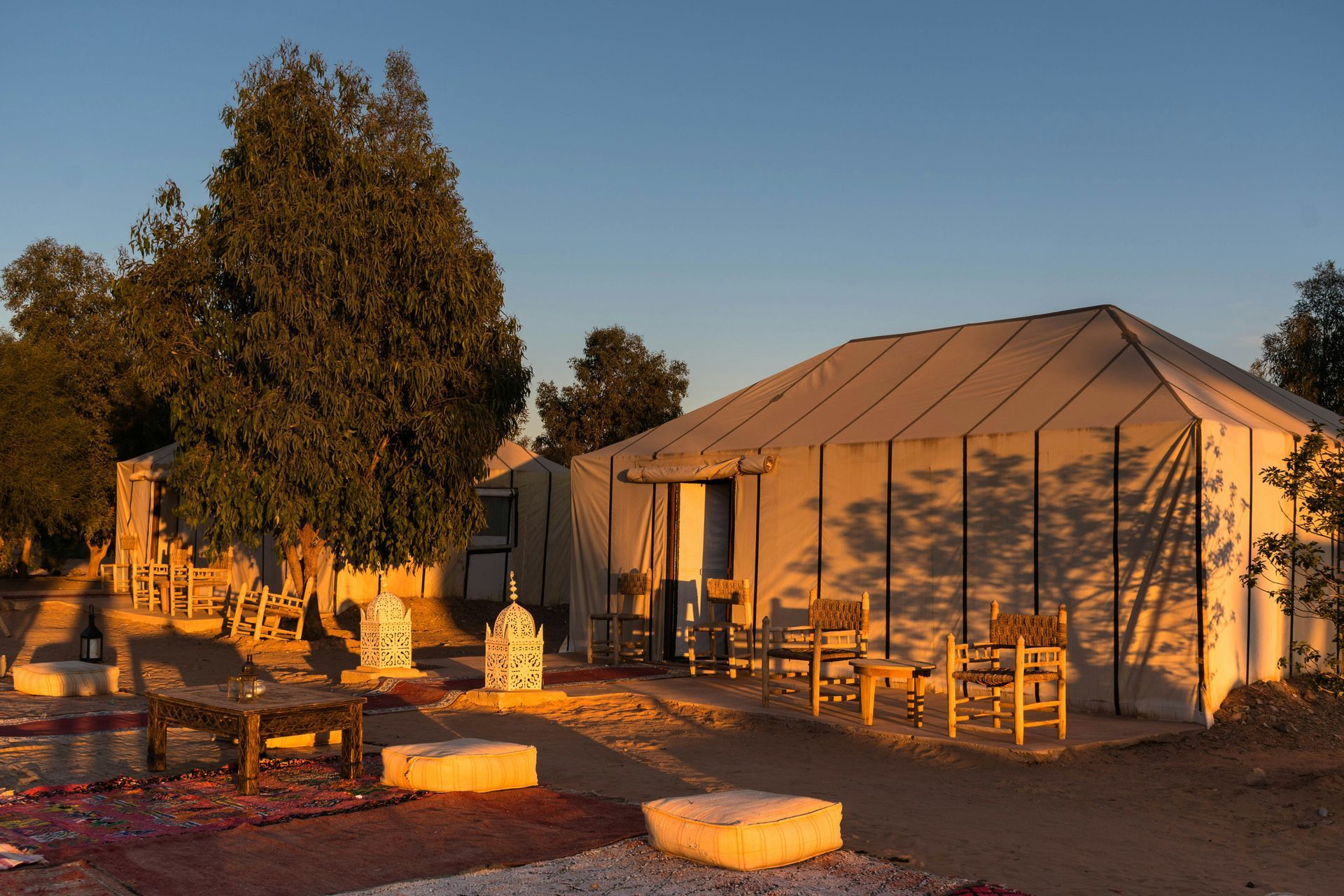
Slide title
Erg Chebbi
Button
Slide title
Erg Chebbi
Button
Slide title
Erg Chebbi
Button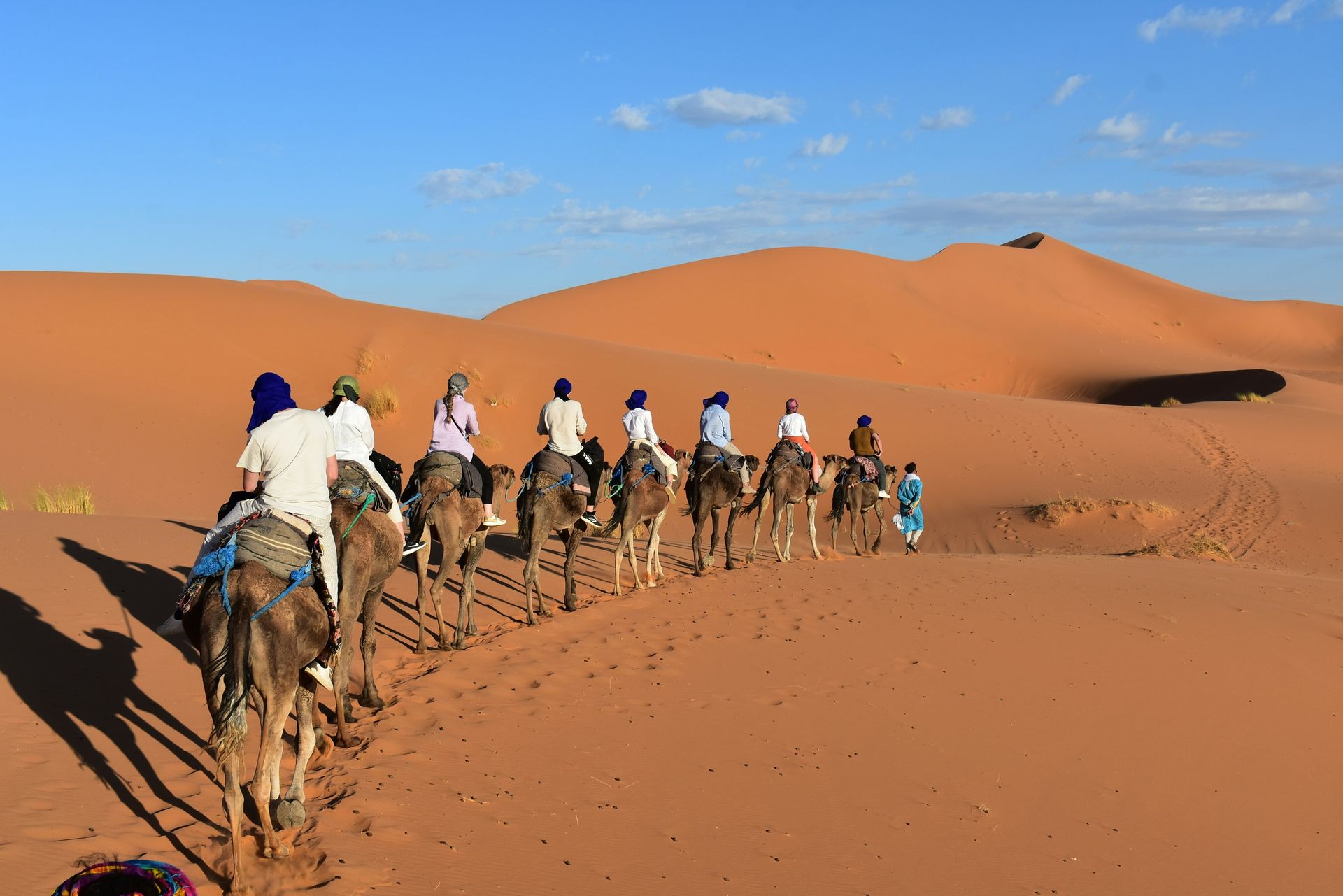
Slide title
Erg Chebbi
Button

Slide title
Chefchaouen
Button
Slide title
Chefchaouen
Button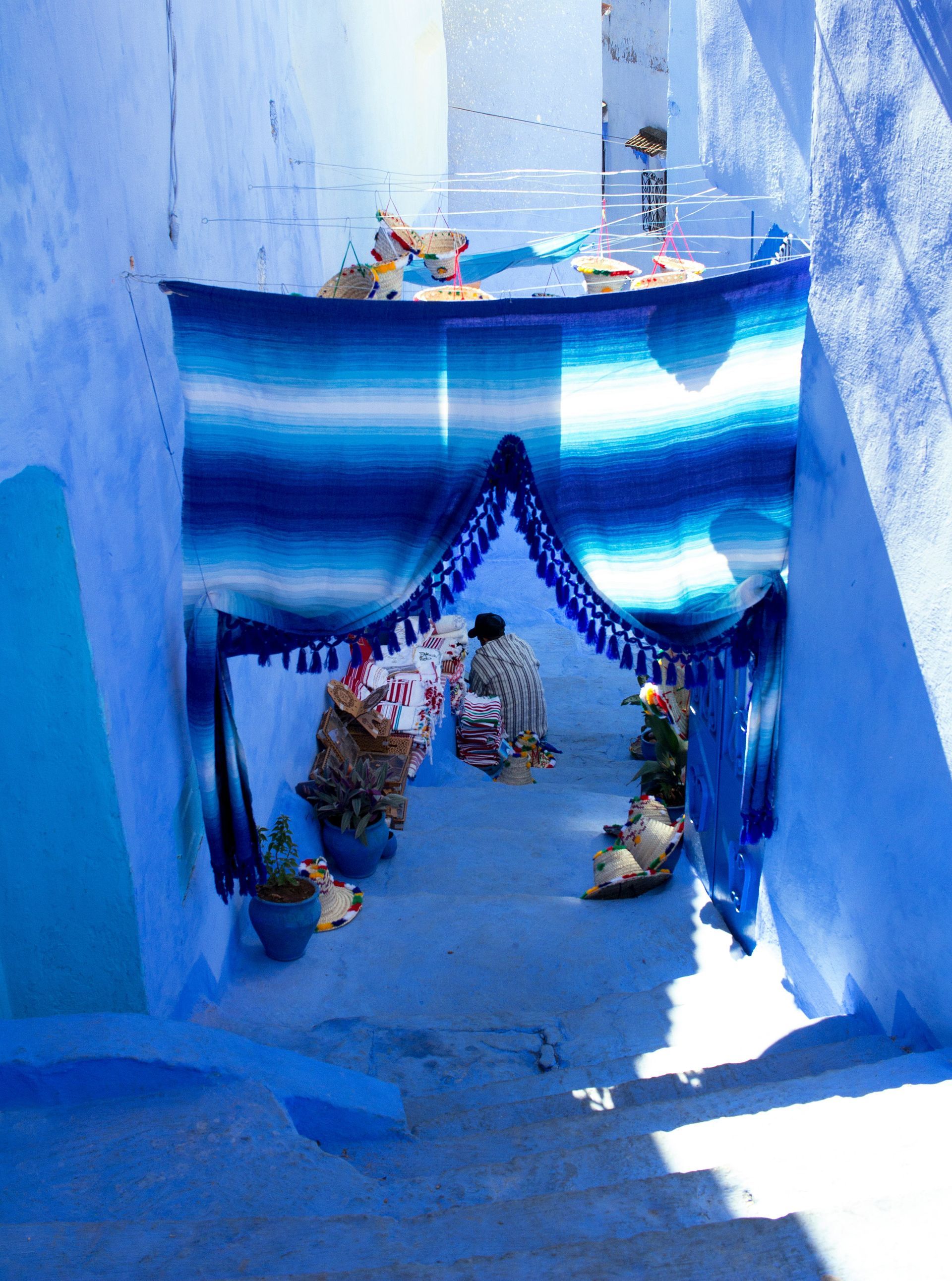
Slide title
Chefchaouen
Button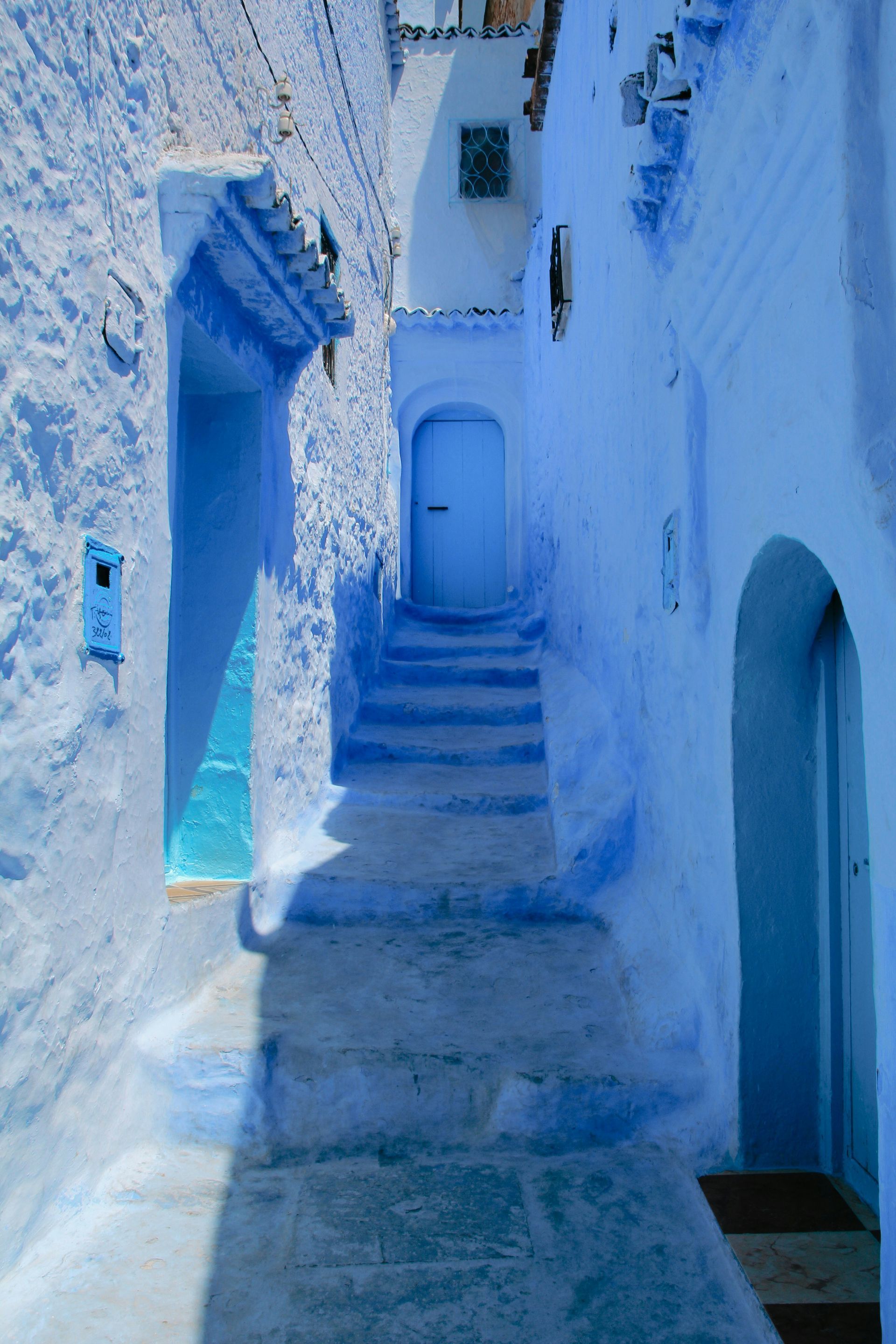
Slide title
Chefchaouen
Button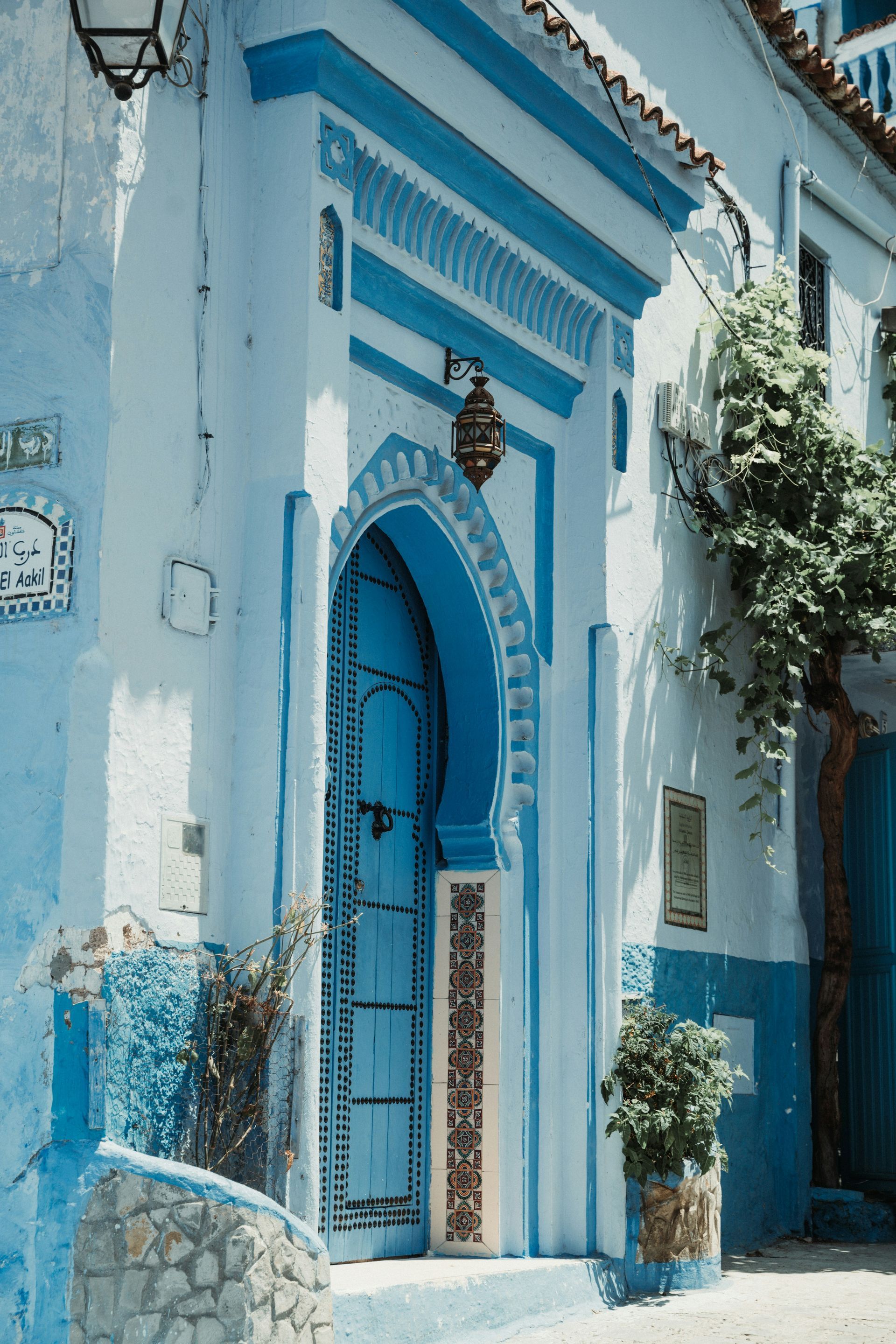
Slide title
Chefchaouen
Button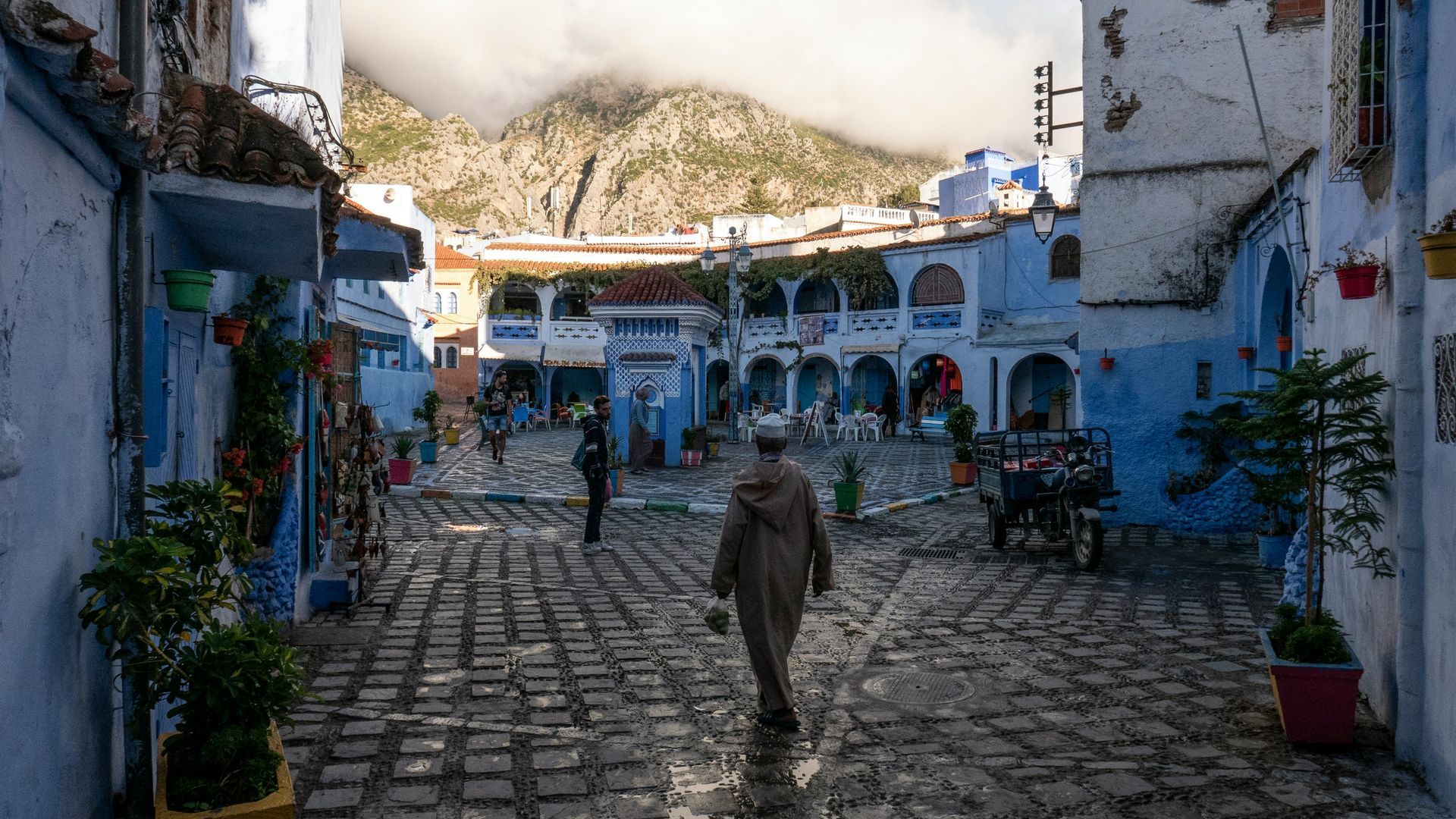
Slide title
Chefchaouen
Button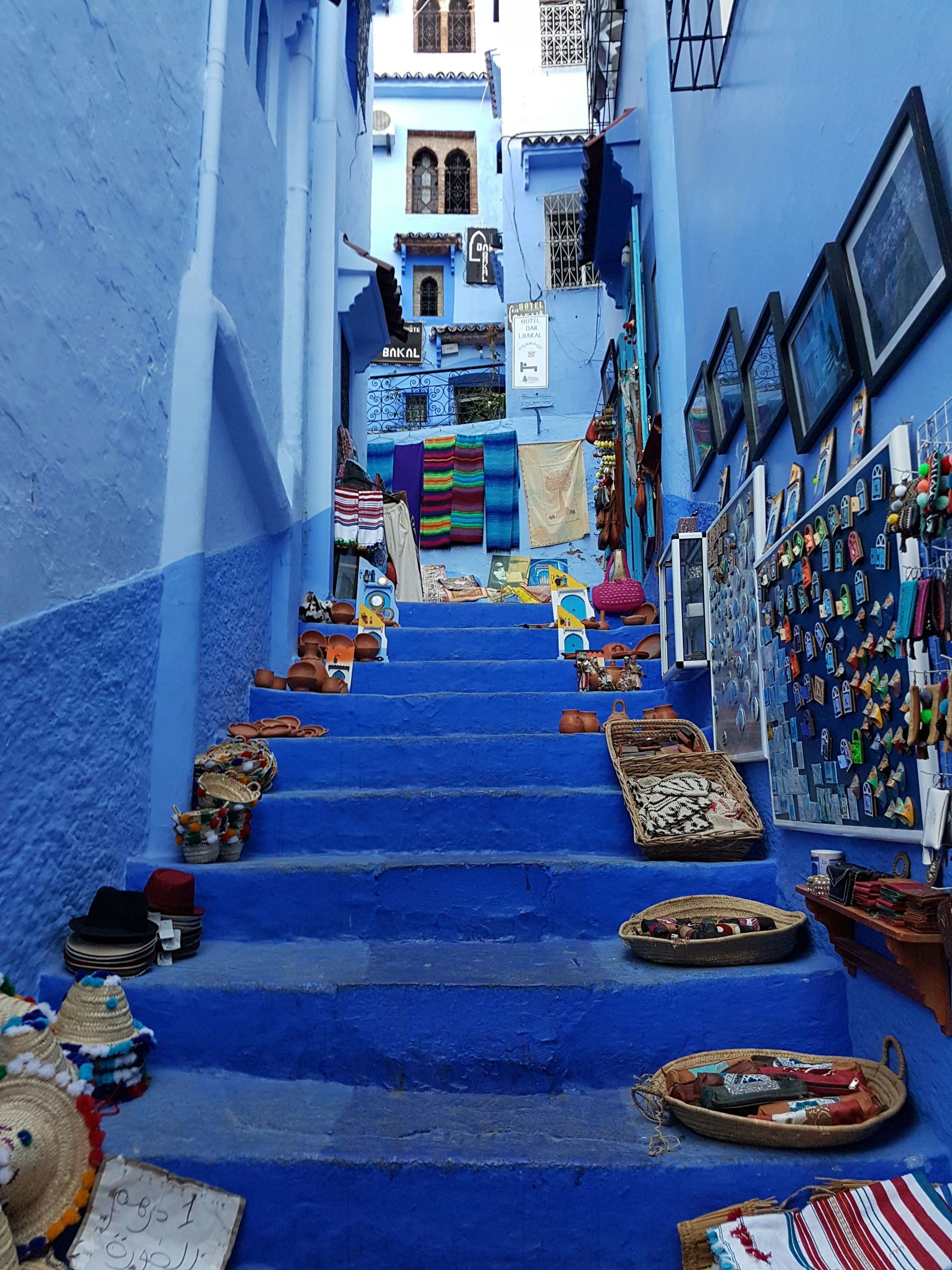
Slide title
Chefchaouen
Button
Slide title
Chefchaouen
Button
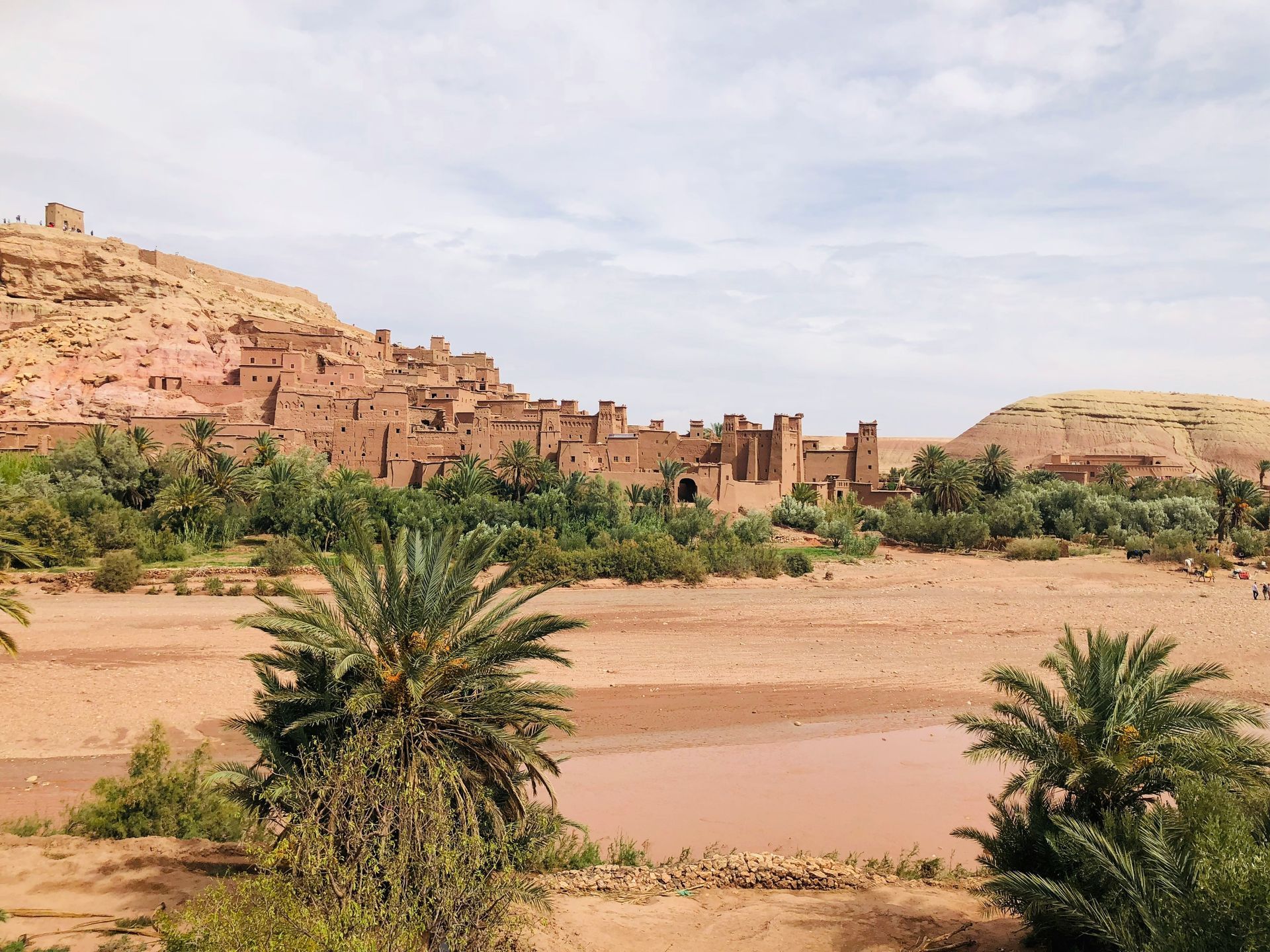
Slide title
Ouarzazate
Button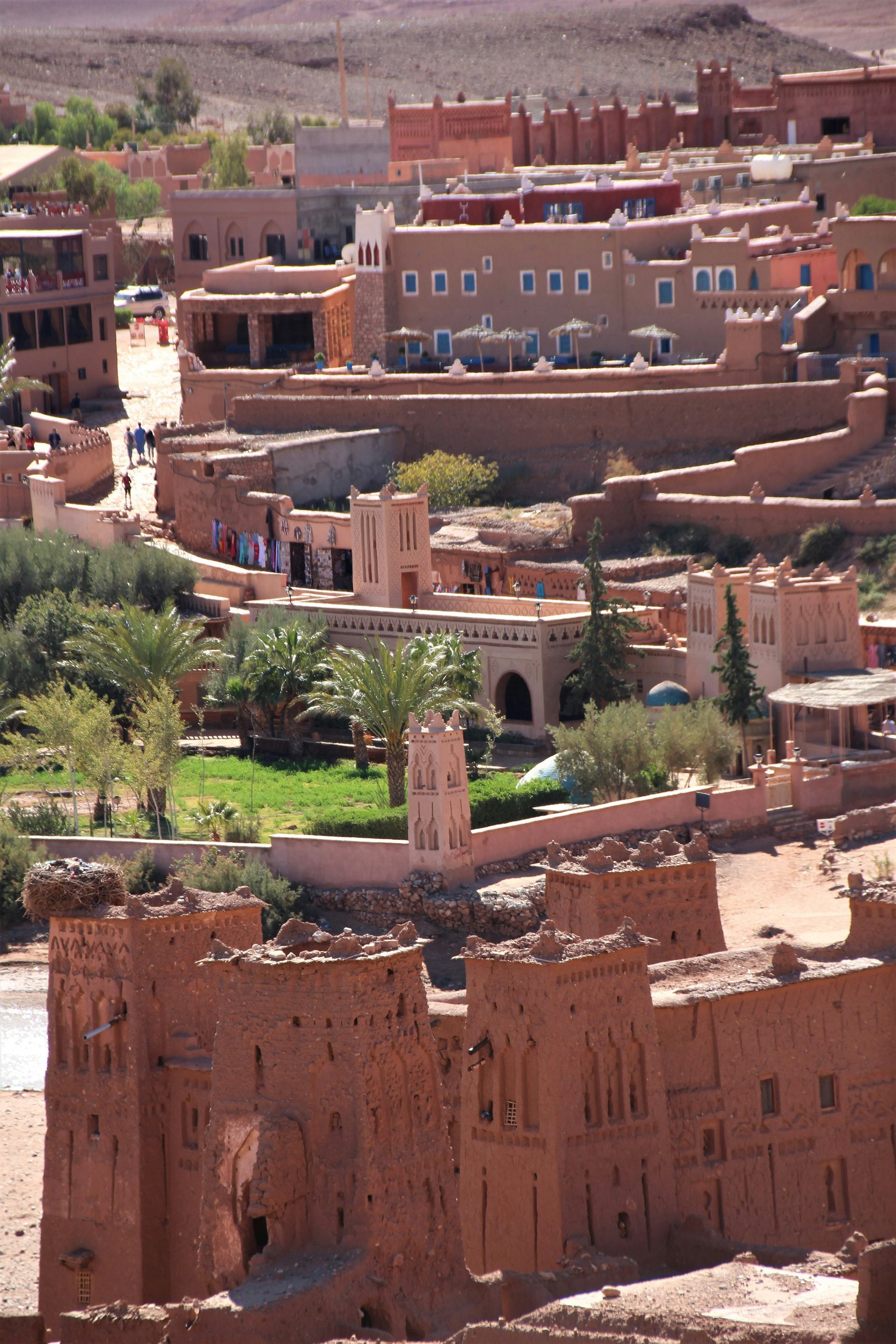
Slide title
Ouarzazate
Button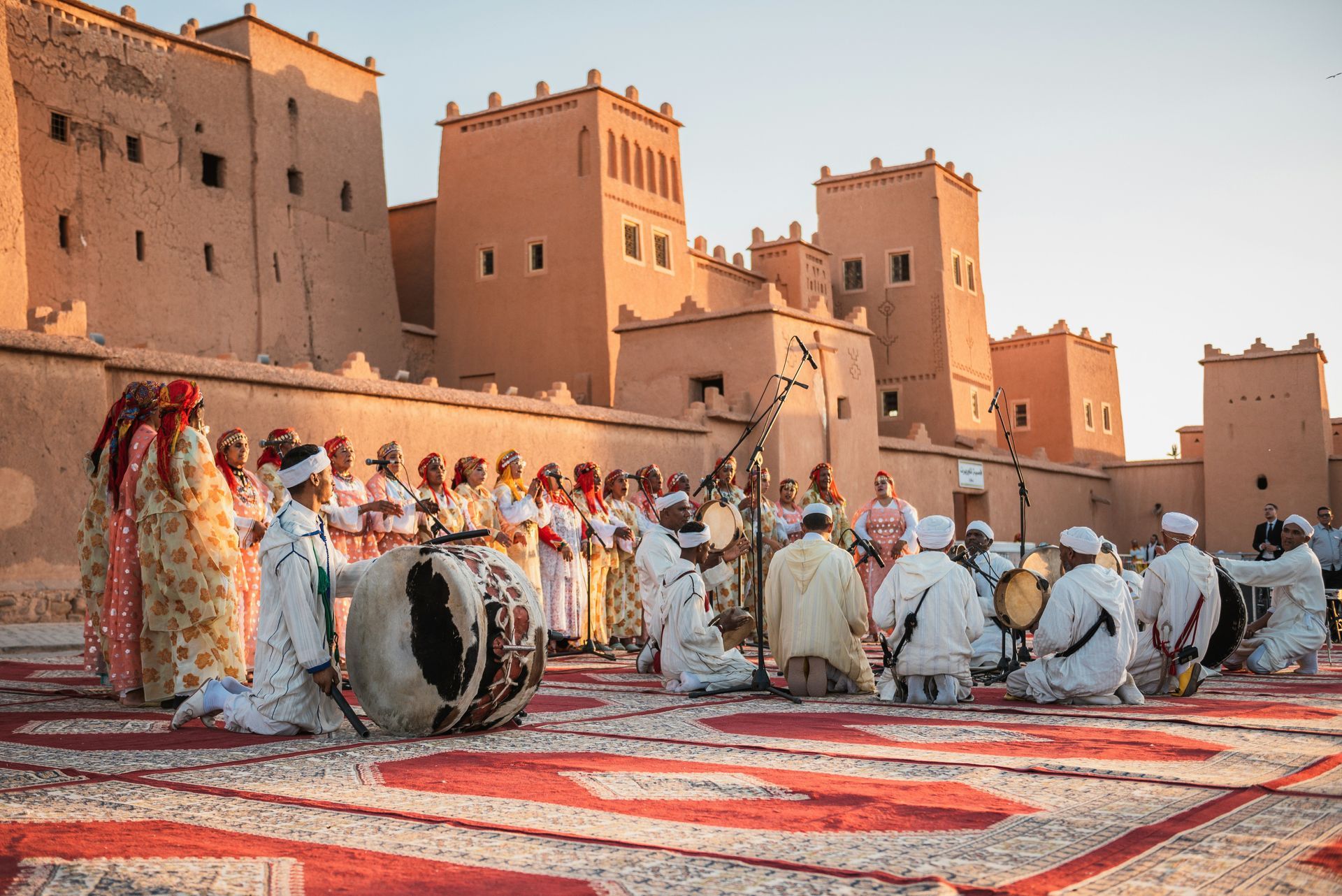
Slide title
Ouarzazate
Button
Slide title
Ouarzazate
Button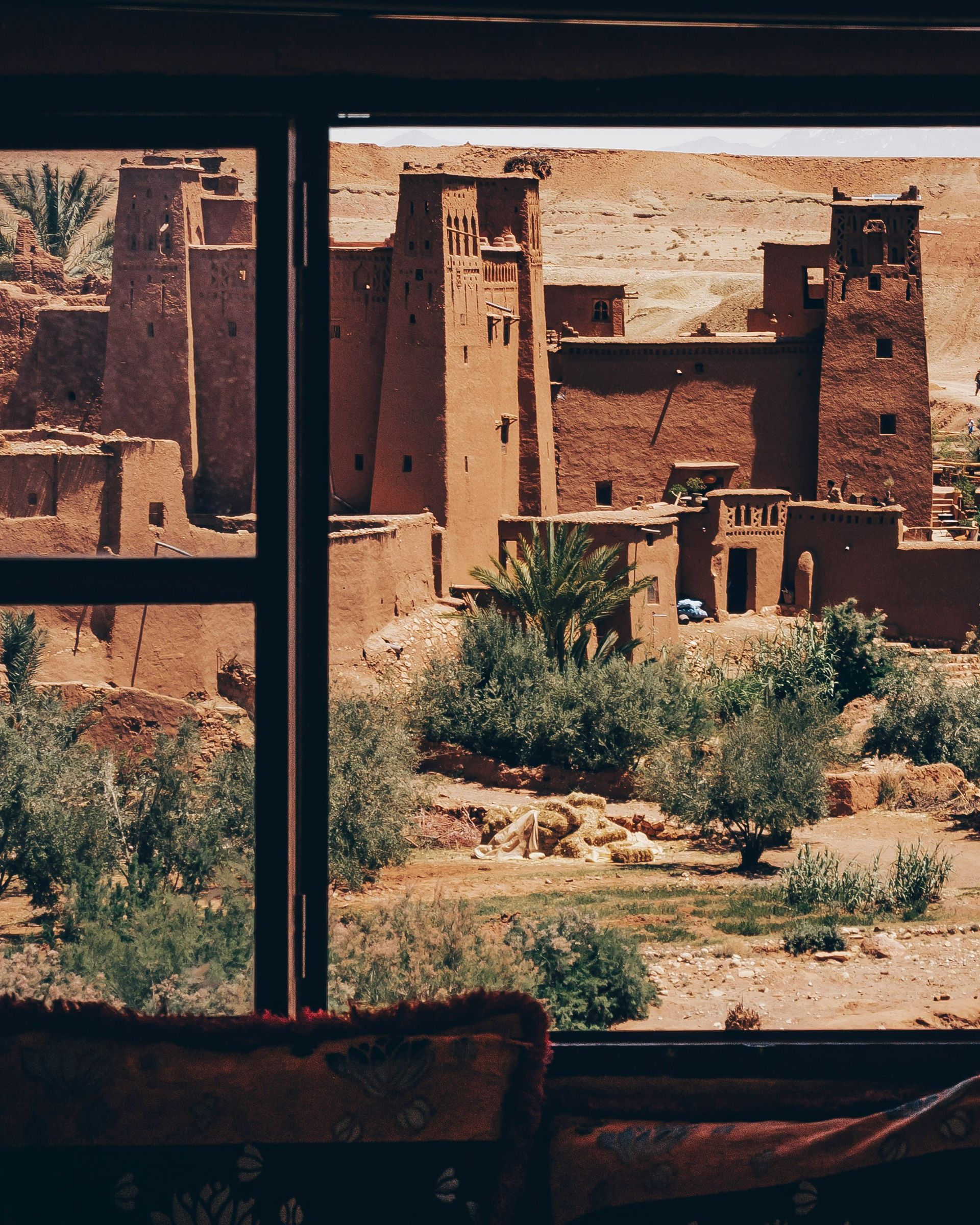
Slide title
Ouarzazate
Button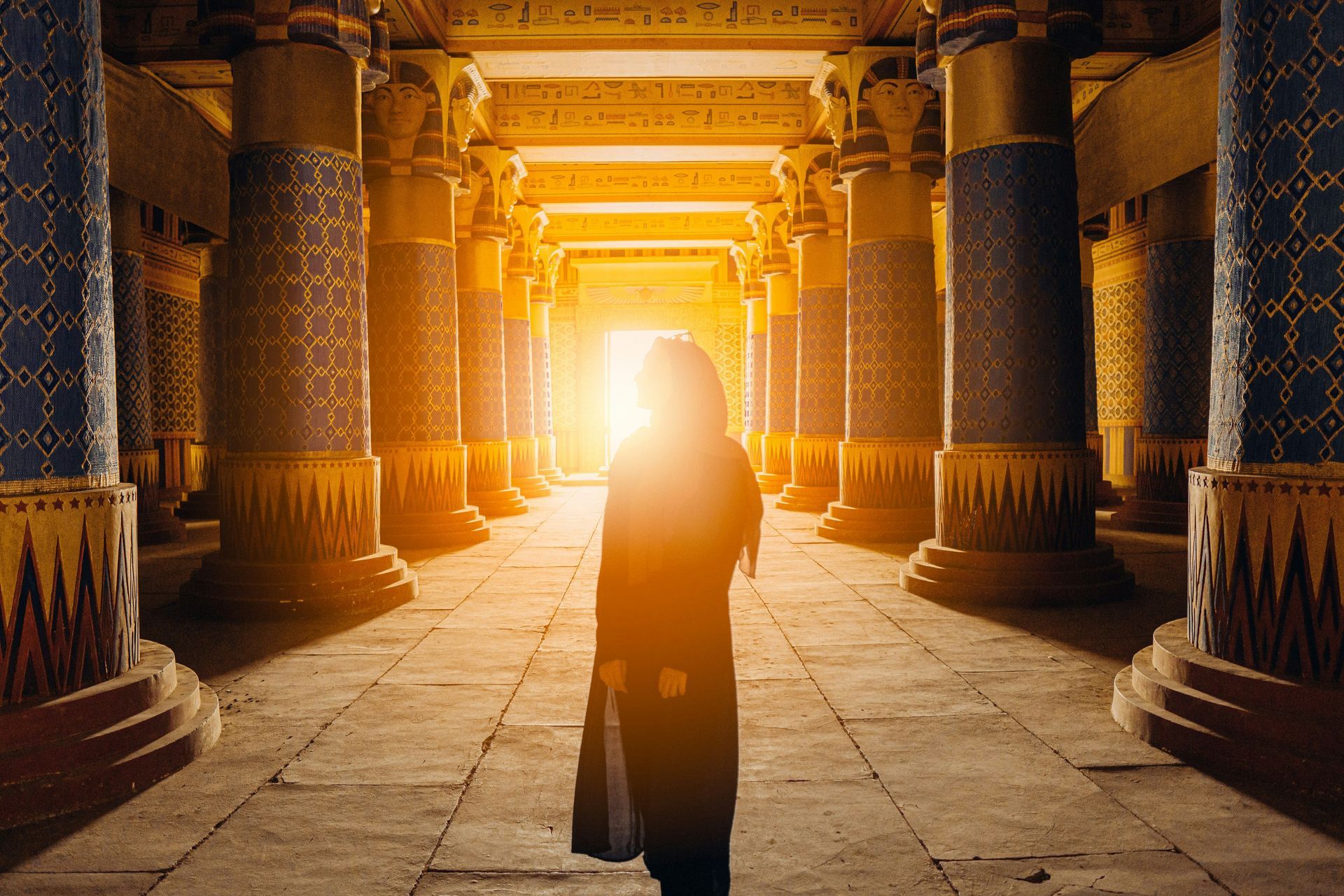
Slide title
Ouarzazate
Button
Slide title
Ouarzazate
Button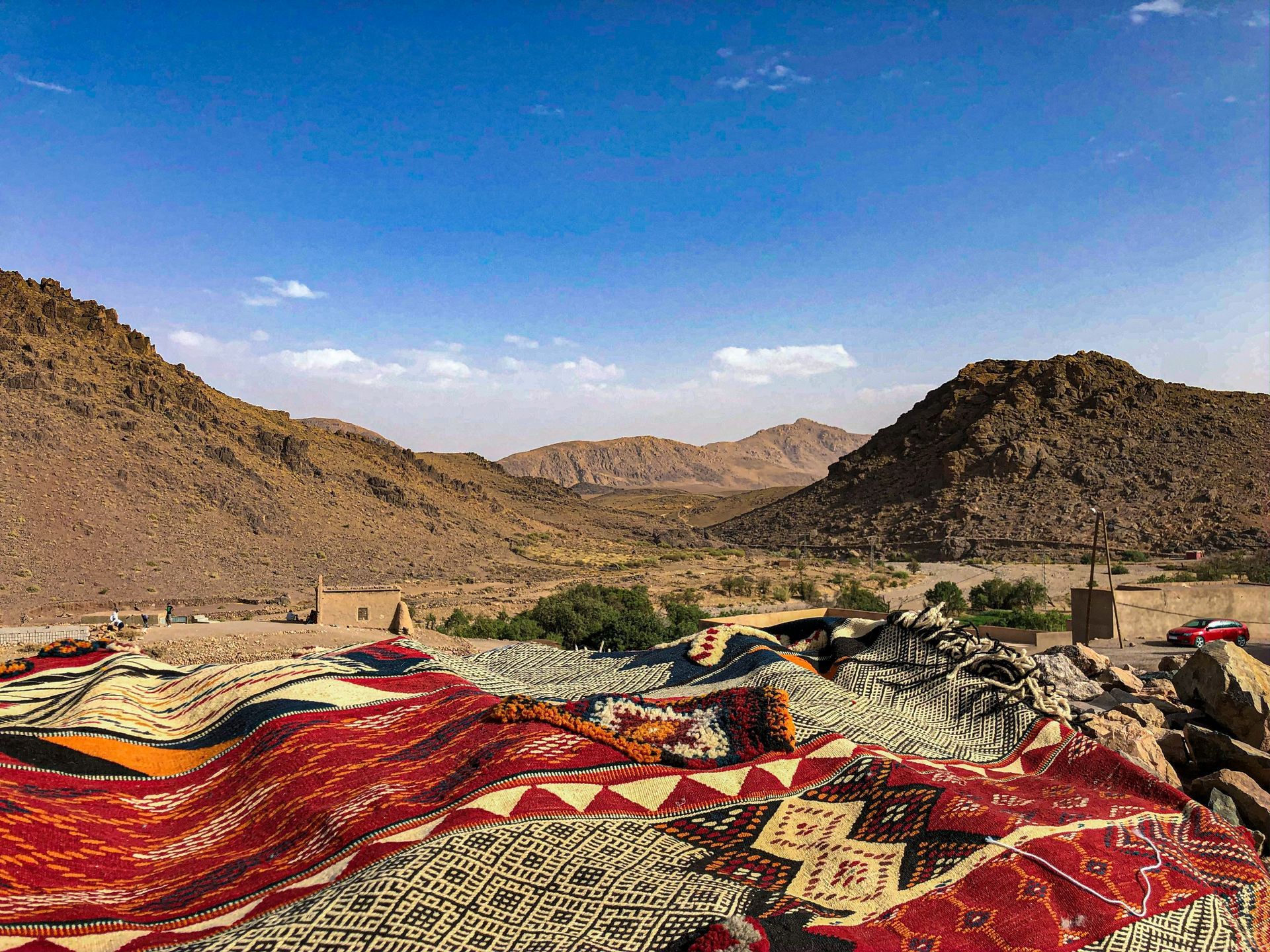
Slide title
Ouarzazate
Button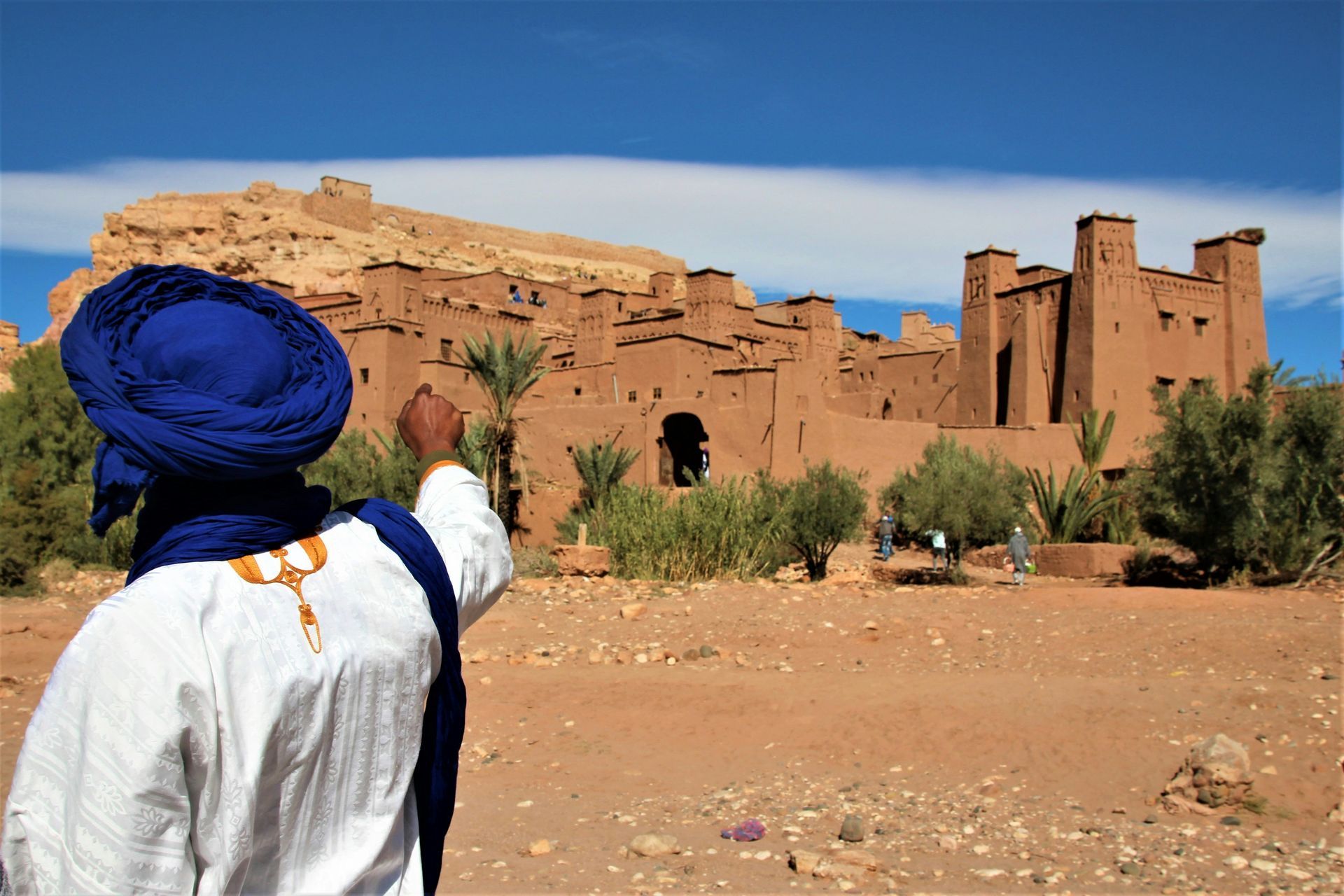
Slide title
Ouarzazate
Button
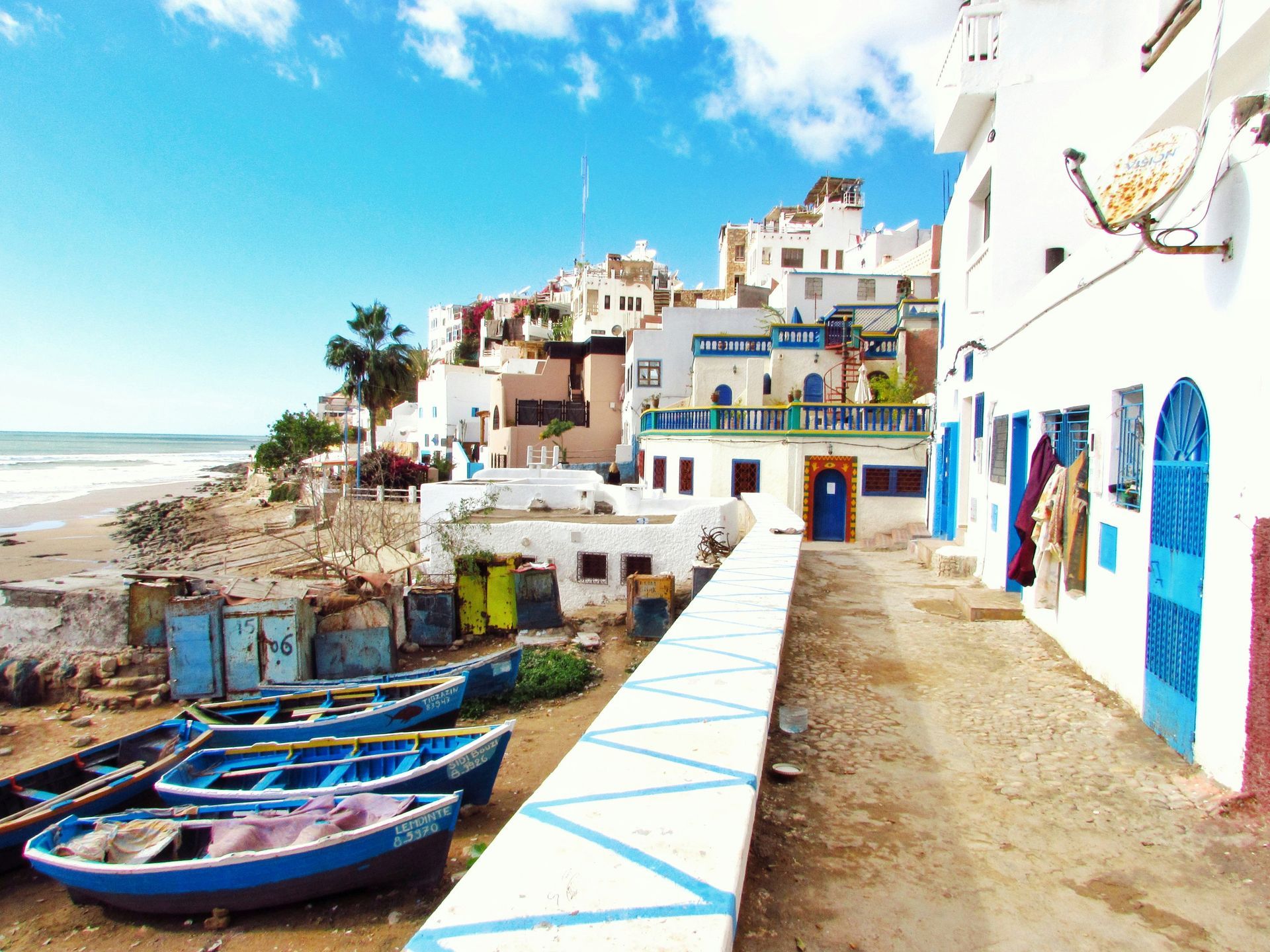
Slide title
Taghazout
Button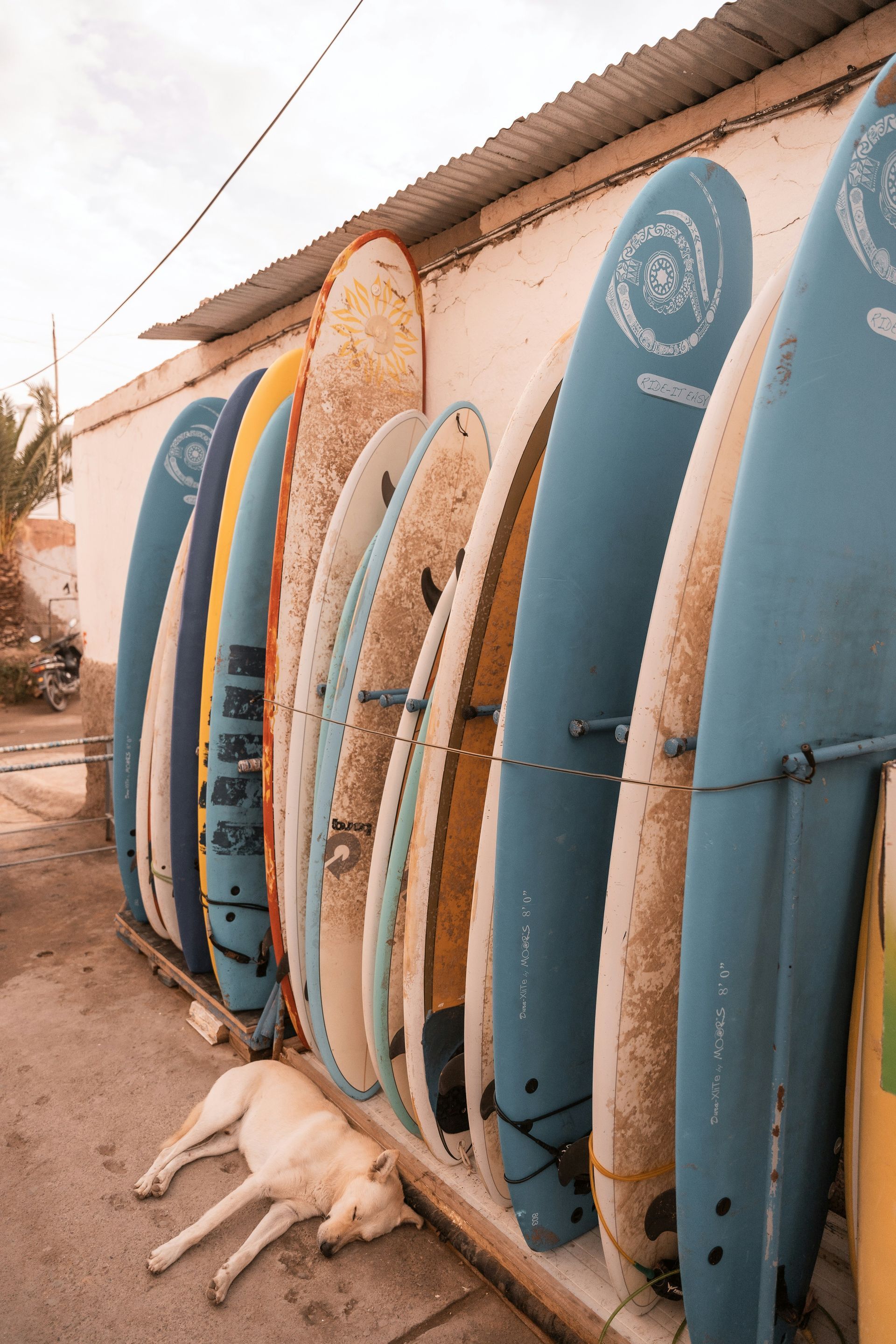
Slide title
Taghazout
Button
Slide title
Taghazout
Button
Slide title
Taghazout
Button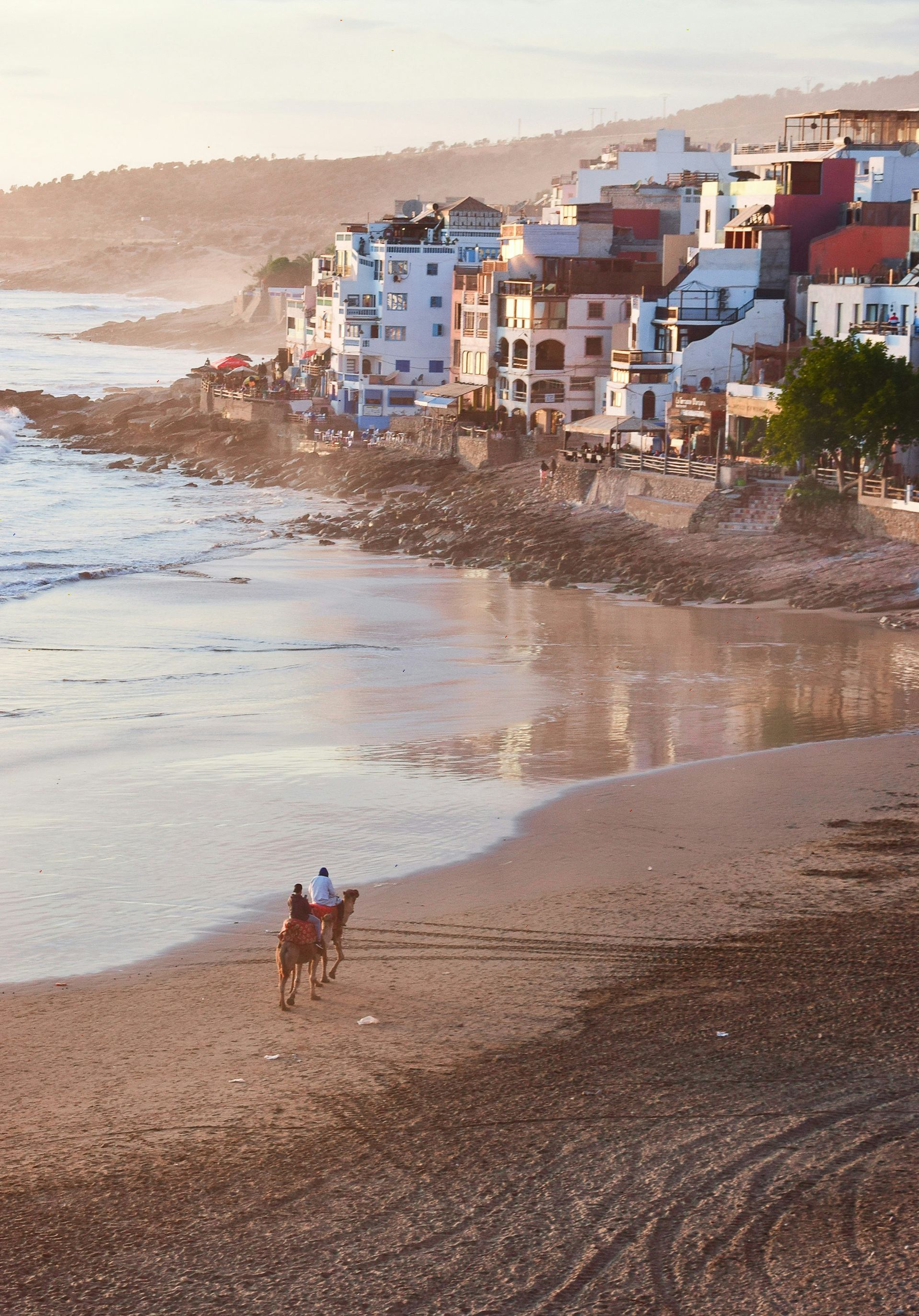
Slide title
Taghazout
Button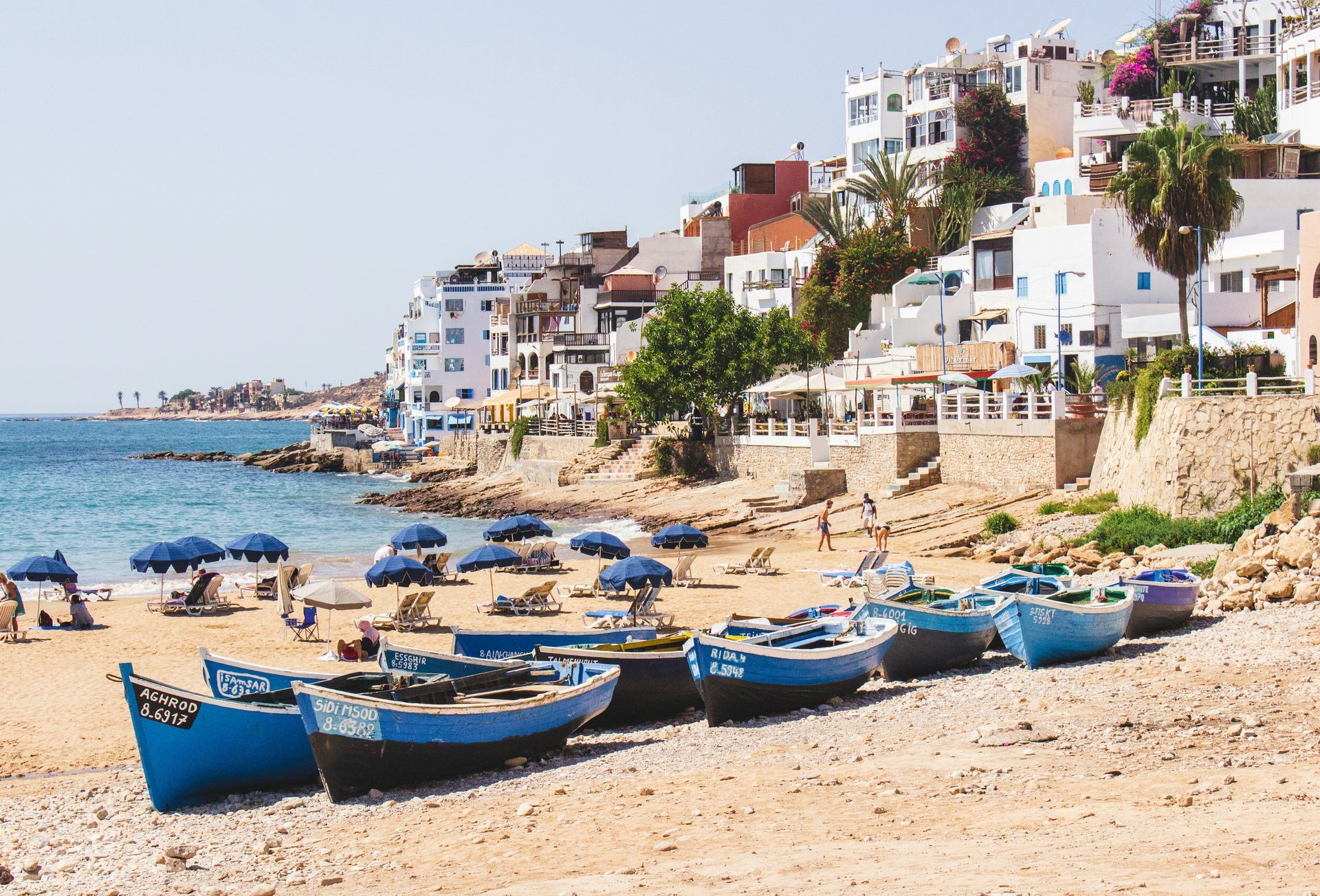
Slide title
Taghazout
Button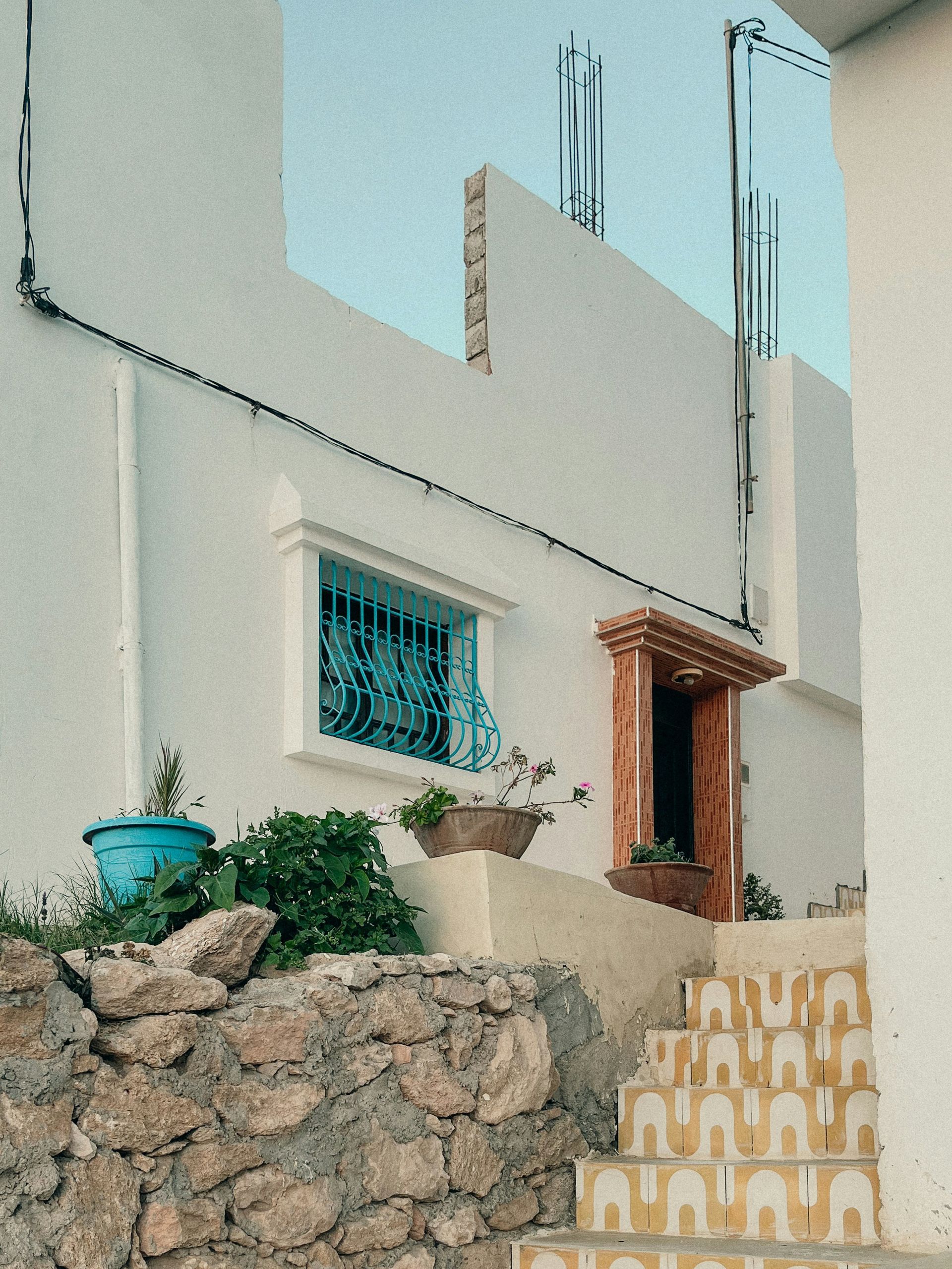
Slide title
Taghazout
Button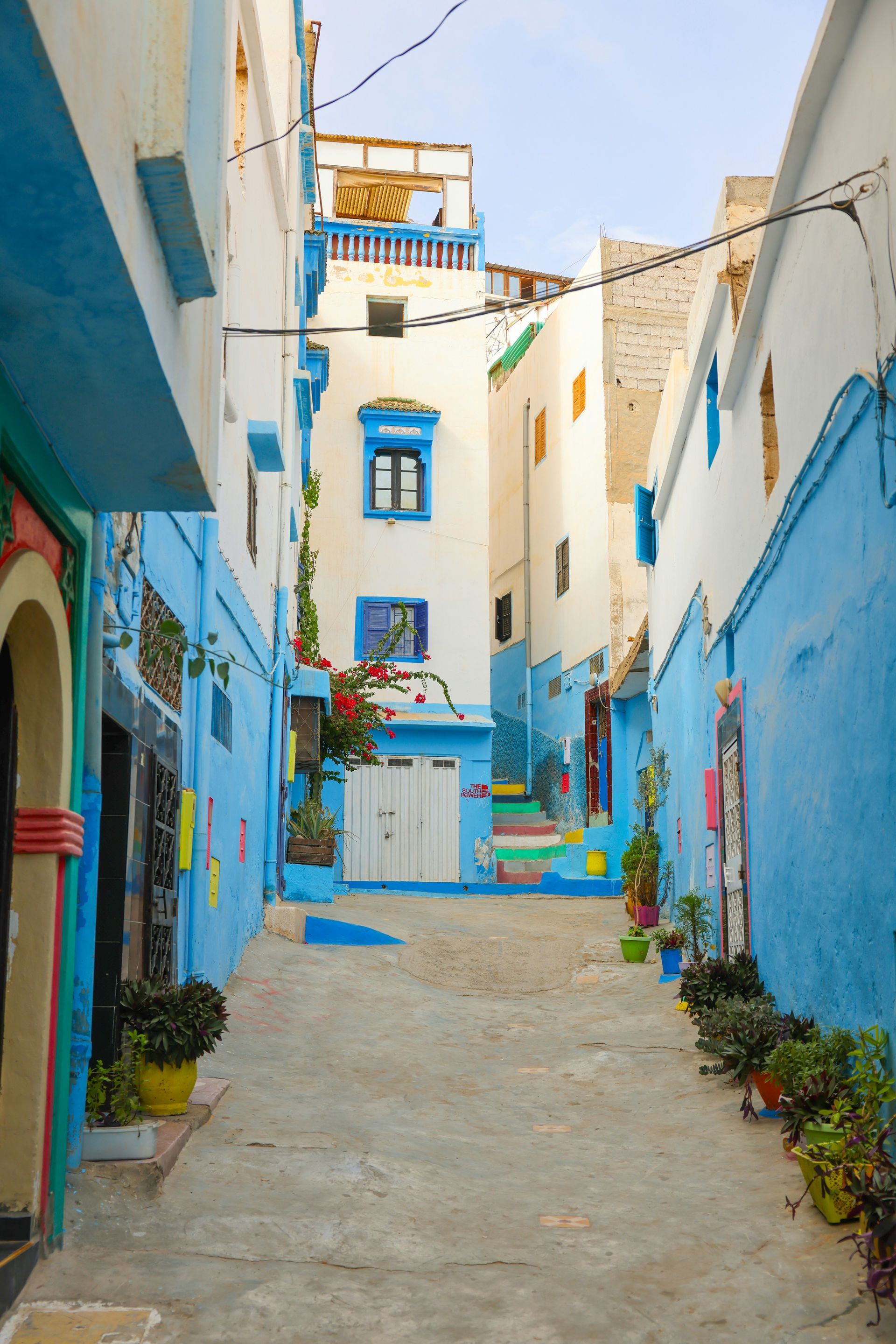
Slide title
Taghazout
Button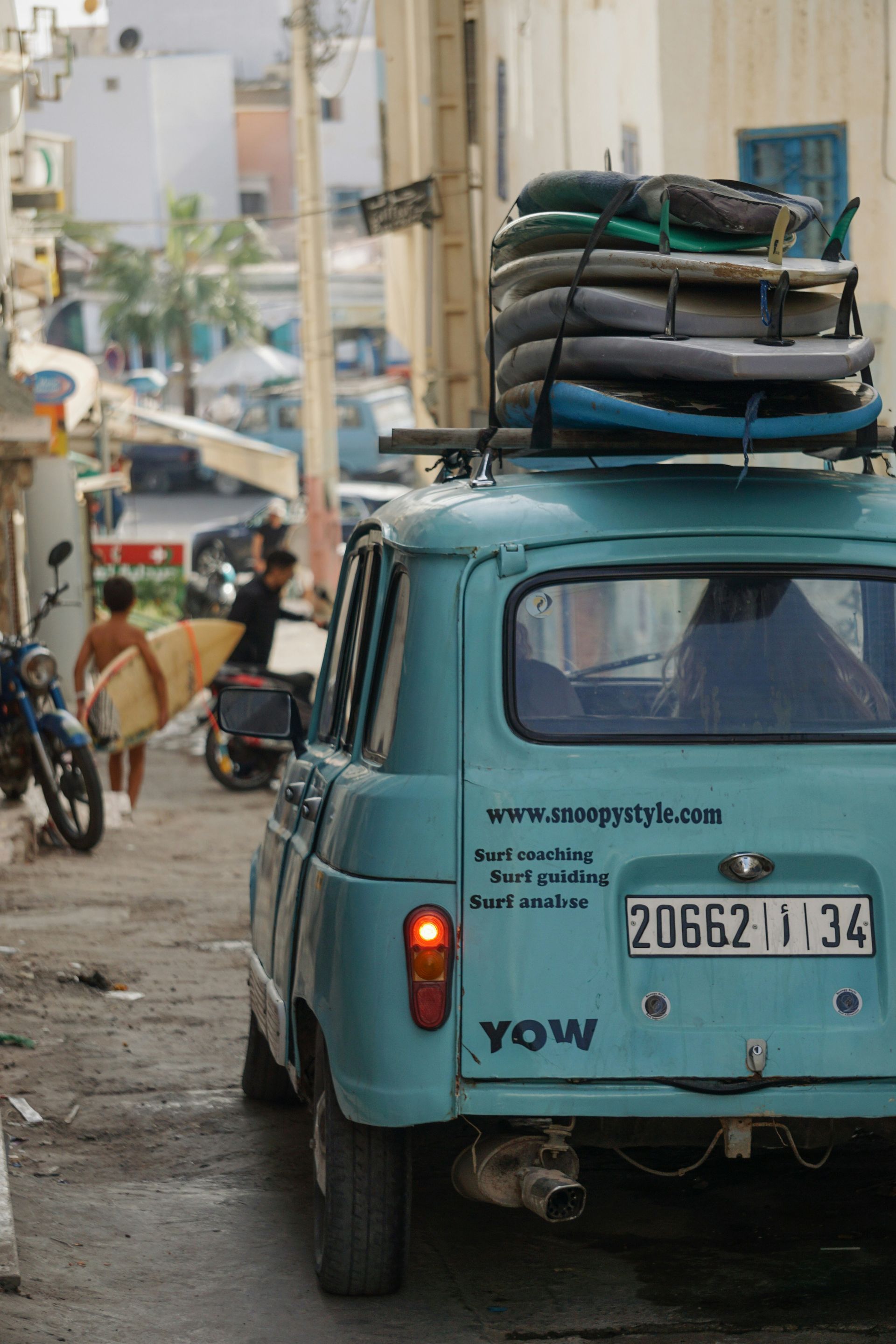
Slide title
Taghazout
Button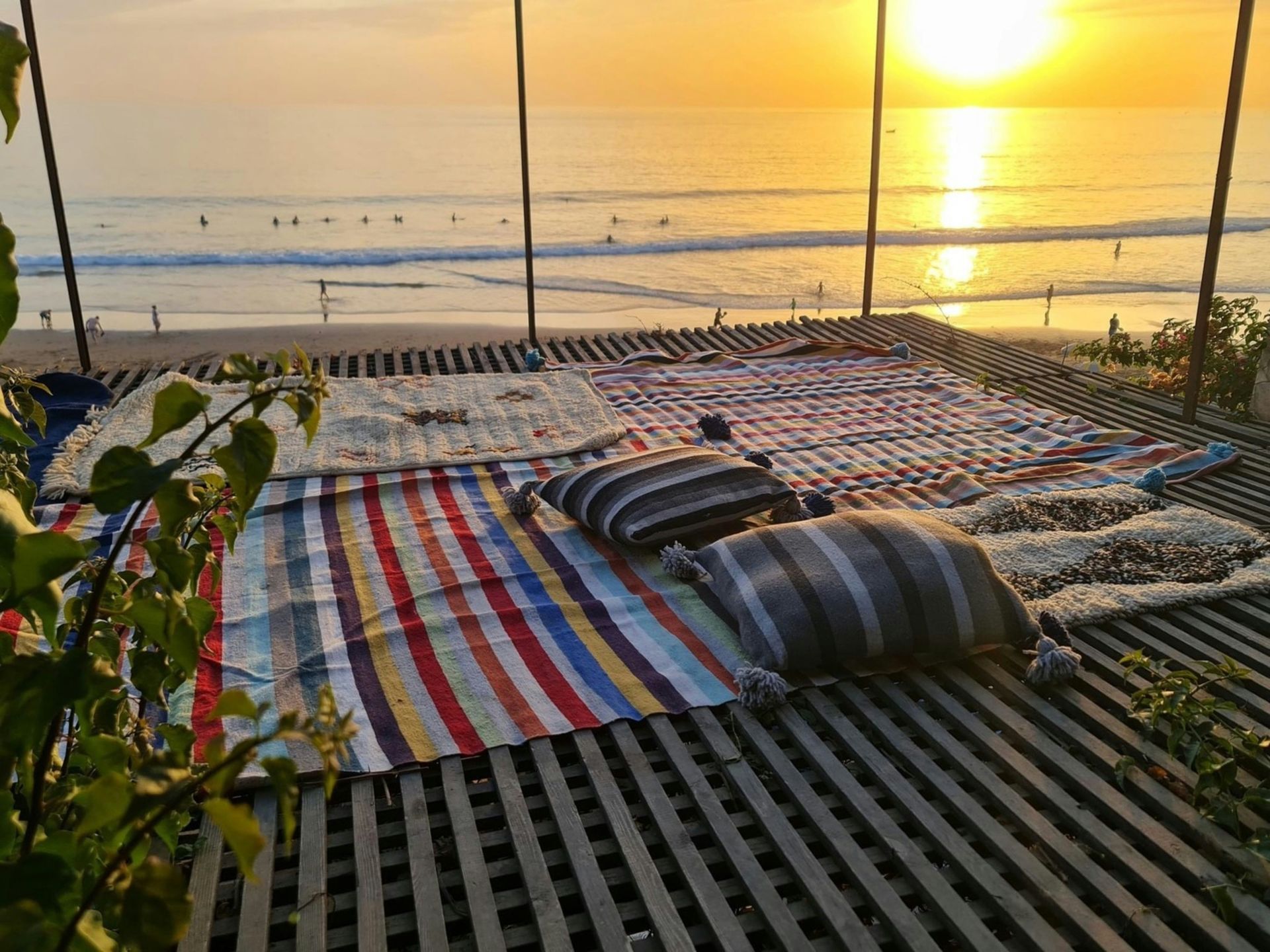
Slide title
Taghazout
Button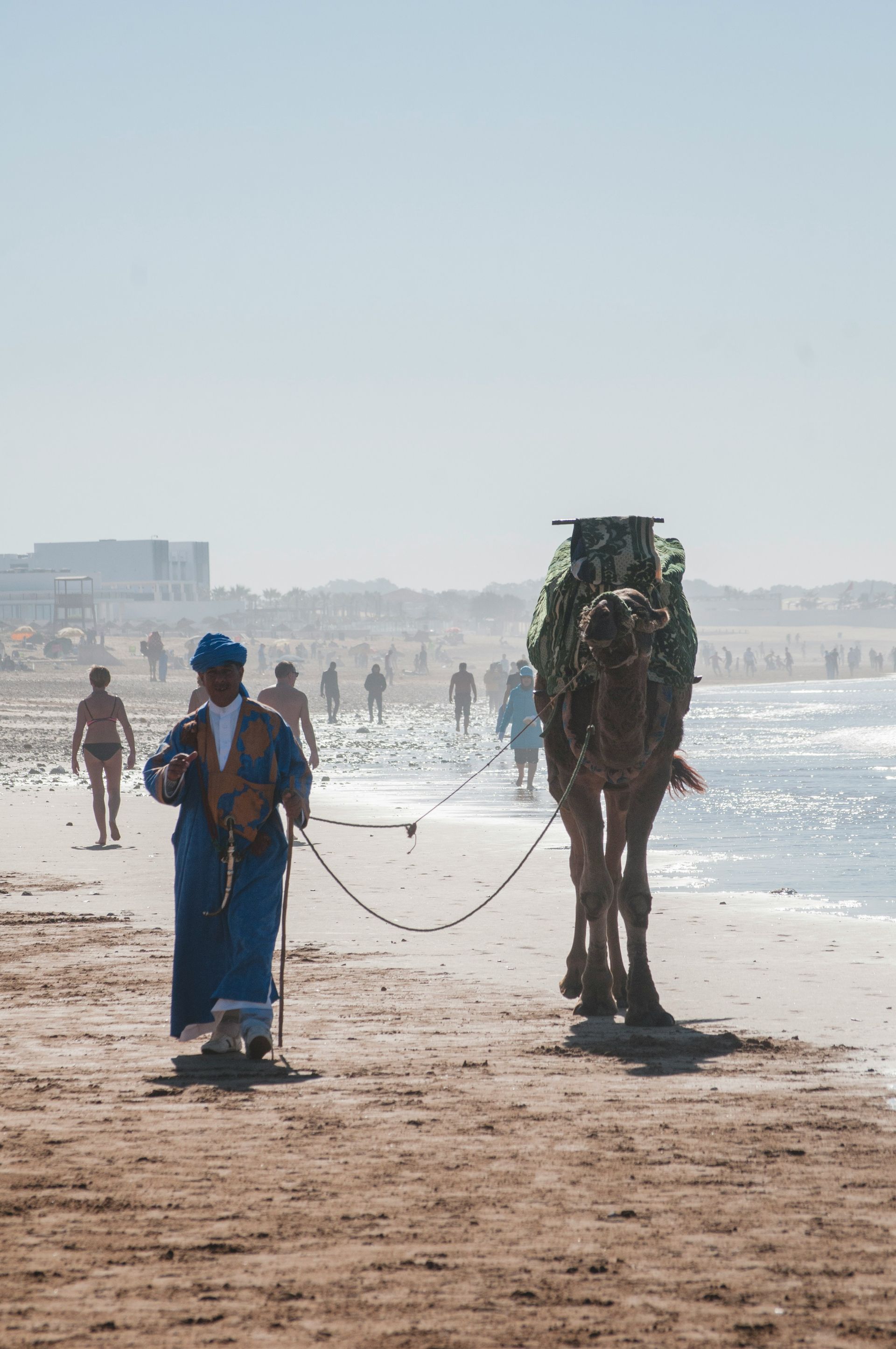
Slide title
Taghazout
Button
Slide title
Taghazout
Button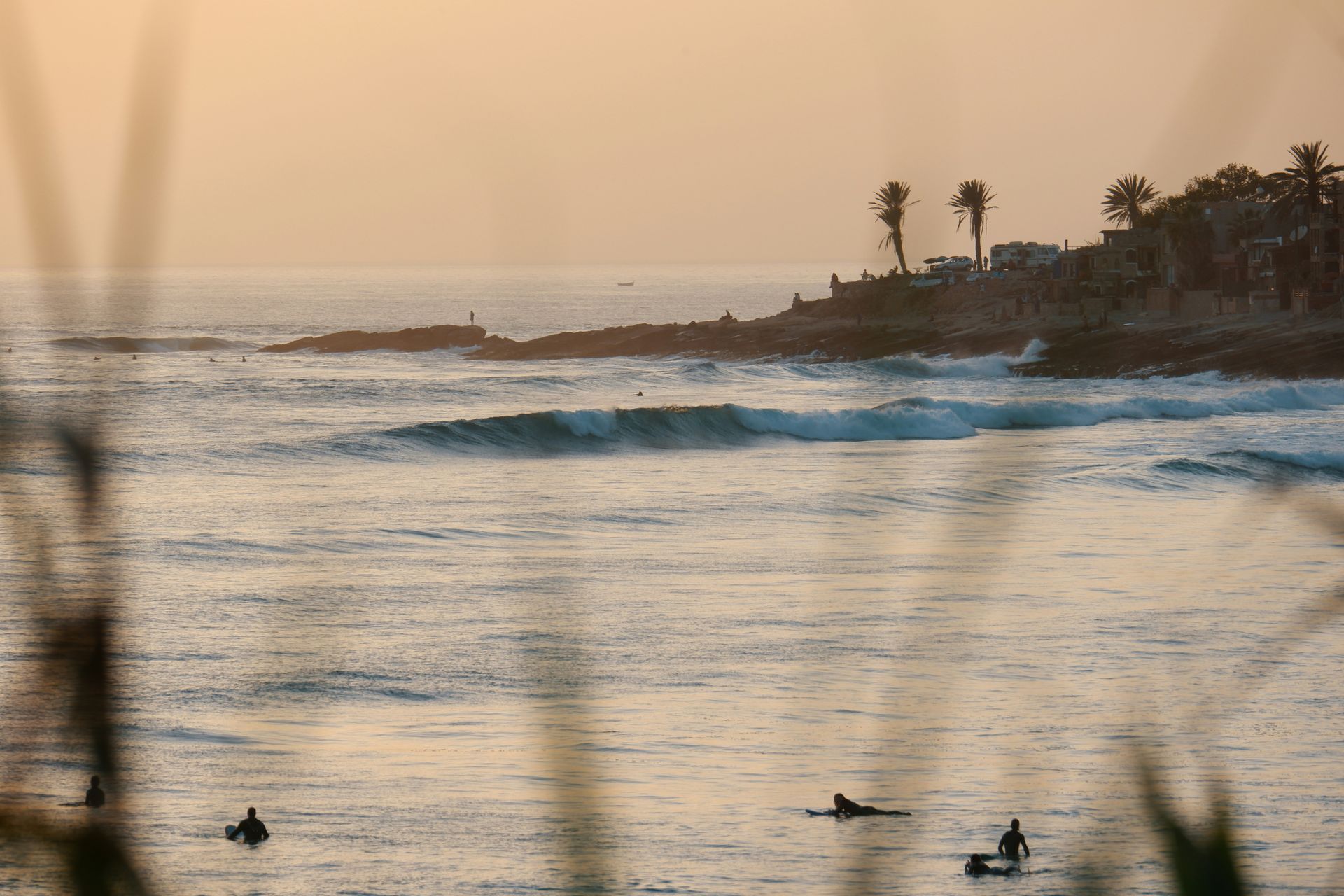
Slide title
Taghazout
Button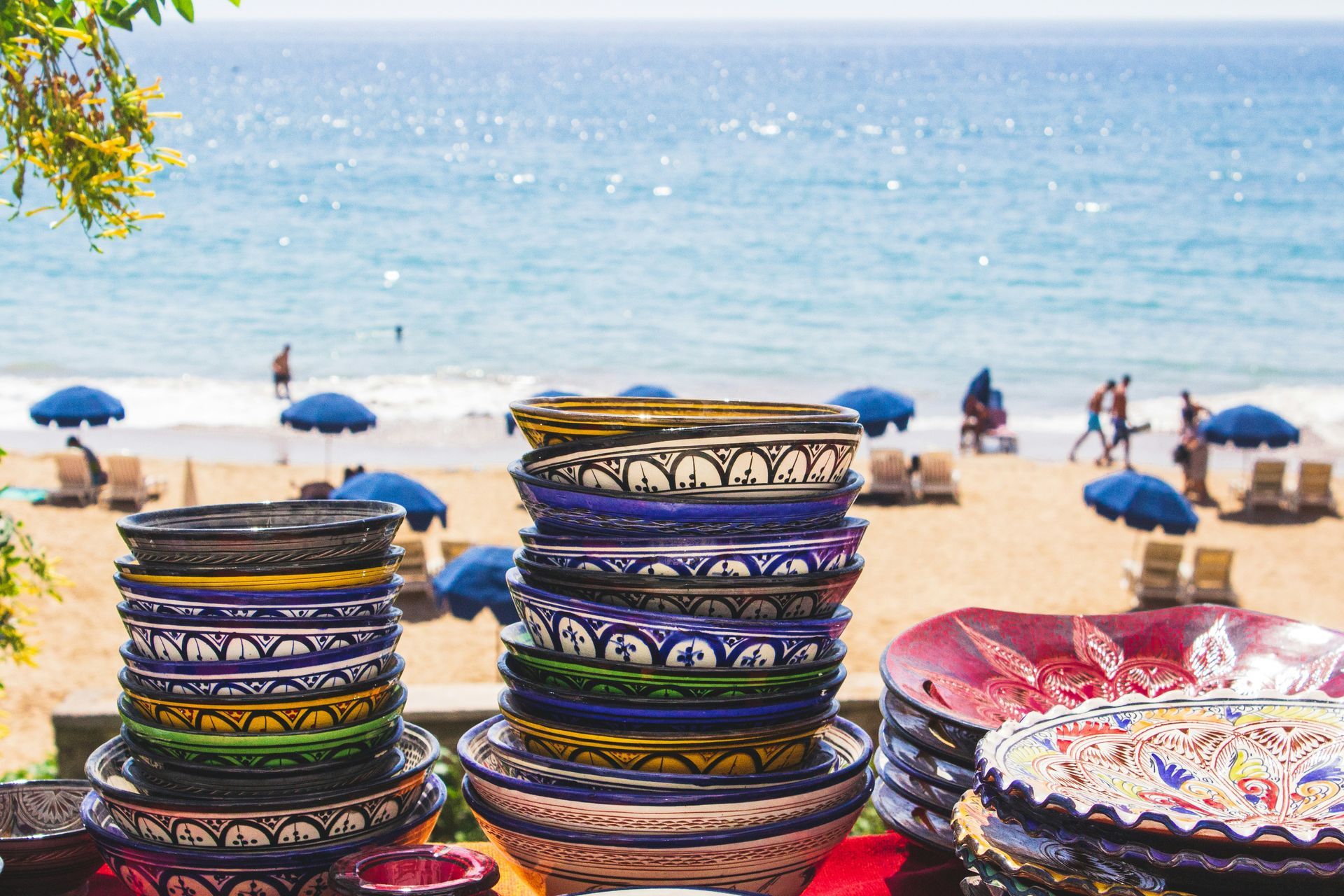
Slide title
Taghazout
Button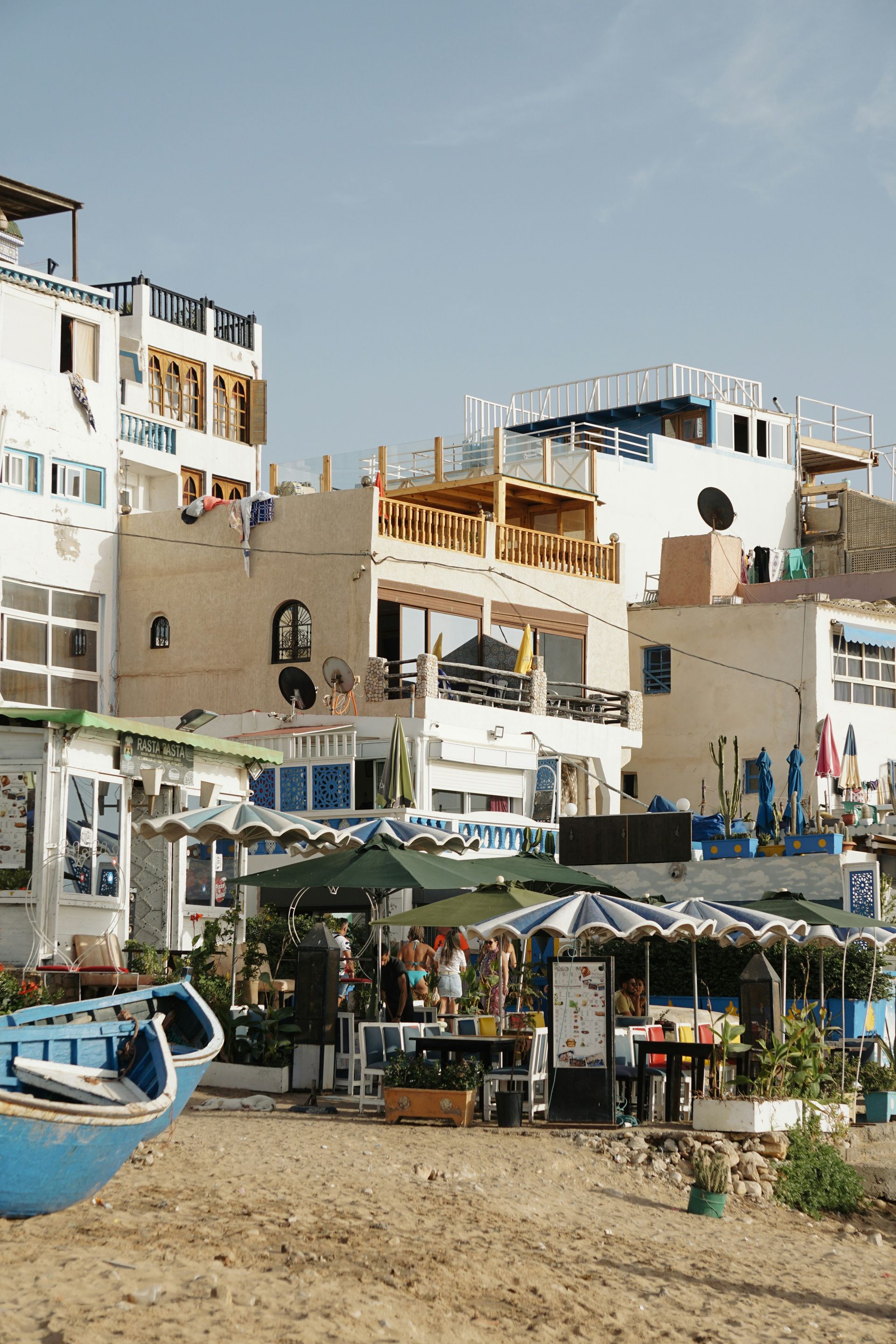
Slide title
Taghazout
Button

Slide title
Toubkal
Button
Slide title
Toubkal
Button
Slide title
Toubkal
Button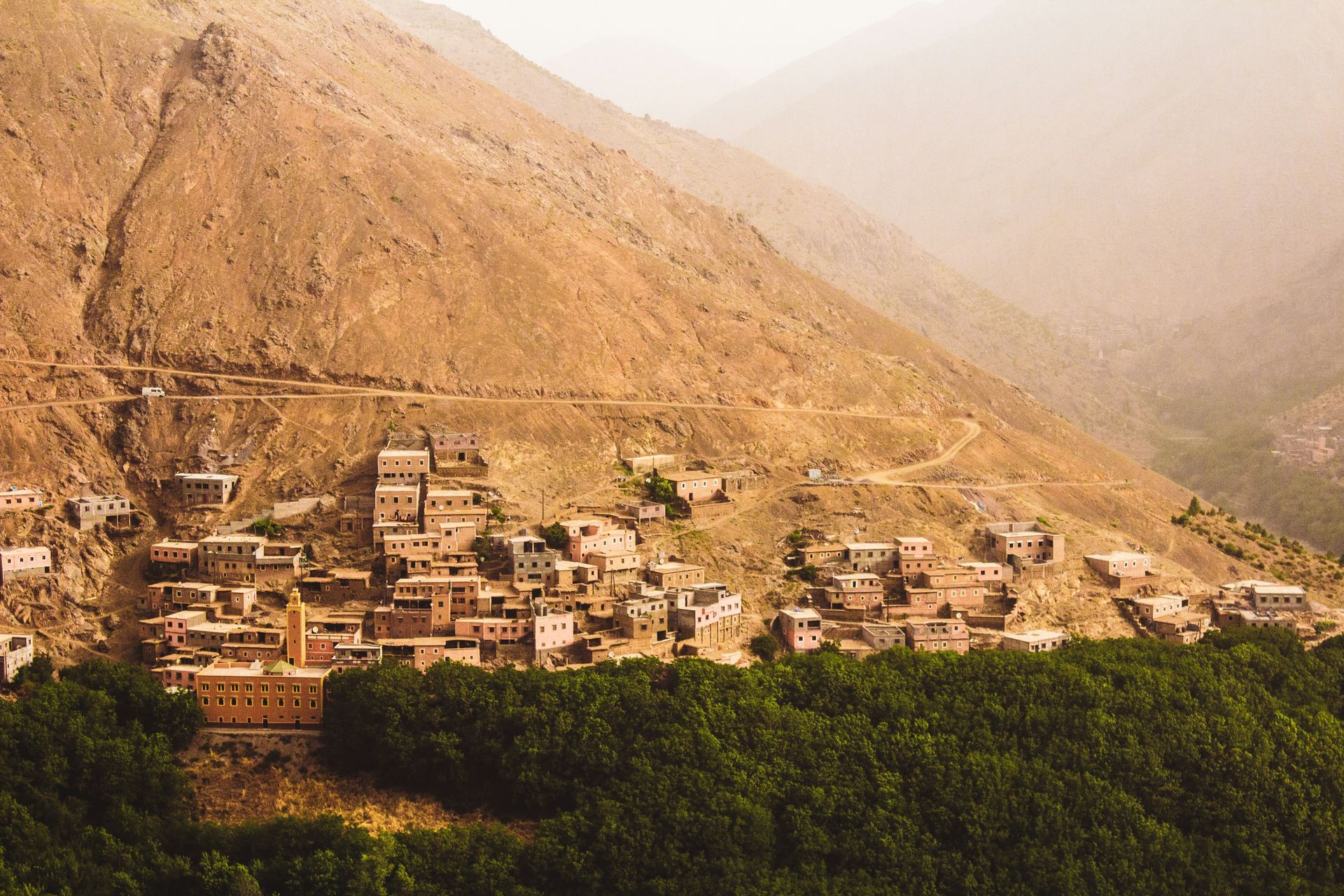
Slide title
Toubkal
Button
Slide title
Toubkal
Button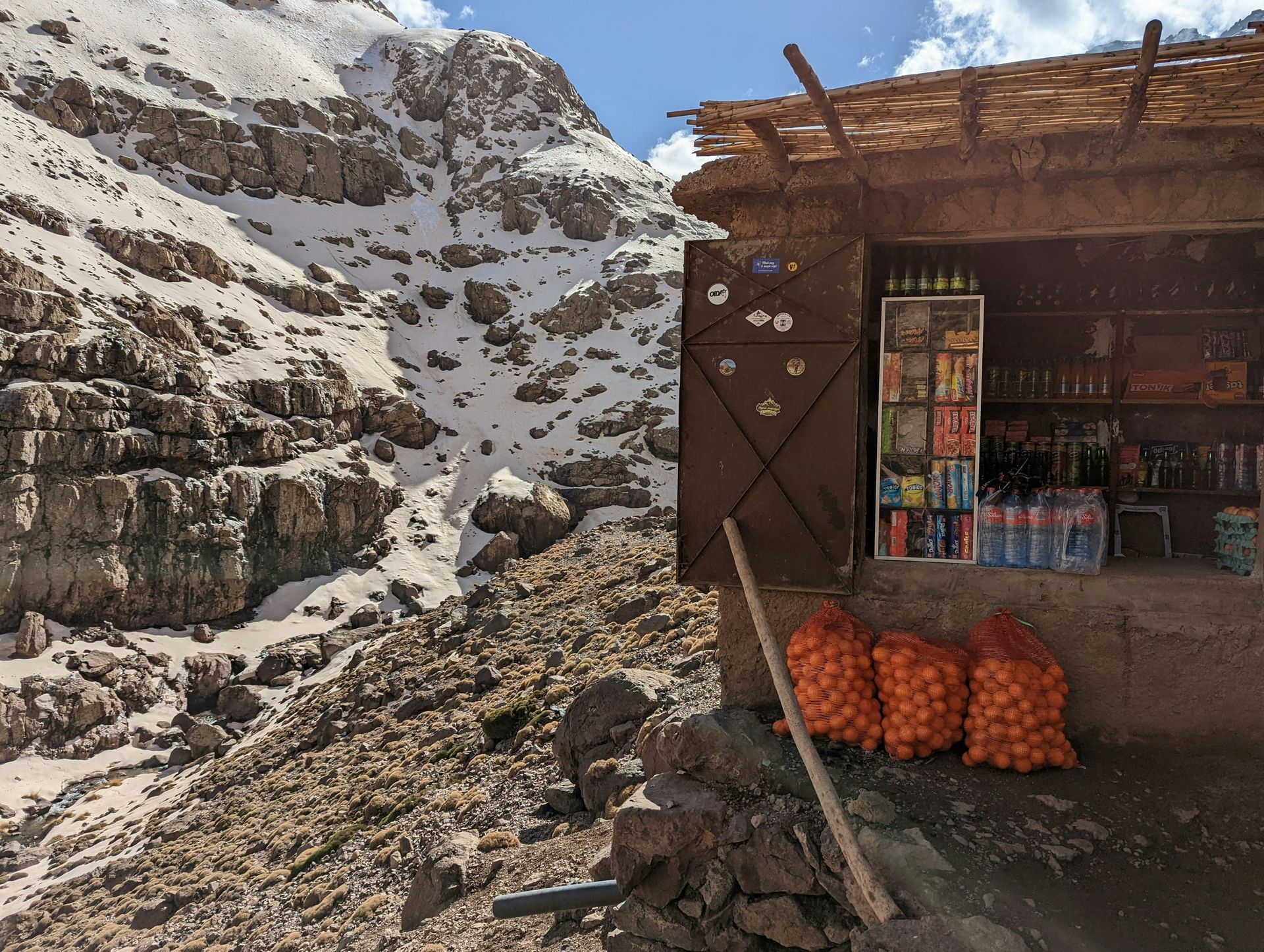
Slide title
Toubkal
Button
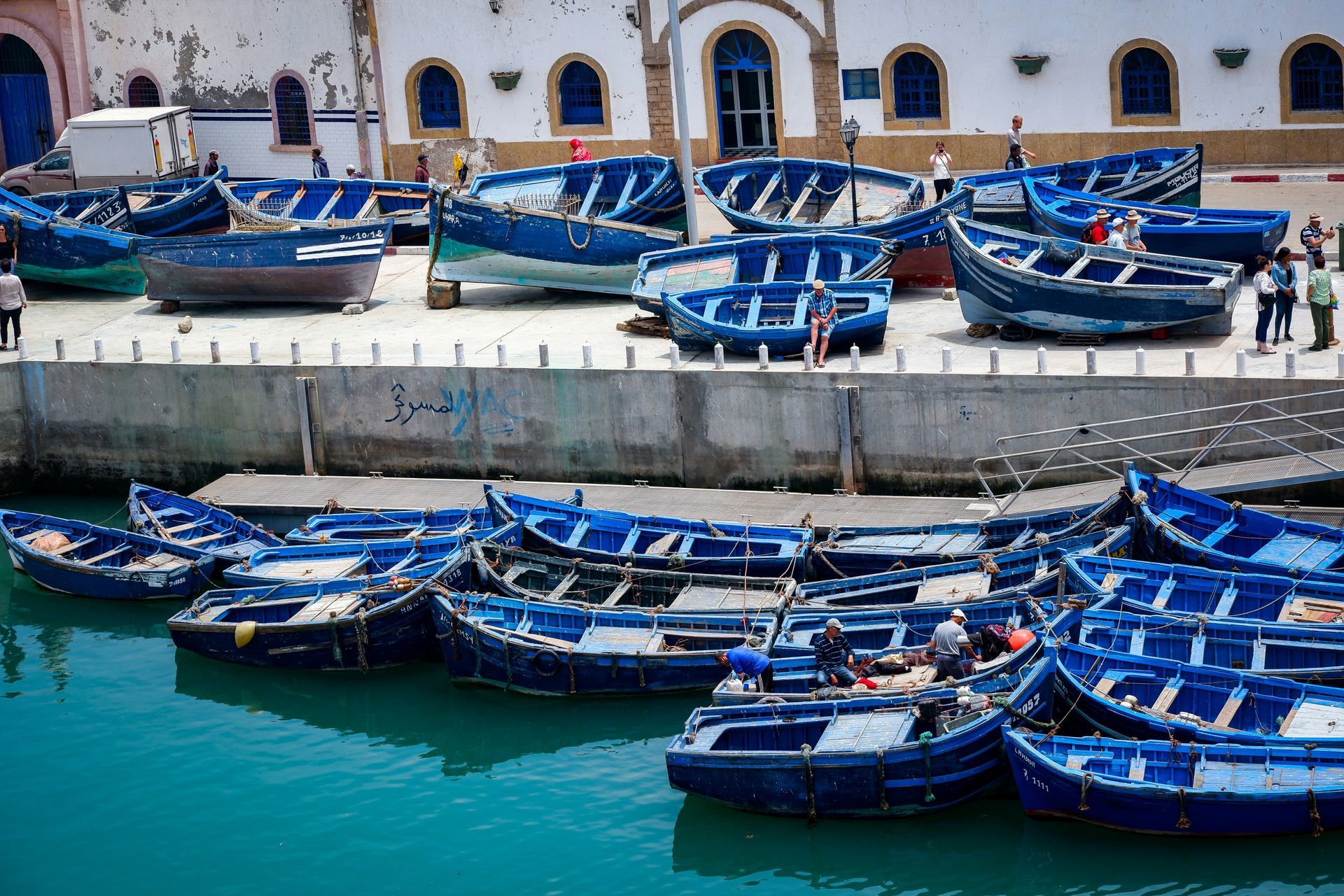
Slide title
Essaouira
Button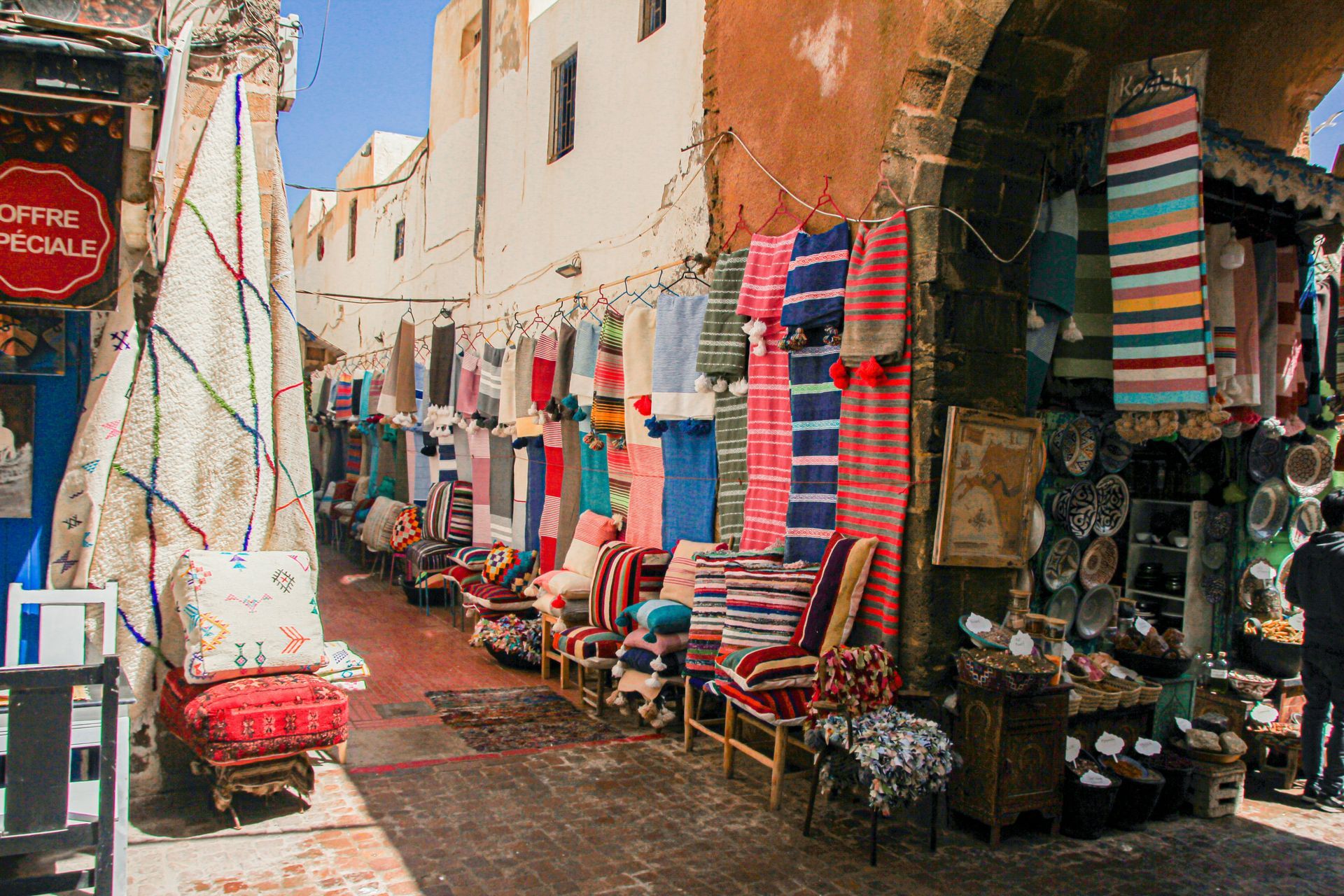
Slide title
Essaouira
Button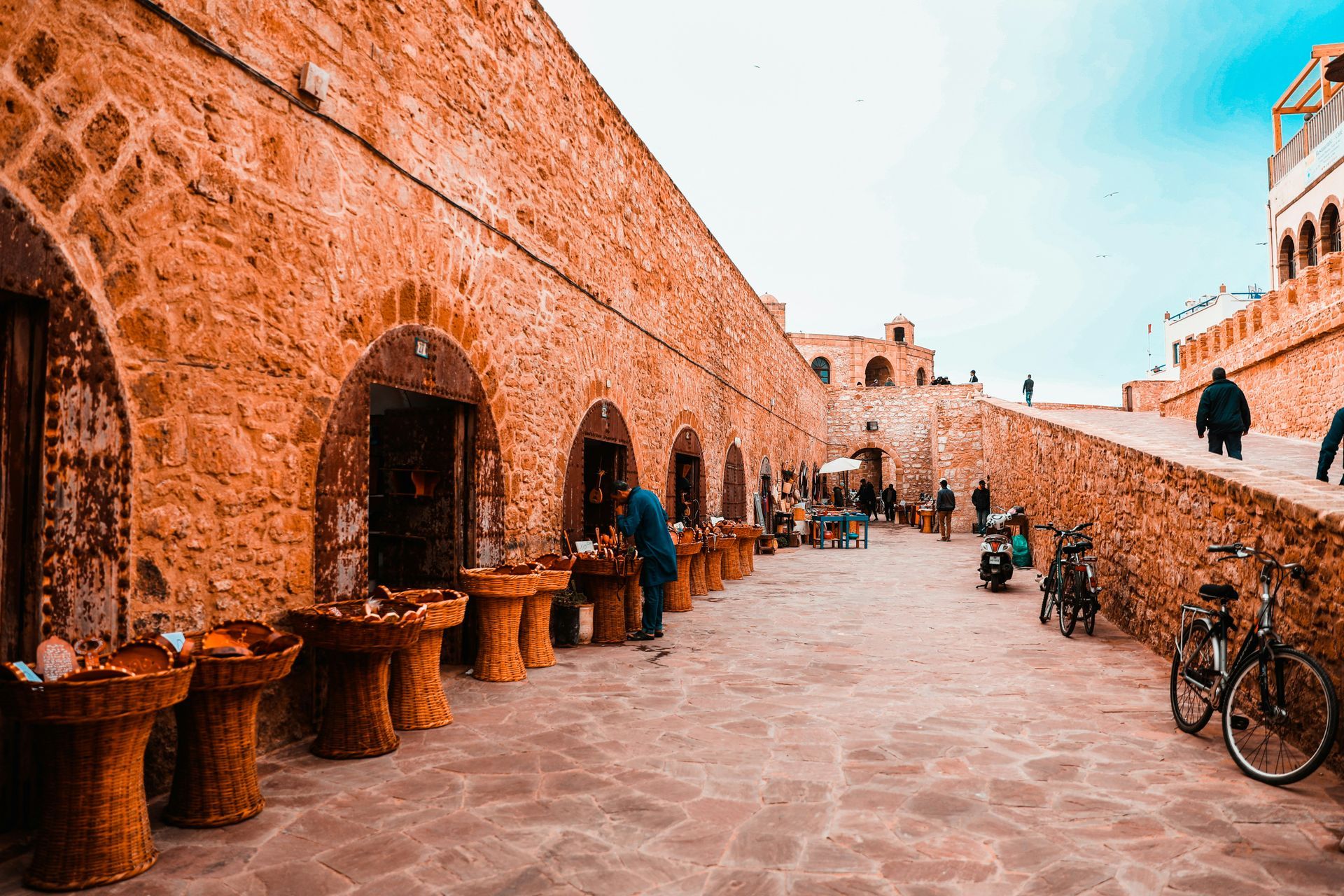
Slide title
Essaouira
Button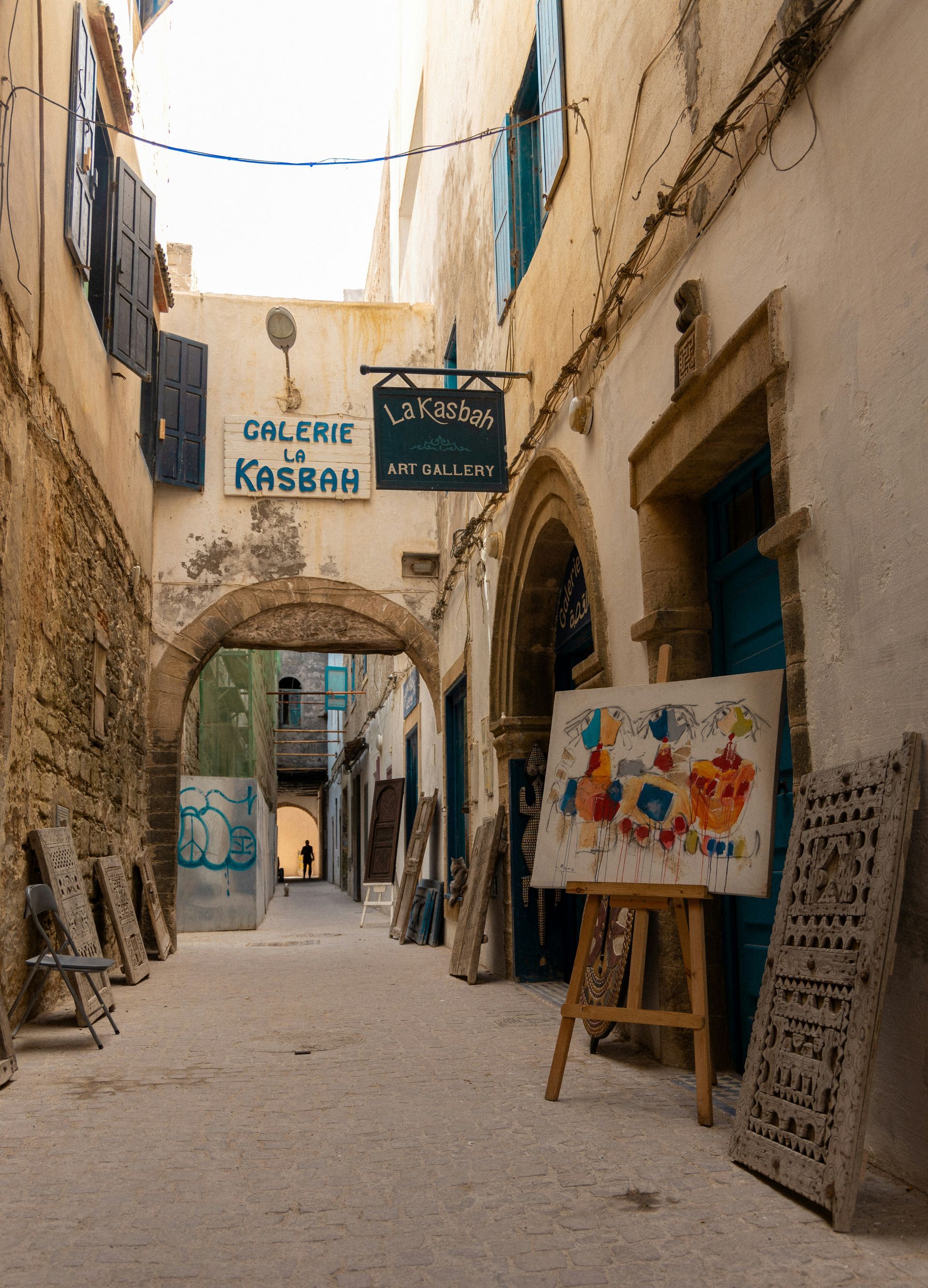
Slide title
Essaouira
Button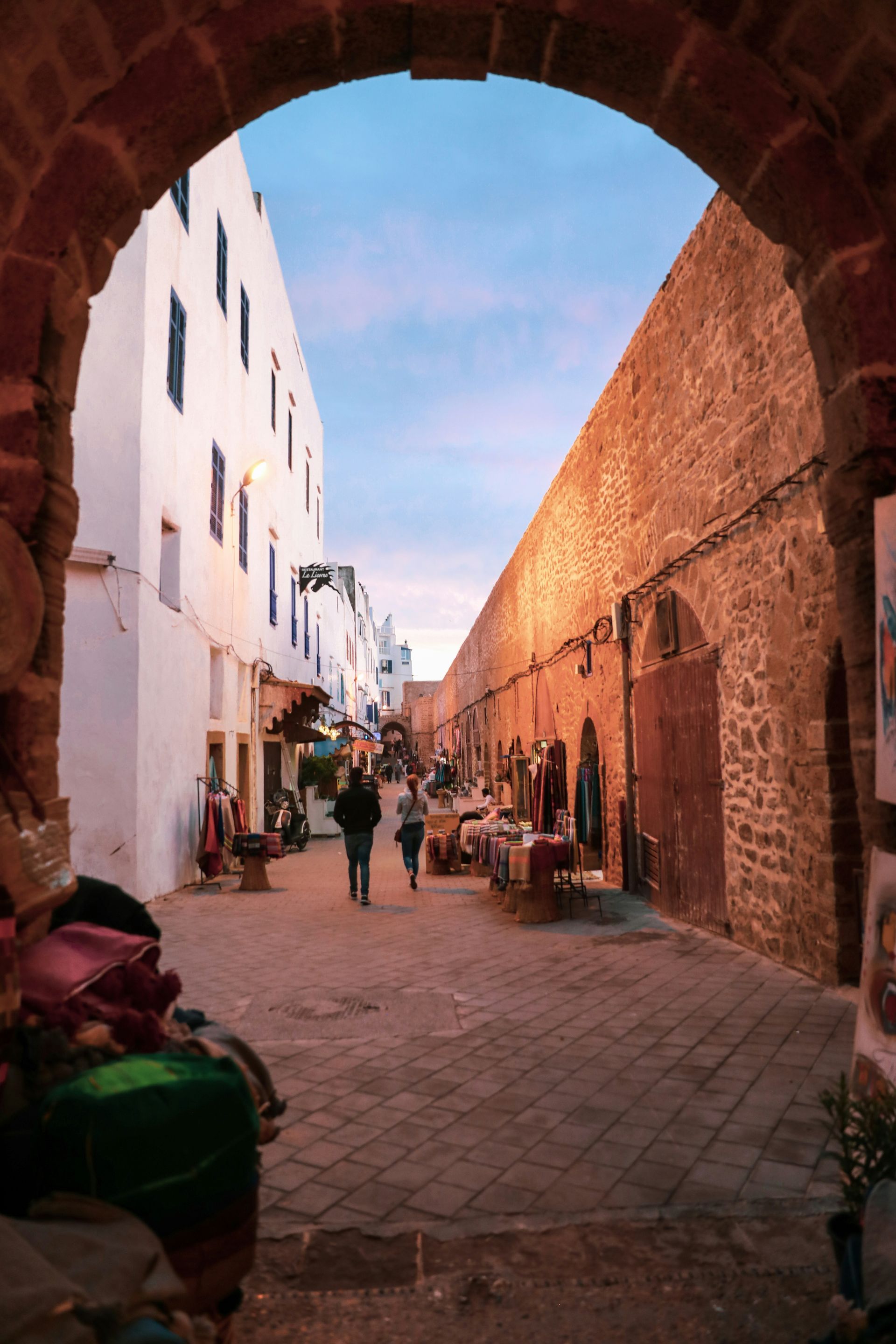
Slide title
Essaouira
Button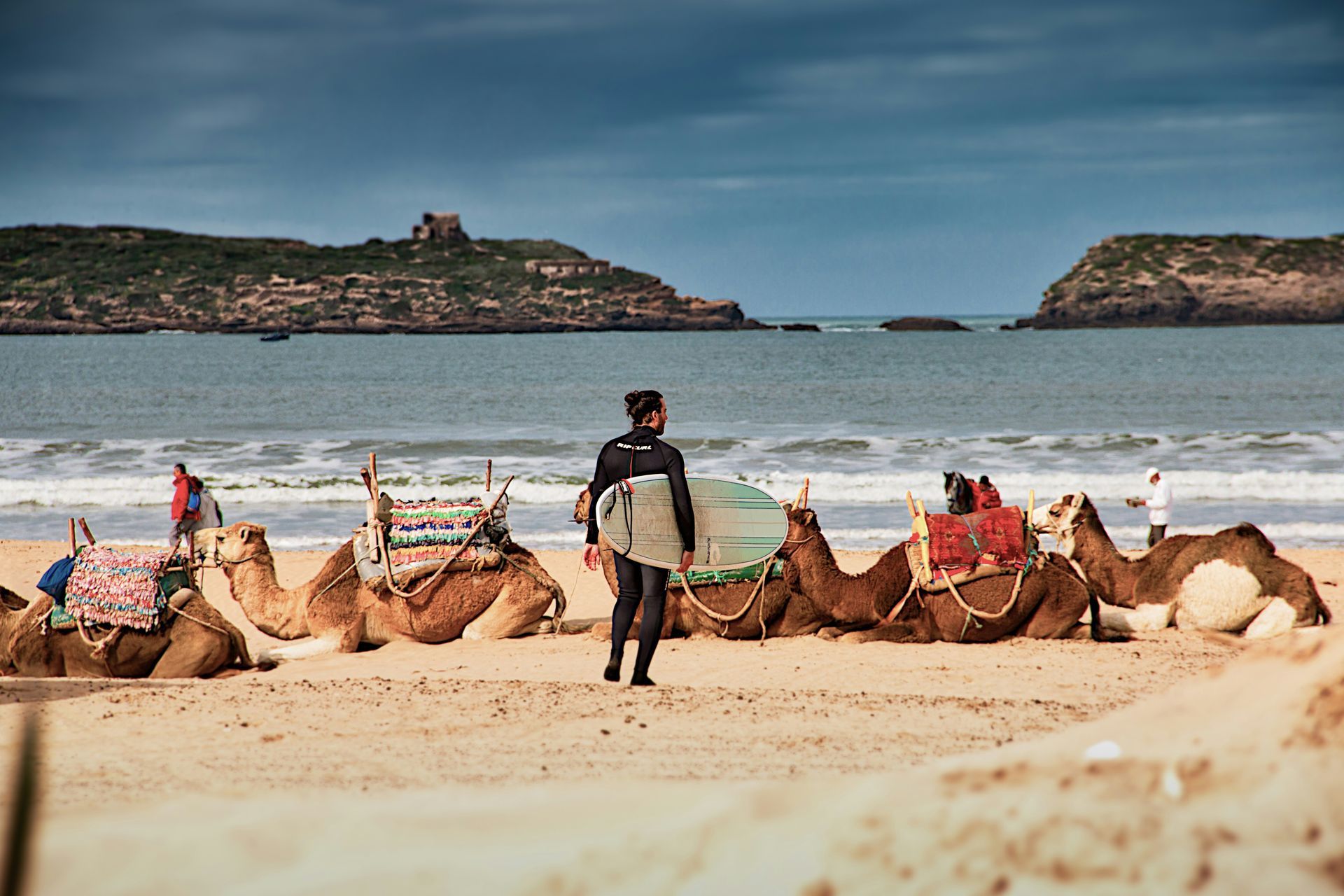
Slide title
Essaouira
Button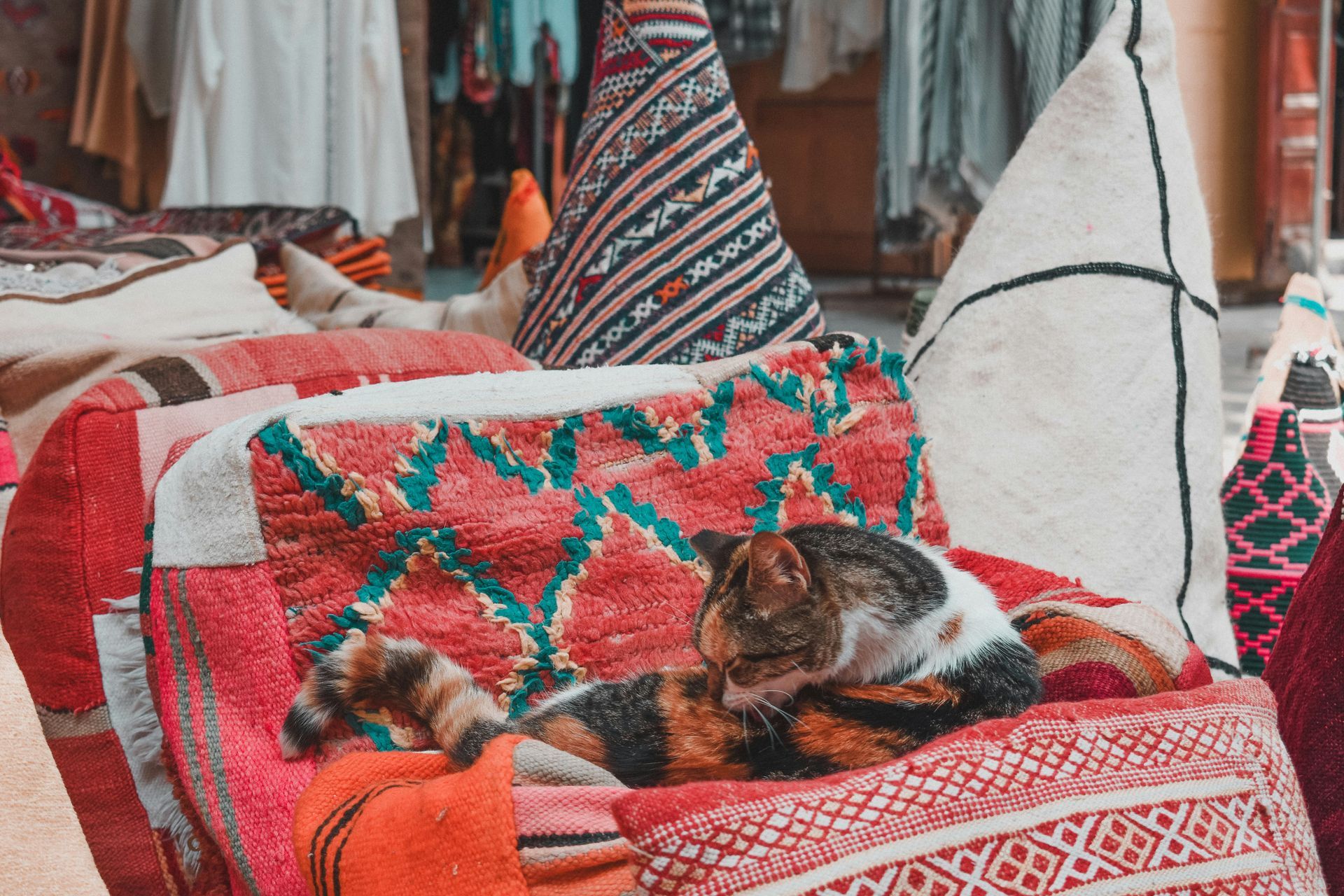
Slide title
Essaouira
Button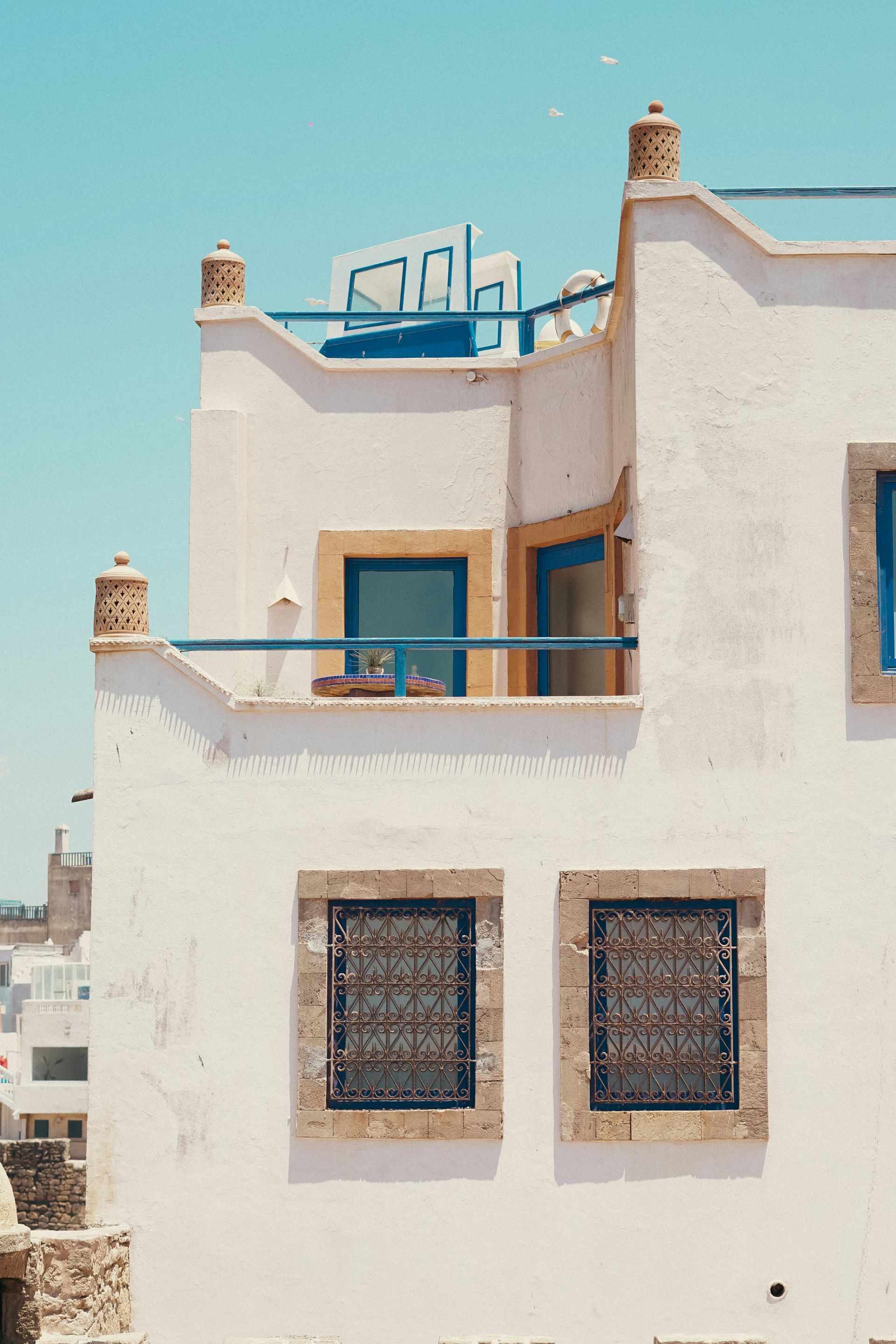
Slide title
Essaouira
Button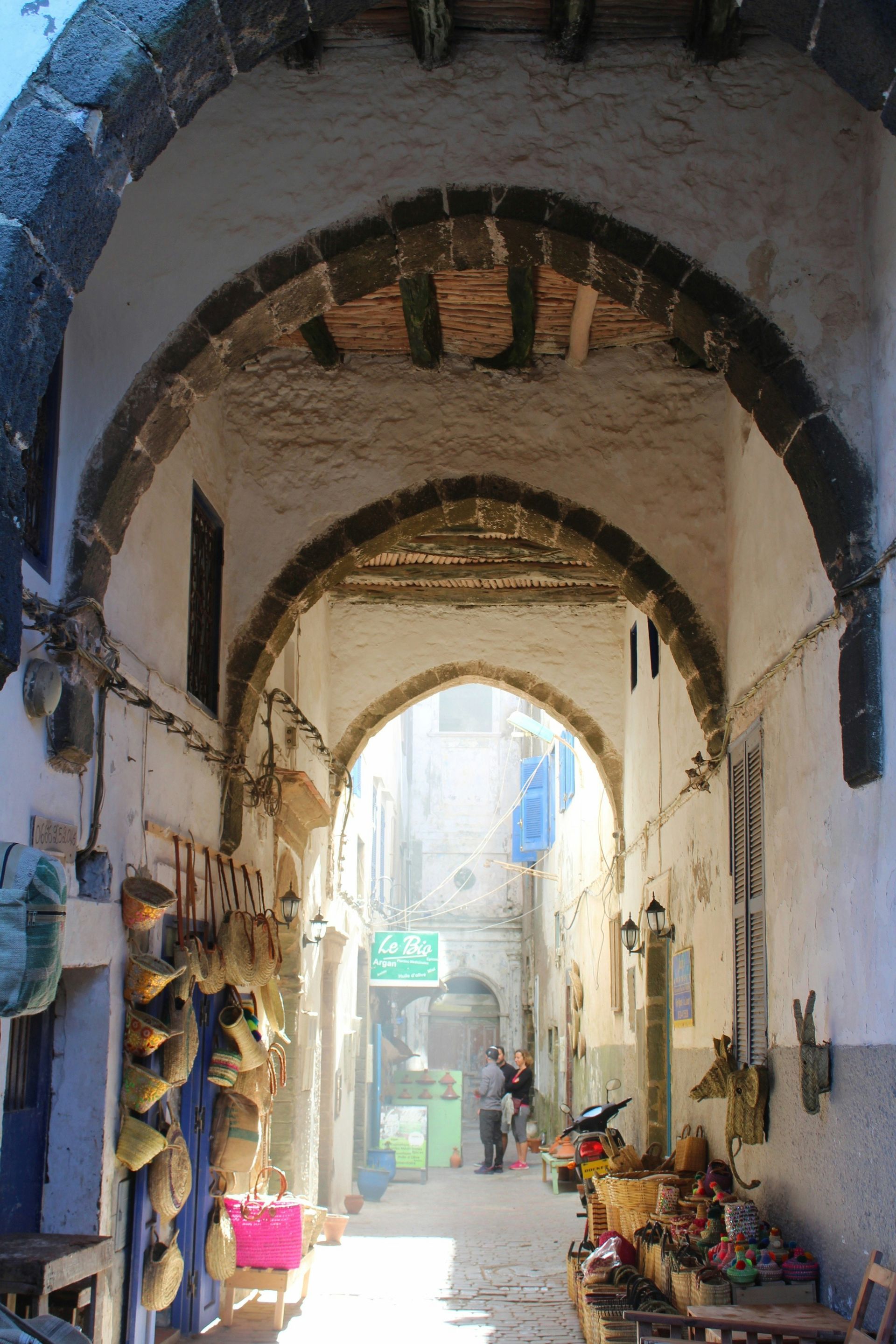
Slide title
Essaouira
Button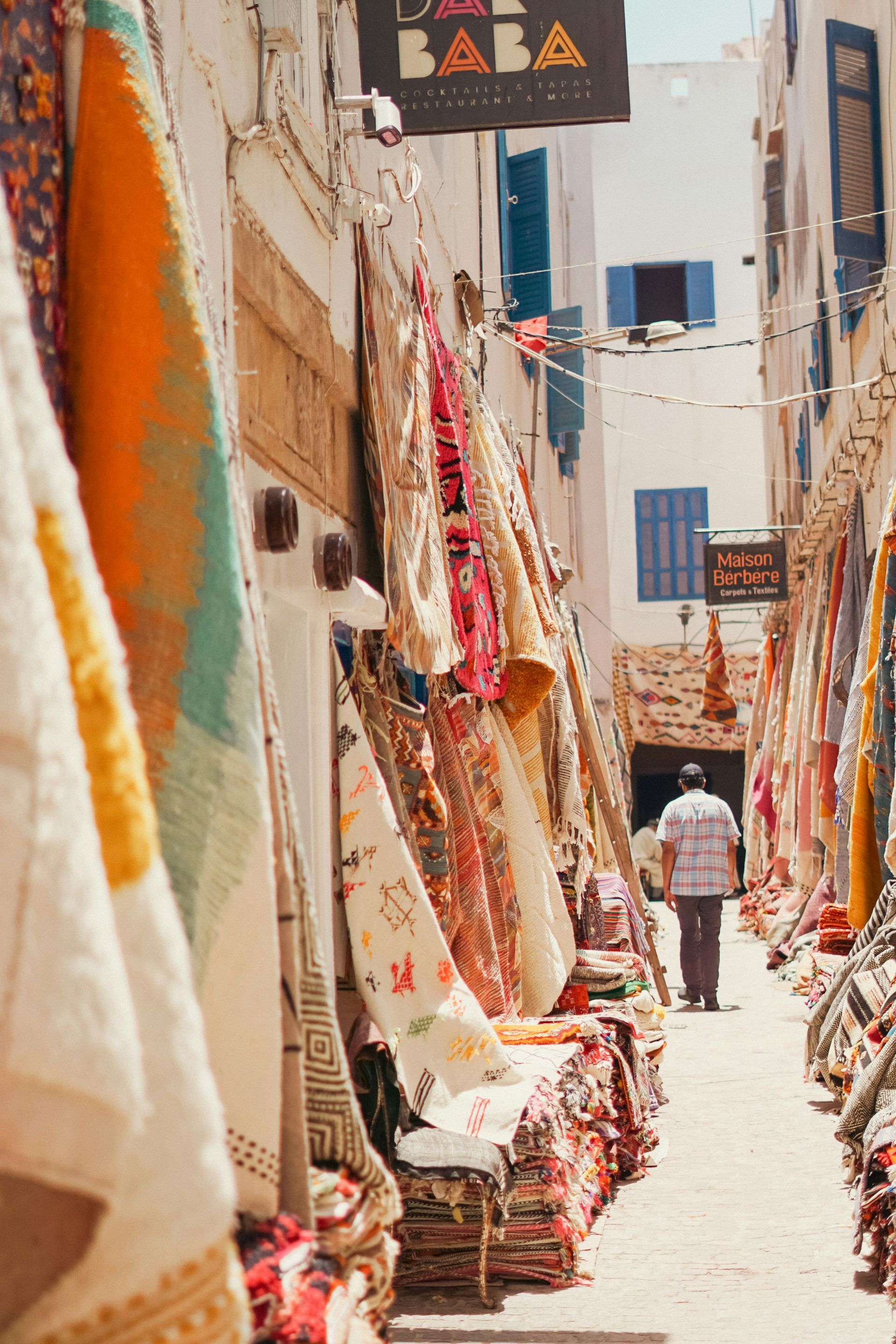
Slide title
Essaouira
Button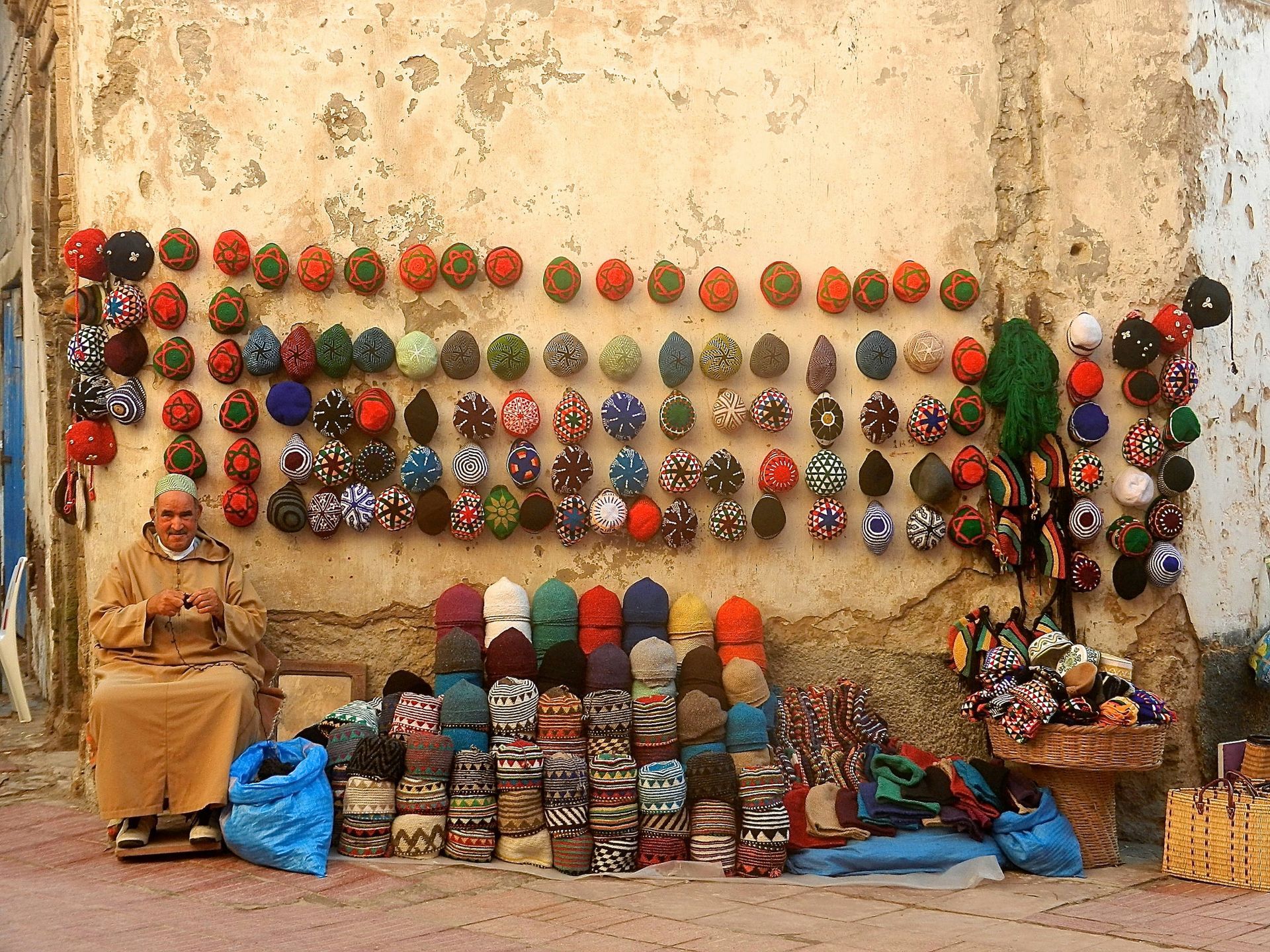
Slide title
Essaouira
Button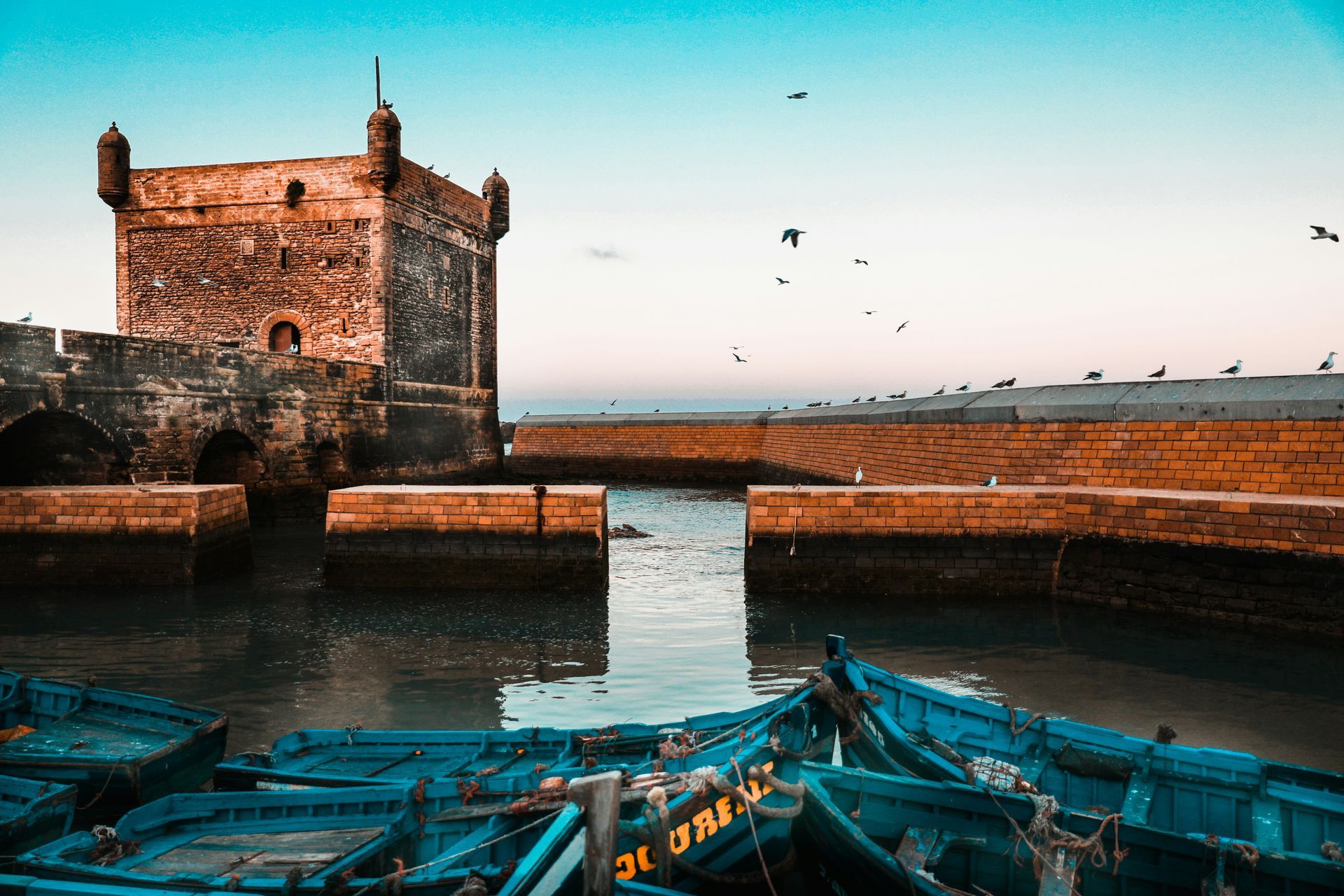
Slide title
Essaouira
Button
Slide title
Essaouira
Button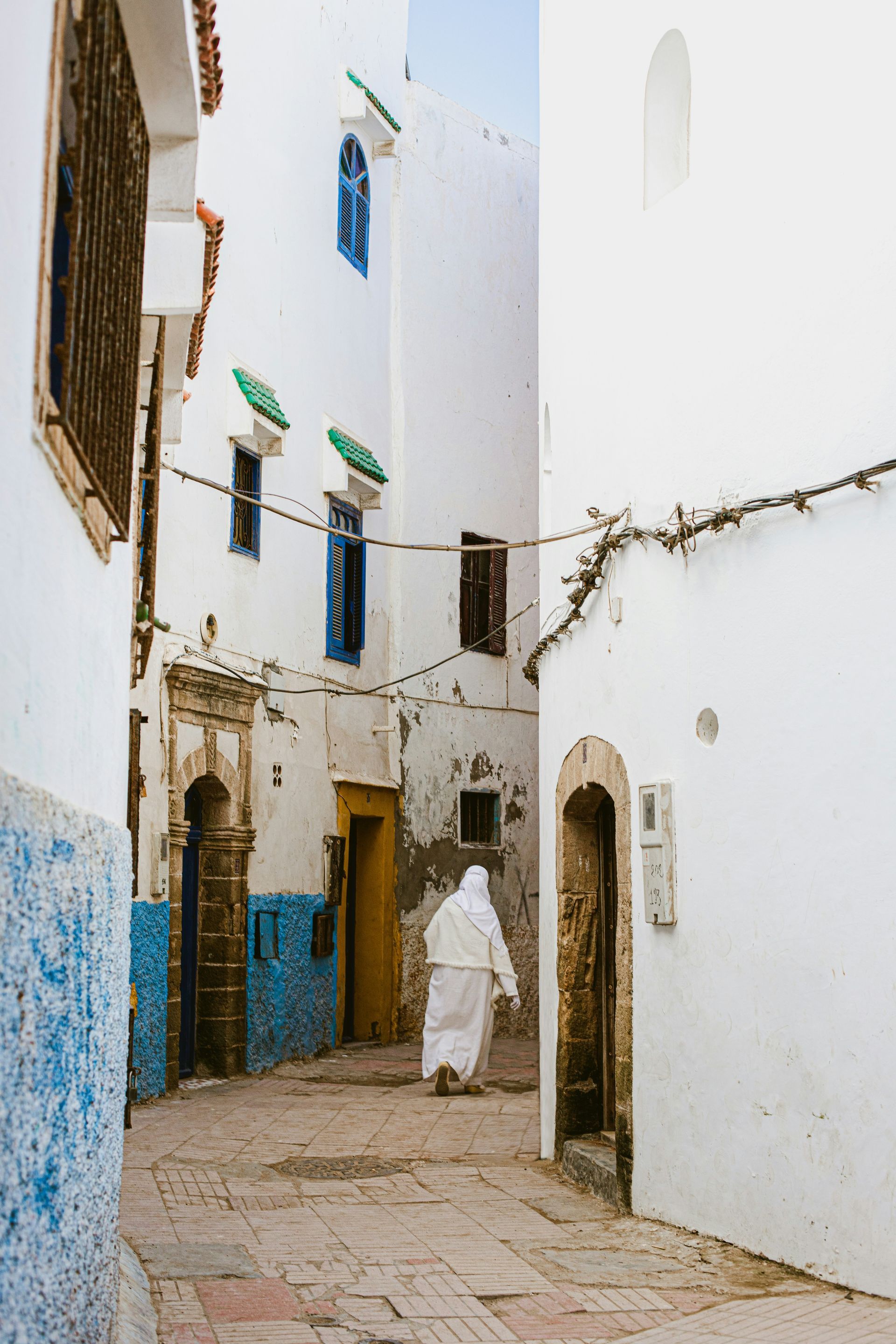
Slide title
Essaouira
Button
Featured Destinations

Slide title
Marrakesh
Button
Slide title
Marrakesh
Button
Slide title
Marrakesh
Button
Slide title
Marrakesh
Button
Slide title
Marrakesh
Button
Slide title
Marrakesh
Button
Slide title
Marrakesh
Button
Slide title
Marrakesh
Button
Slide title
Marrakesh
Button
Slide title
Marrakesh
Button
Slide title
Marrakesh
Button
Slide title
Marrakesh
Button
Slide title
Marrakesh
Button
Slide title
Marrakesh
Button
Slide title
Marrakesh
Button
Slide title
Marrakesh
Button
Slide title
Marrakesh
Button

Slide title
Fes
Button
Slide title
Fes
Button
Slide title
Fes
Button
Slide title
Fes
Button
Slide title
Fes
Button
Slide title
Fes
Button
Slide title
Fes
Button
Slide title
Fes
Button
Slide title
Fes
Button
Slide title
Fes
Button

Slide title
Erg Chebbi
Button
Slide title
Erg Chebbi
Button
Slide title
Erg Chebbi
Button
Slide title
Erg Chebbi
Button
Slide title
Erg Chebbi
Button
Slide title
Erg Chebbi
Button
Slide title
Erg Chebbi
Button
Slide title
Erg Chebbi
Button
Slide title
Erg Chebbi
Button

Slide title
Chefchaouen
Button
Slide title
Chefchaouen
Button
Slide title
Chefchaouen
Button
Slide title
Chefchaouen
Button
Slide title
Chefchaouen
Button
Slide title
Chefchaouen
Button
Slide title
Chefchaouen
Button
Slide title
Chefchaouen
Button

Slide title
Ouarzazate
Button
Slide title
Ouarzazate
Button
Slide title
Ouarzazate
Button
Slide title
Ouarzazate
Button
Slide title
Ouarzazate
Button
Slide title
Ouarzazate
Button
Slide title
Ouarzazate
Button
Slide title
Ouarzazate
Button
Slide title
Ouarzazate
Button

Slide title
Taghazout
Button
Slide title
Taghazout
Button
Slide title
Taghazout
Button
Slide title
Taghazout
Button
Slide title
Taghazout
Button
Slide title
Taghazout
Button
Slide title
Taghazout
Button
Slide title
Taghazout
Button
Slide title
Taghazout
Button
Slide title
Taghazout
Button
Slide title
Taghazout
Button
Slide title
Taghazout
Button
Slide title
Taghazout
Button
Slide title
Taghazout
Button
Slide title
Taghazout
Button

Slide title
Toubkal
Button
Slide title
Toubkal
Button
Slide title
Toubkal
Button
Slide title
Toubkal
Button
Slide title
Toubkal
Button
Slide title
Toubkal
Button

Slide title
Essaouira
Button
Slide title
Essaouira
Button
Slide title
Essaouira
Button
Slide title
Essaouira
Button
Slide title
Essaouira
Button
Slide title
Essaouira
Button
Slide title
Essaouira
Button
Slide title
Essaouira
Button
Slide title
Essaouira
Button
Slide title
Essaouira
Button
Slide title
Essaouira
Button
Slide title
Essaouira
Button
Slide title
Essaouira
Button
Slide title
Essaouira
Button
The Moroccan Culture
Moroccan culture is a rich blend of Arab, Berber, African, and European influences, shaped by centuries of trade, migration, and tradition. From the call to prayer echoing through ancient medinas to the lively rhythms of Gnawa music and the daily rituals of mint tea, the culture is deeply rooted in community, hospitality, and spirituality. Storytelling, craftsmanship, and culinary heritage play a central role in everyday life, while respect for elders, family ties, and religious observance remain core values. Whether expressed through colorful festivals or intricate art, Morocco’s culture is both deeply traditional and vibrantly alive.
Blend of Influences
Morocco's identity is shaped by a unique blend of cultural influences that have evolved over centuries. Arab, Berber (Amazigh), Andalusian, African, and European elements come together to form a vibrant and layered heritage. This fusion is visible in everything from the country’s languages and architecture to its music, cuisine, and clothing. Mosques with intricate Moorish designs stand beside French colonial buildings, while Berber traditions are celebrated alongside Arab customs. This cultural mosaic gives Morocco its distinctive character—a place where ancient legacies and global connections coexist in harmony.
Honor
In Moroccan culture, honor holds a central place in both personal and social life. It is closely tied to family reputation, respect for elders, and community standing. Actions are often guided by a strong sense of duty to uphold dignity and avoid shame, not only for oneself but also for one’s family and tribe. This emphasis on honor influences behavior, hospitality, and conflict resolution, fostering deep bonds and mutual respect within society. Maintaining honor is seen as essential to preserving harmony and trust in Moroccan communities.
Cuisine
Moroccan cuisine is a flavorful tapestry of spices, fresh ingredients, and time-honored recipes passed down through generations. Dishes showcase the art of slow cooking with aromatic spices such as cumin, cinnamon, saffron, and preserved lemons. Meals are often communal, emphasizing hospitality and connection. Sweet and savory flavors come together in every bite, making Moroccan food a vibrant reflection of the country’s diverse culture and warm spirit.
The Moroccan Culture
Moroccan culture is a rich blend of Arab, Berber, African, and European influences, shaped by centuries of trade, migration, and tradition. From the call to prayer echoing through ancient medinas to the lively rhythms of Gnawa music and the daily rituals of mint tea, the culture is deeply rooted in community, hospitality, and spirituality. Storytelling, craftsmanship, and culinary heritage play a central role in everyday life, while respect for elders, family ties, and religious observance remain core values. Whether expressed through colorful festivals or intricate art, Morocco’s culture is both deeply traditional and vibrantly alive.
Blend of Influences
Morocco's identity is shaped by a unique blend of cultural influences that have evolved over centuries. Arab, Berber (Amazigh), Andalusian, African, and European elements come together to form a vibrant and layered heritage. This fusion is visible in everything from the country’s languages and architecture to its music, cuisine, and clothing. Mosques with intricate Moorish designs stand beside French colonial buildings, while Berber traditions are celebrated alongside Arab customs. This cultural mosaic gives Morocco its distinctive character—a place where ancient legacies and global connections coexist in harmony.
Honor
In Moroccan culture, honor holds a central place in both personal and social life. It is closely tied to family reputation, respect for elders, and community standing. Actions are often guided by a strong sense of duty to uphold dignity and avoid shame, not only for oneself but also for one’s family and tribe. This emphasis on honor influences behavior, hospitality, and conflict resolution, fostering deep bonds and mutual respect within society. Maintaining honor is seen as essential to preserving harmony and trust in Moroccan communities.
Cuisine
Moroccan cuisine is a flavorful tapestry of spices, fresh ingredients, and time-honored recipes passed down through generations. Dishes showcase the art of slow cooking with aromatic spices such as cumin, cinnamon, saffron, and preserved lemons. Meals are often communal, emphasizing hospitality and connection. Sweet and savory flavors come together in every bite, making Moroccan food a vibrant reflection of the country’s diverse culture and warm spirit.
The Moroccan Culture
Moroccan culture is a rich blend of Arab, Berber, African, and European influences, shaped by centuries of trade, migration, and tradition. From the call to prayer echoing through ancient medinas to the lively rhythms of Gnawa music and the daily rituals of mint tea, the culture is deeply rooted in community, hospitality, and spirituality. Storytelling, craftsmanship, and culinary heritage play a central role in everyday life, while respect for elders, family ties, and religious observance remain core values. Whether expressed through colorful festivals or intricate art, Morocco’s culture is both deeply traditional and vibrantly alive.
Blend of Influences
Morocco's identity is shaped by a unique blend of cultural influences that have evolved over centuries. Arab, Berber (Amazigh), Andalusian, African, and European elements come together to form a vibrant and layered heritage. This fusion is visible in everything from the country’s languages and architecture to its music, cuisine, and clothing. Mosques with intricate Moorish designs stand beside French colonial buildings, while Berber traditions are celebrated alongside Arab customs. This cultural mosaic gives Morocco its distinctive character—a place where ancient legacies and global connections coexist in harmony.
Honor
In Moroccan culture, honor holds a central place in both personal and social life. It is closely tied to family reputation, respect for elders, and community standing. Actions are often guided by a strong sense of duty to uphold dignity and avoid shame, not only for oneself but also for one’s family and tribe. This emphasis on honor influences behavior, hospitality, and conflict resolution, fostering deep bonds and mutual respect within society. Maintaining honor is seen as essential to preserving harmony and trust in Moroccan communities.
Cuisine
Moroccan cuisine is a flavorful tapestry of spices, fresh ingredients, and time-honored recipes passed down through generations. Dishes showcase the art of slow cooking with aromatic spices such as cumin, cinnamon, saffron, and preserved lemons. Meals are often communal, emphasizing hospitality and connection. Sweet and savory flavors come together in every bite, making Moroccan food a vibrant reflection of the country’s diverse culture and warm spirit.
History of the Riads
Riads are traditional Moroccan homes designed around a central courtyard or garden, often featuring fountains, intricate tilework, and serene open-air spaces. Their origins date back to the Islamic Golden Age, when wealthy families and merchants in cities like Marrakech and Fez built these inward-facing homes to ensure privacy and protection from the heat. Influenced by Islamic, Andalusian, and Berber architecture, riads were designed to be peaceful sanctuaries, with ornate details that reflect Morocco’s artistic heritage. Today, many riads have been restored into boutique hotels, allowing travelers to experience their timeless beauty and cultural significance firsthand.
History of the Riads
Riads are traditional Moroccan homes designed around a central courtyard or garden, often featuring fountains, intricate tilework, and serene open-air spaces. Their origins date back to the Islamic Golden Age, when wealthy families and merchants in cities like Marrakech and Fez built these inward-facing homes to ensure privacy and protection from the heat. Influenced by Islamic, Andalusian, and Berber architecture, riads were designed to be peaceful sanctuaries, with ornate details that reflect Morocco’s artistic heritage. Today, many riads have been restored into boutique hotels, allowing travelers to experience their timeless beauty and cultural significance firsthand.
Traditional Dishes
-
Tagine
Tagine is a flavorful Moroccan stew named after the cone-shaped clay pot in which it’s traditionally cooked. Slow-simmered to perfection, it typically features tender meat—such as lamb, chicken, or beef—combined with a mix of spices, dried fruits, vegetables, and olives. The unique shape of the tagine pot allows steam to circulate, infusing the dish with rich, layered flavors. Served with warm bread or couscous, tagine is a comforting and aromatic staple of Moroccan cuisine that reflects the country’s deep culinary heritage.
-
Couscous
Couscous is a staple of Moroccan cuisine made from tiny steamed granules of semolina wheat. Light and fluffy in texture, it serves as the base for a variety of dishes and is often topped with slow-cooked meats, vegetables, and a fragrant broth infused with spices like cumin, coriander, and saffron. Traditionally prepared for family gatherings and special occasions, couscous is more than just a meal—it’s a symbol of hospitality and togetherness in Moroccan culture. Served with a side of broth or sweet raisins or caramelized onions, it’s both comforting and full of flavor.
-
Maakouda
Maakouda is a popular Moroccan street food made from mashed potatoes mixed with spices, herbs, and sometimes eggs, then shaped into small patties and deep-fried until golden and crispy. Soft on the inside and crunchy on the outside, these savory fritters are often served as a snack, sandwich filling, or appetizer. Commonly enjoyed with harissa or tucked into warm bread, maakouda is a comforting and flavorful bite that showcases the simple, hearty side of Moroccan cuisine.
-
B’stilla
B’stilla, also known as pastilla, is a savory-sweet Moroccan pie that blends rich flavors and delicate textures. Traditionally made with shredded spiced poultry—often pigeon or chicken—it’s layered with almonds, eggs, and aromatic spices like cinnamon and saffron, all wrapped in thin, flaky warqa pastry. Once baked to golden perfection, it’s dusted with powdered sugar and cinnamon, creating a unique combination of sweet and savory in every bite. Often served at special occasions and celebrations.
-
Harira
Harira is a traditional Moroccan soup known for its rich, hearty flavor and nourishing ingredients. Made with a base of tomatoes, lentils, chickpeas, and fragrant spices like cinnamon, ginger, and turmeric, it’s often enriched with lamb or beef and fresh herbs such as cilantro and parsley. Harira is especially popular during Ramadan, where it's traditionally served to break the fast, but it’s enjoyed year-round as a comforting and satisfying meal. Served hot with a slice of lemon and warm bread, harira is a beloved symbol of Moroccan home cooking.
-
Zaalouk
Zaalouk is a traditional Moroccan cooked salad made from roasted or simmered eggplant and tomatoes, blended with garlic, olive oil, and a mix of warm spices like cumin and paprika. Soft, smoky, and richly flavored, it's typically served as a dip or side dish, often accompanied by warm bread. Zaalouk is a staple in Moroccan households and a delicious example of the country’s love for bold, earthy flavors and simple, wholesome ingredients.
Traditional Dishes
-
Tagine
Tagine is a flavorful Moroccan stew named after the cone-shaped clay pot in which it’s traditionally cooked. Slow-simmered to perfection, it typically features tender meat—such as lamb, chicken, or beef—combined with a mix of spices, dried fruits, vegetables, and olives. The unique shape of the tagine pot allows steam to circulate, infusing the dish with rich, layered flavors. Served with warm bread or couscous, tagine is a comforting and aromatic staple of Moroccan cuisine that reflects the country’s deep culinary heritage.
-
Couscous
Couscous is a staple of Moroccan cuisine made from tiny steamed granules of semolina wheat. Light and fluffy in texture, it serves as the base for a variety of dishes and is often topped with slow-cooked meats, vegetables, and a fragrant broth infused with spices like cumin, coriander, and saffron. Traditionally prepared for family gatherings and special occasions, couscous is more than just a meal—it’s a symbol of hospitality and togetherness in Moroccan culture. Served with a side of broth or sweet raisins or caramelized onions, it’s both comforting and full of flavor.
-
Maakouda
Maakouda is a popular Moroccan street food made from mashed potatoes mixed with spices, herbs, and sometimes eggs, then shaped into small patties and deep-fried until golden and crispy. Soft on the inside and crunchy on the outside, these savory fritters are often served as a snack, sandwich filling, or appetizer. Commonly enjoyed with harissa or tucked into warm bread, maakouda is a comforting and flavorful bite that showcases the simple, hearty side of Moroccan cuisine.
-
B’stilla
B’stilla, also known as pastilla, is a savory-sweet Moroccan pie that blends rich flavors and delicate textures. Traditionally made with shredded spiced poultry—often pigeon or chicken—it’s layered with almonds, eggs, and aromatic spices like cinnamon and saffron, all wrapped in thin, flaky warqa pastry. Once baked to golden perfection, it’s dusted with powdered sugar and cinnamon, creating a unique combination of sweet and savory in every bite. Often served at special occasions and celebrations.
-
Harira
Harira is a traditional Moroccan soup known for its rich, hearty flavor and nourishing ingredients. Made with a base of tomatoes, lentils, chickpeas, and fragrant spices like cinnamon, ginger, and turmeric, it’s often enriched with lamb or beef and fresh herbs such as cilantro and parsley. Harira is especially popular during Ramadan, where it's traditionally served to break the fast, but it’s enjoyed year-round as a comforting and satisfying meal. Served hot with a slice of lemon and warm bread, harira is a beloved symbol of Moroccan home cooking.
-
Zaalouk
Zaalouk is a traditional Moroccan cooked salad made from roasted or simmered eggplant and tomatoes, blended with garlic, olive oil, and a mix of warm spices like cumin and paprika. Soft, smoky, and richly flavored, it's typically served as a dip or side dish, often accompanied by warm bread. Zaalouk is a staple in Moroccan households and a delicious example of the country’s love for bold, earthy flavors and simple, wholesome ingredients.
Love this destination?
Have Viking Travel book your next getaway!


